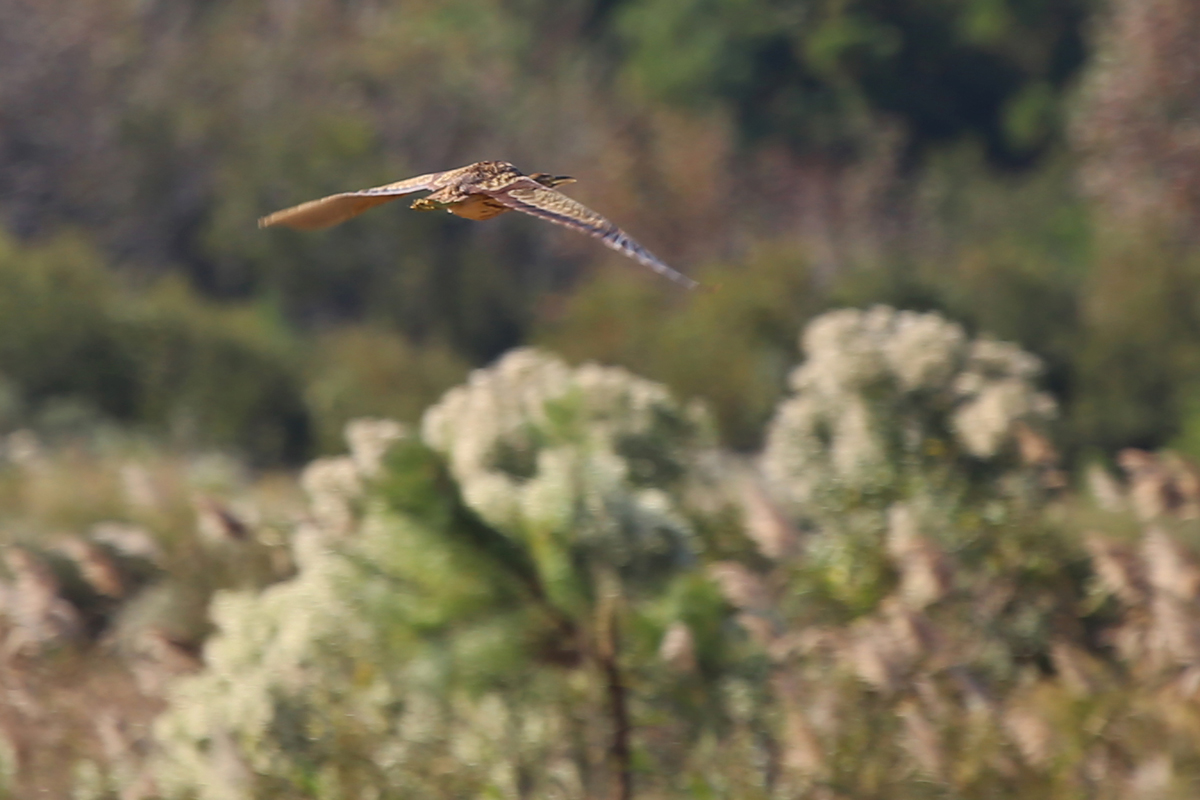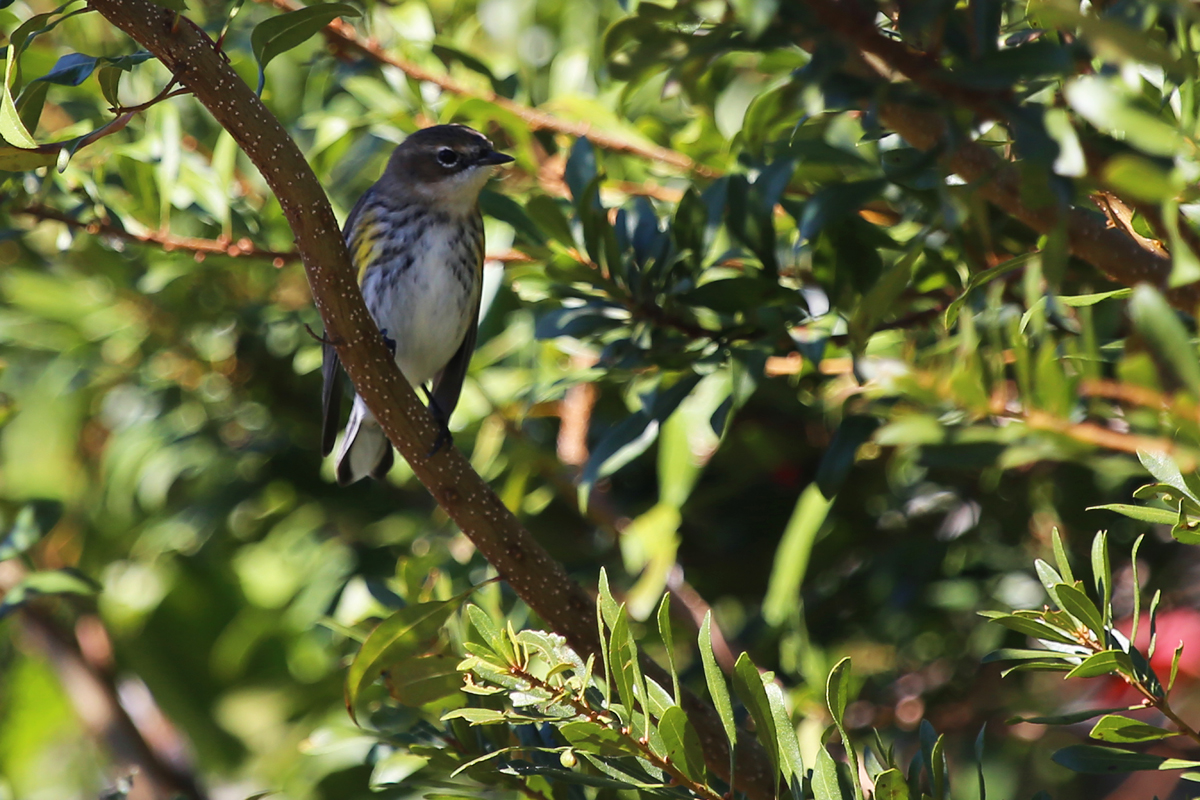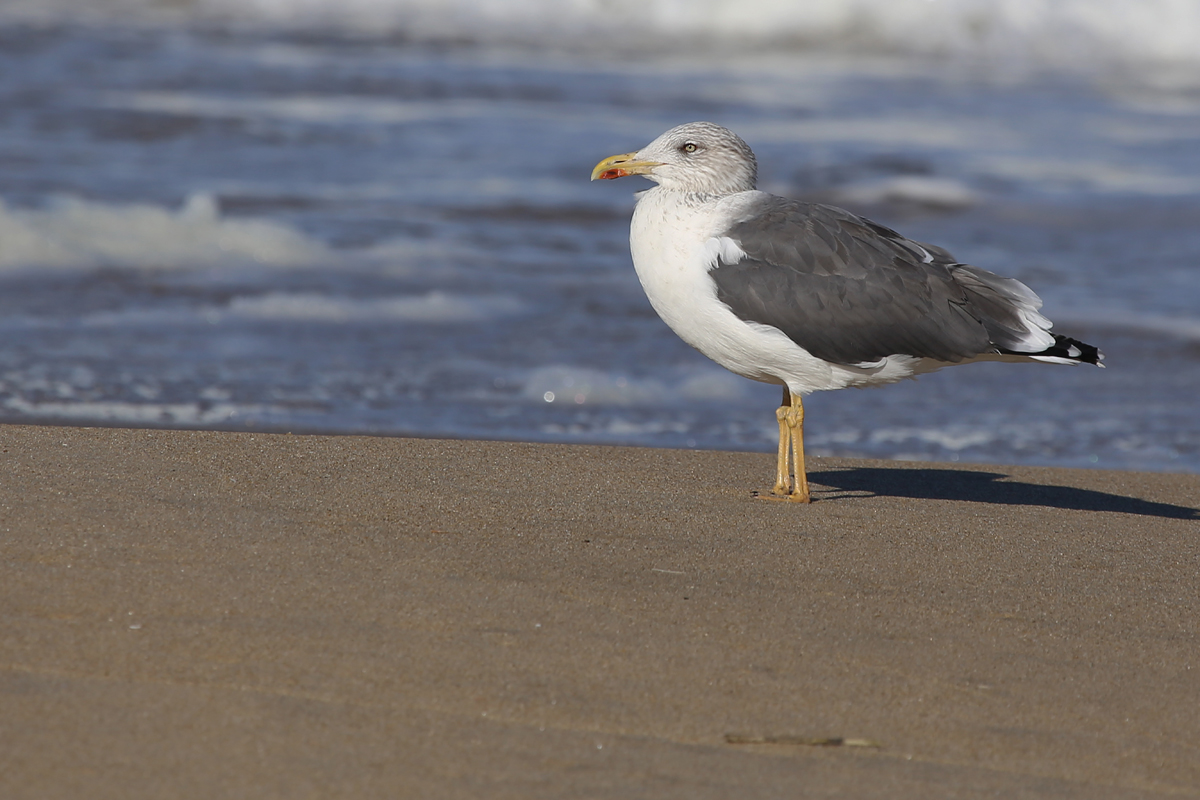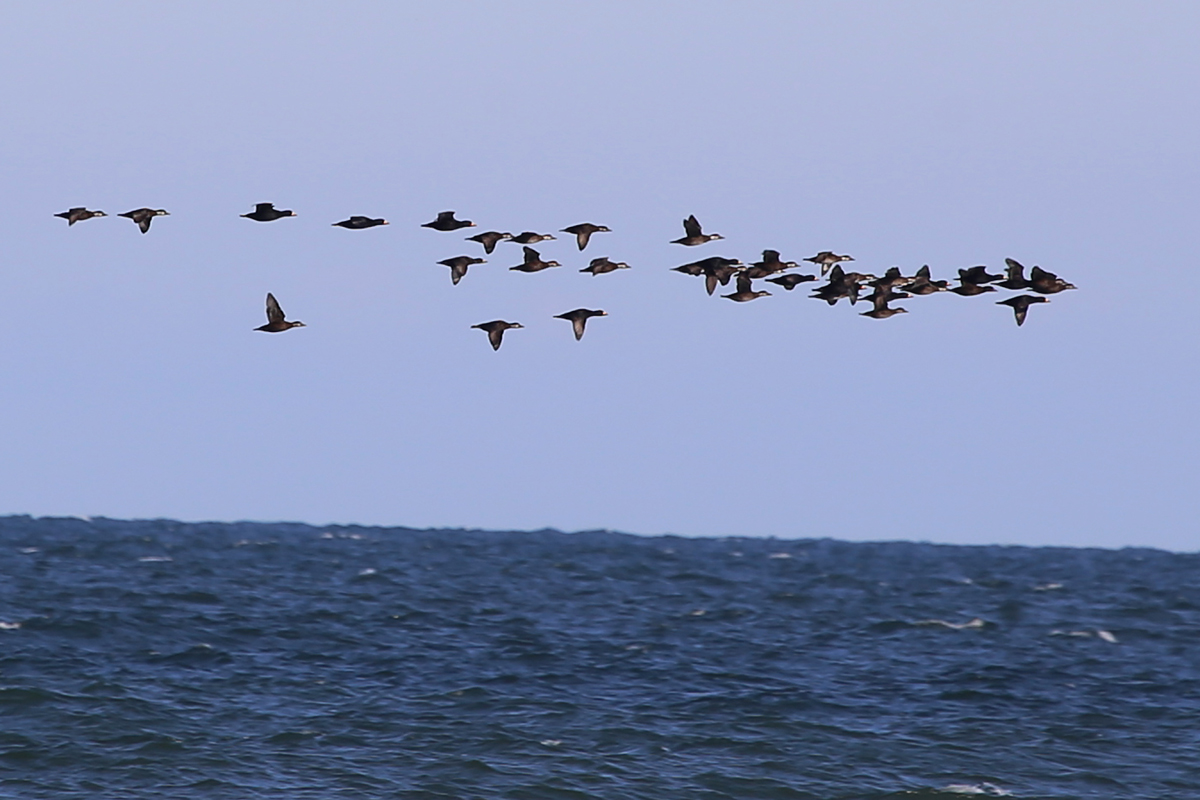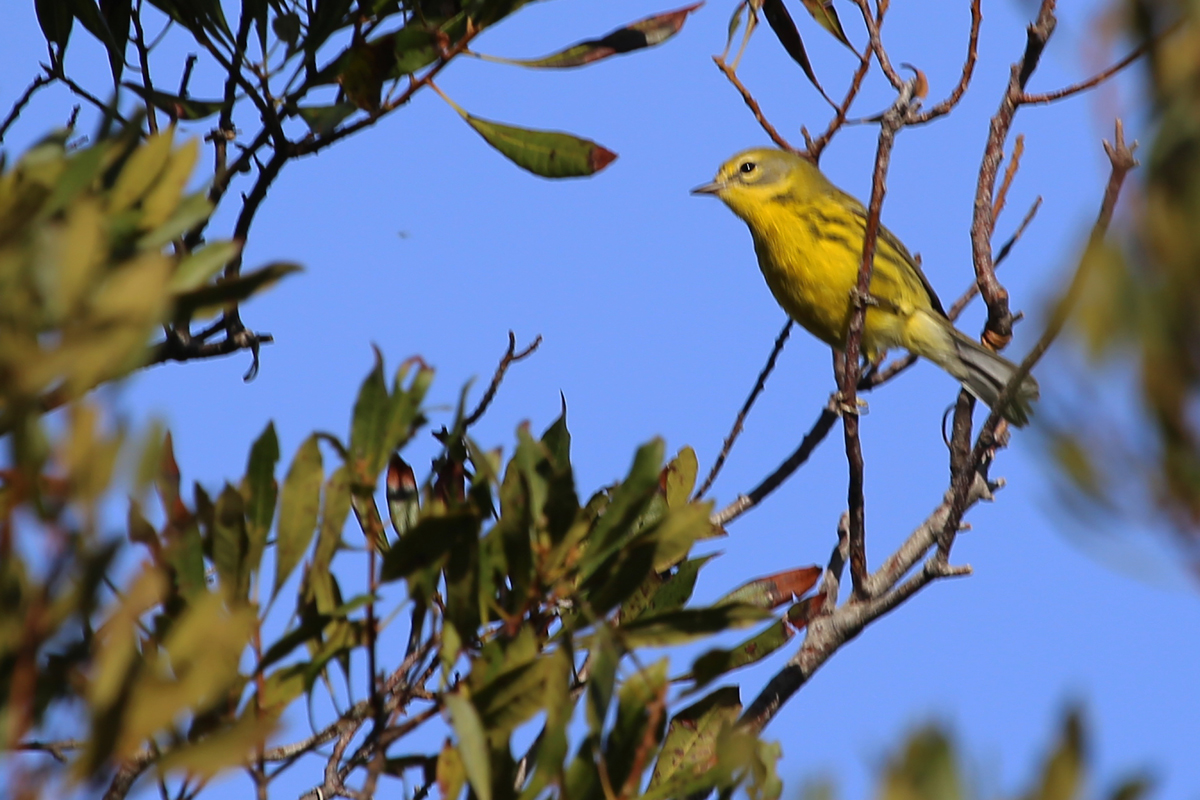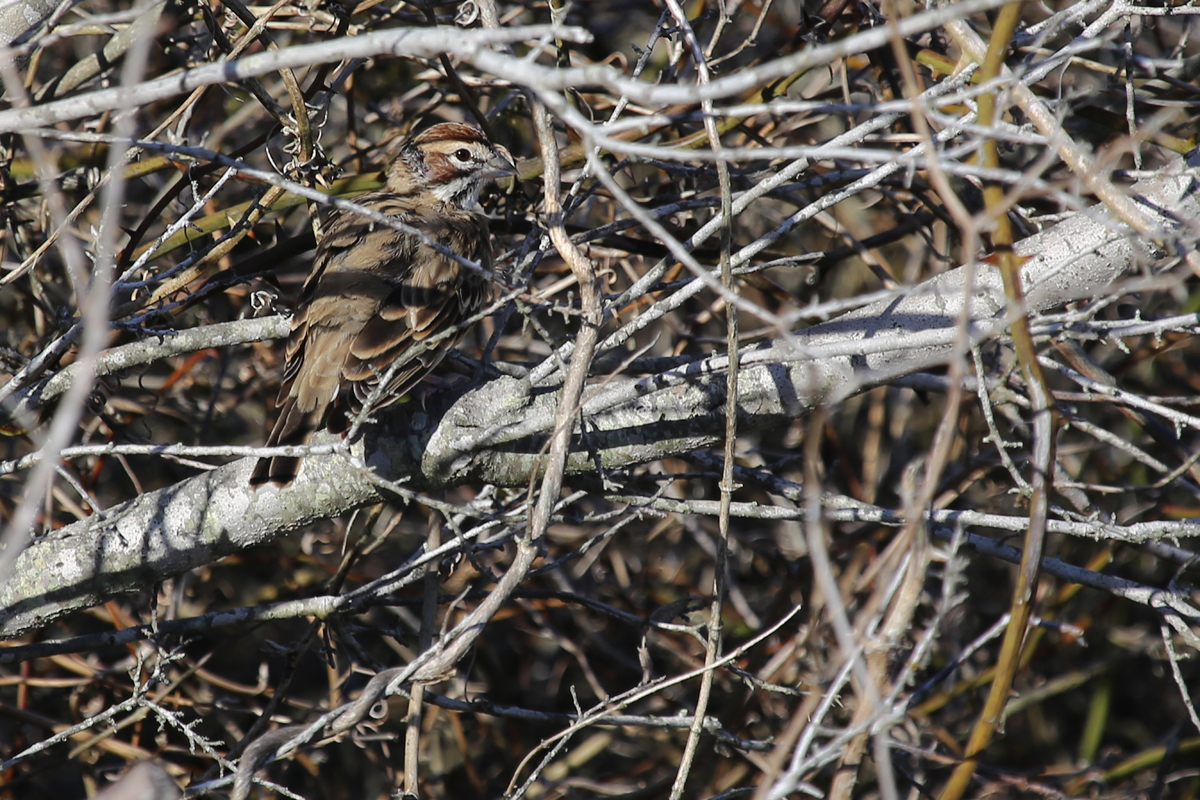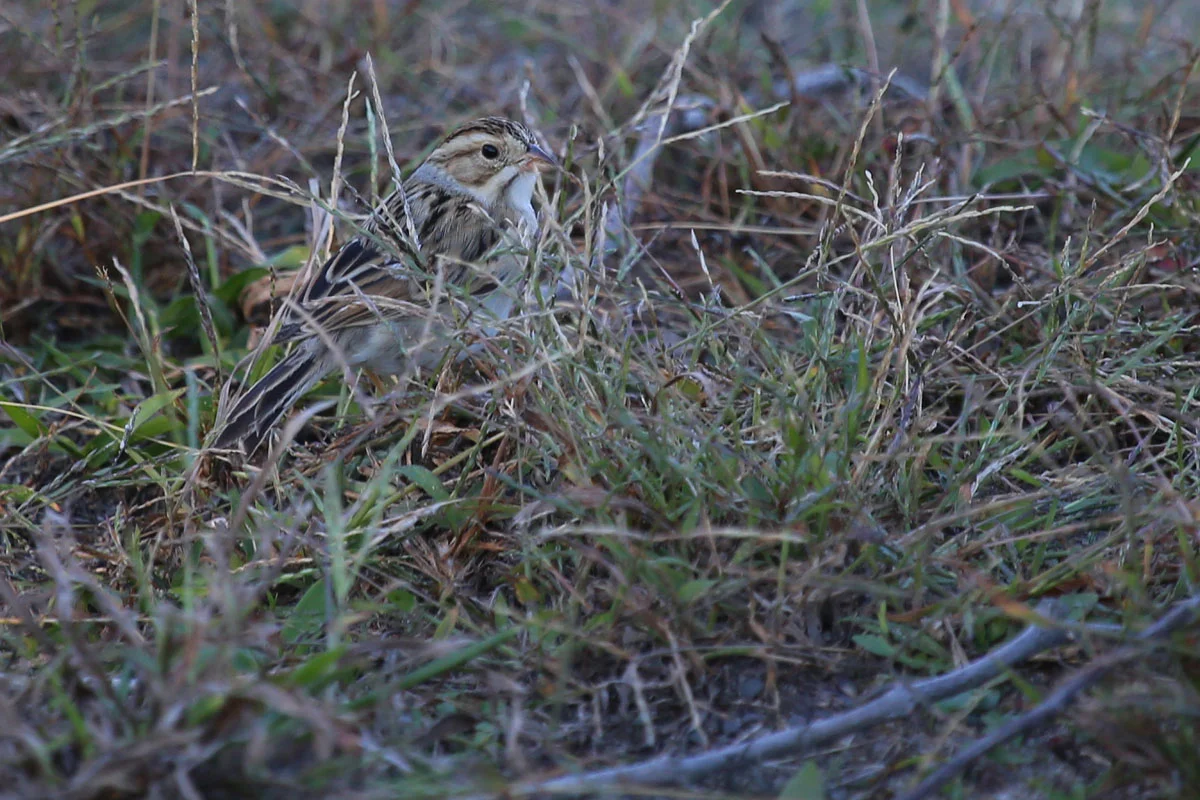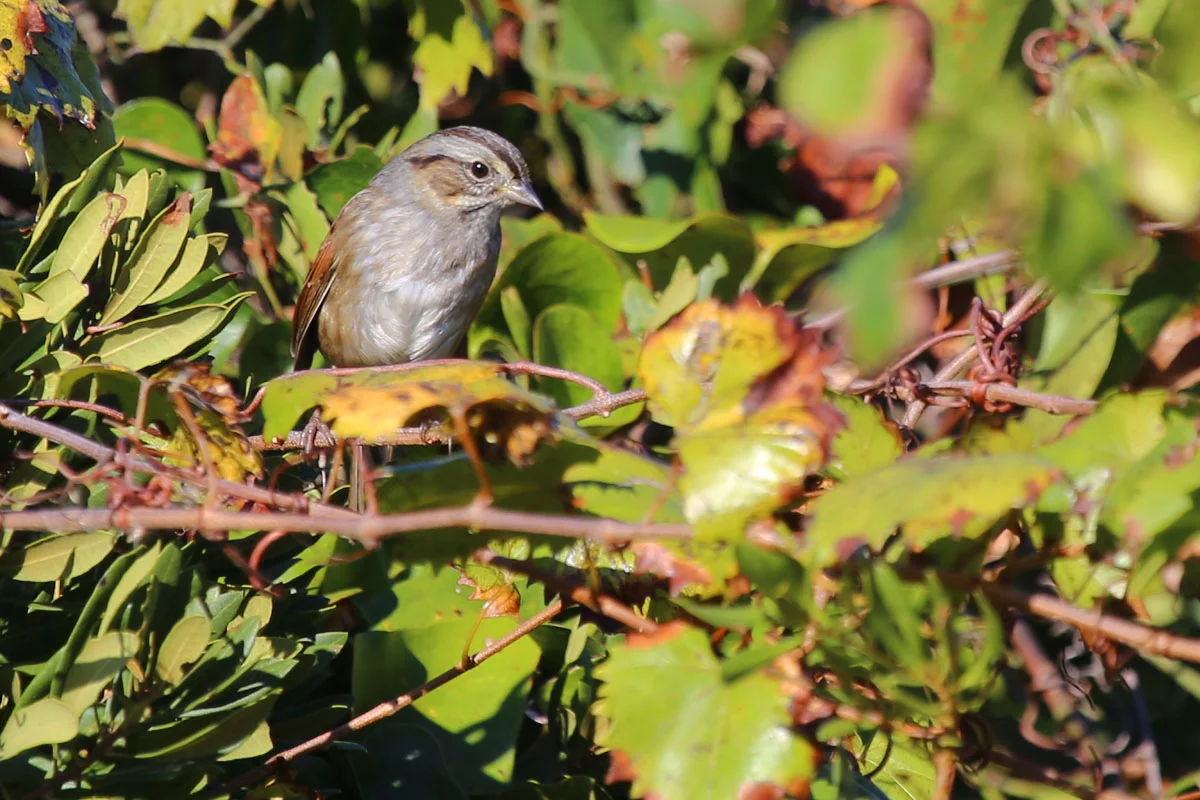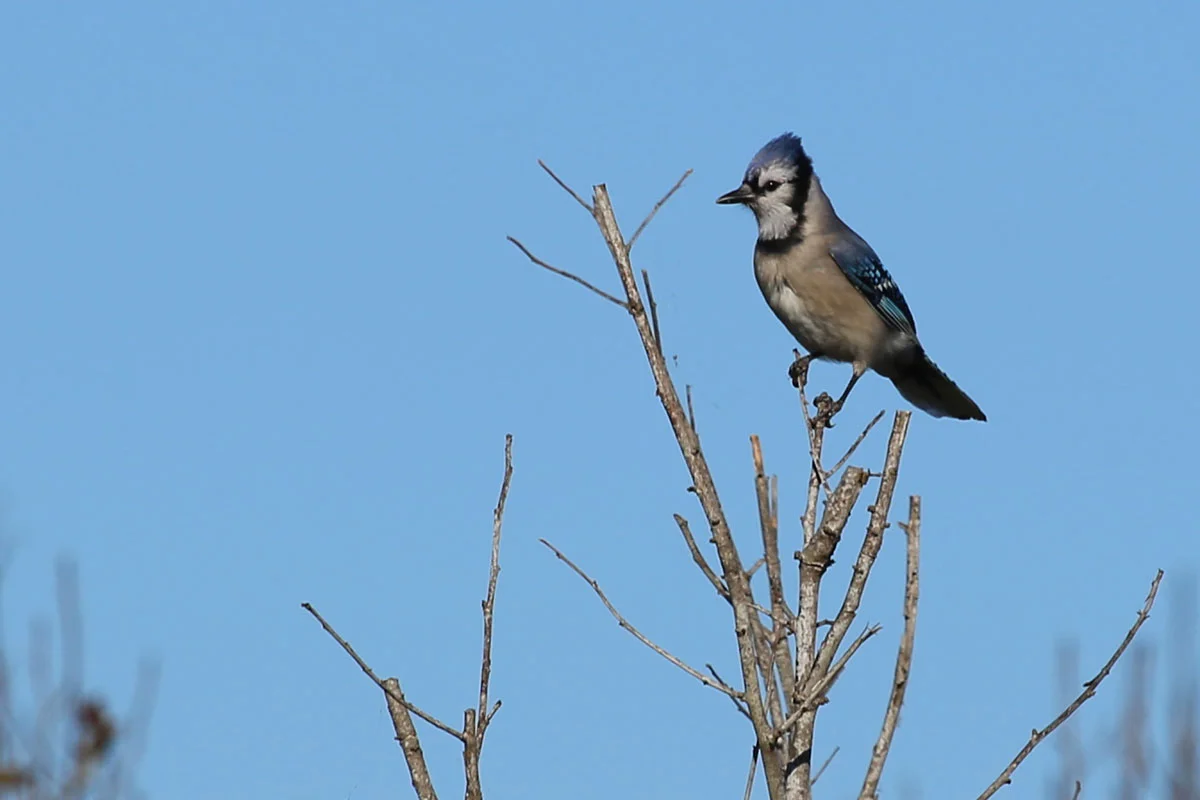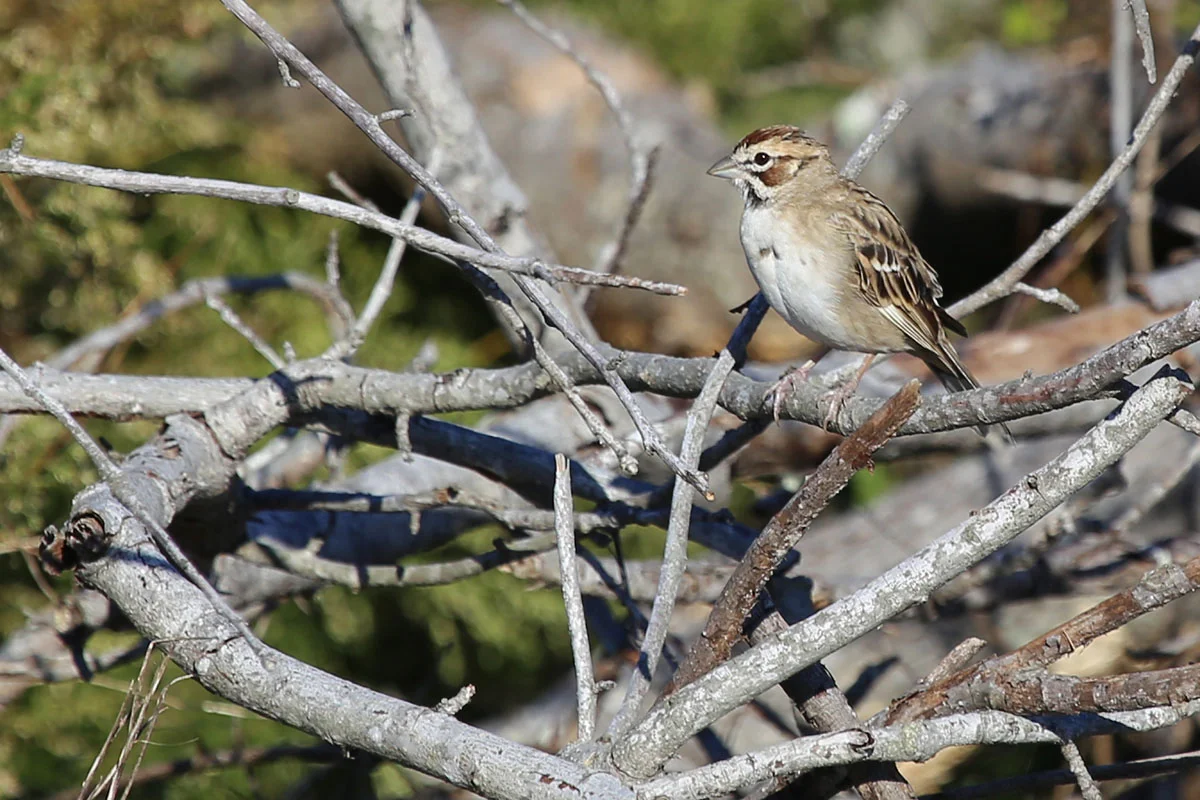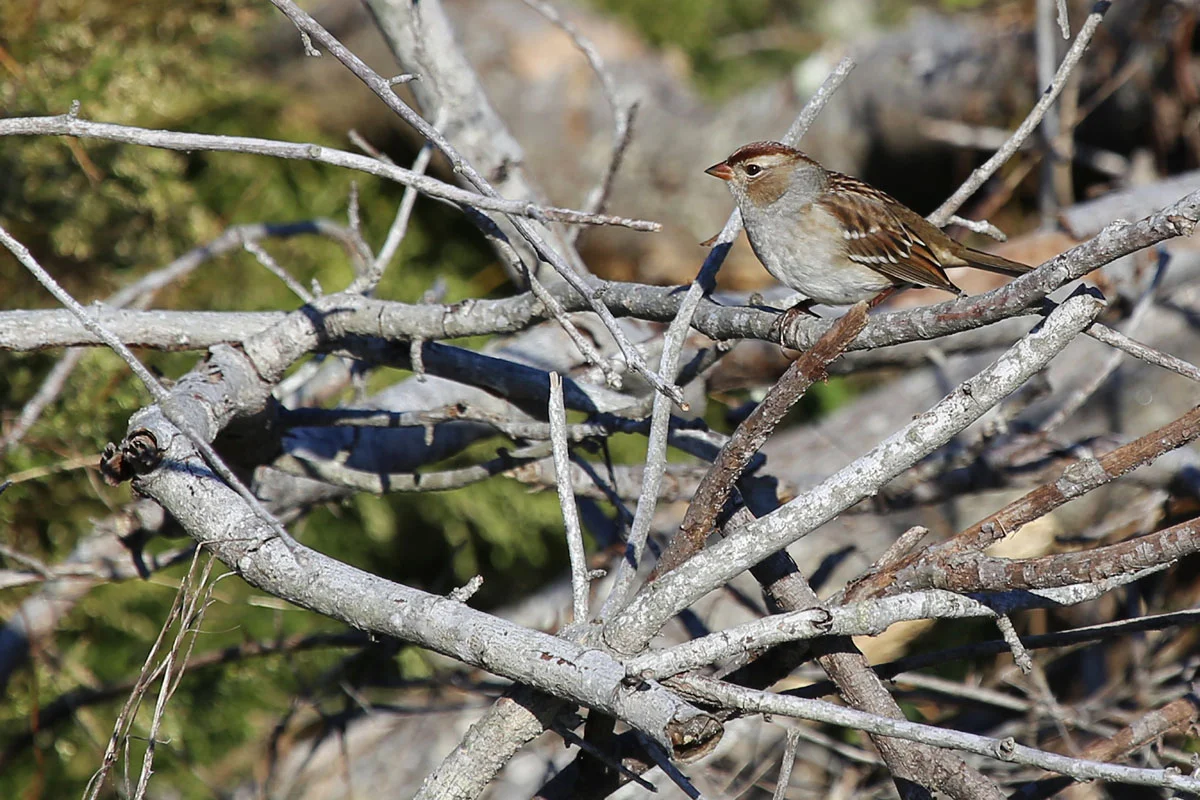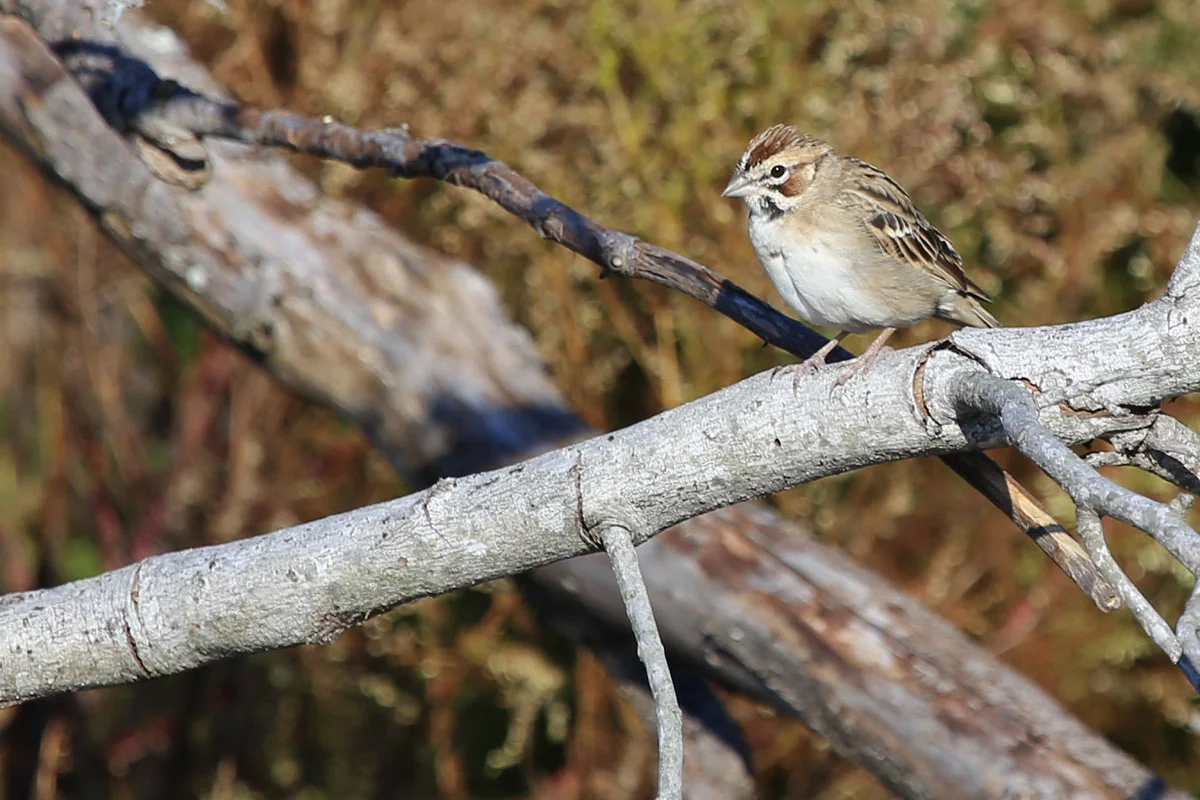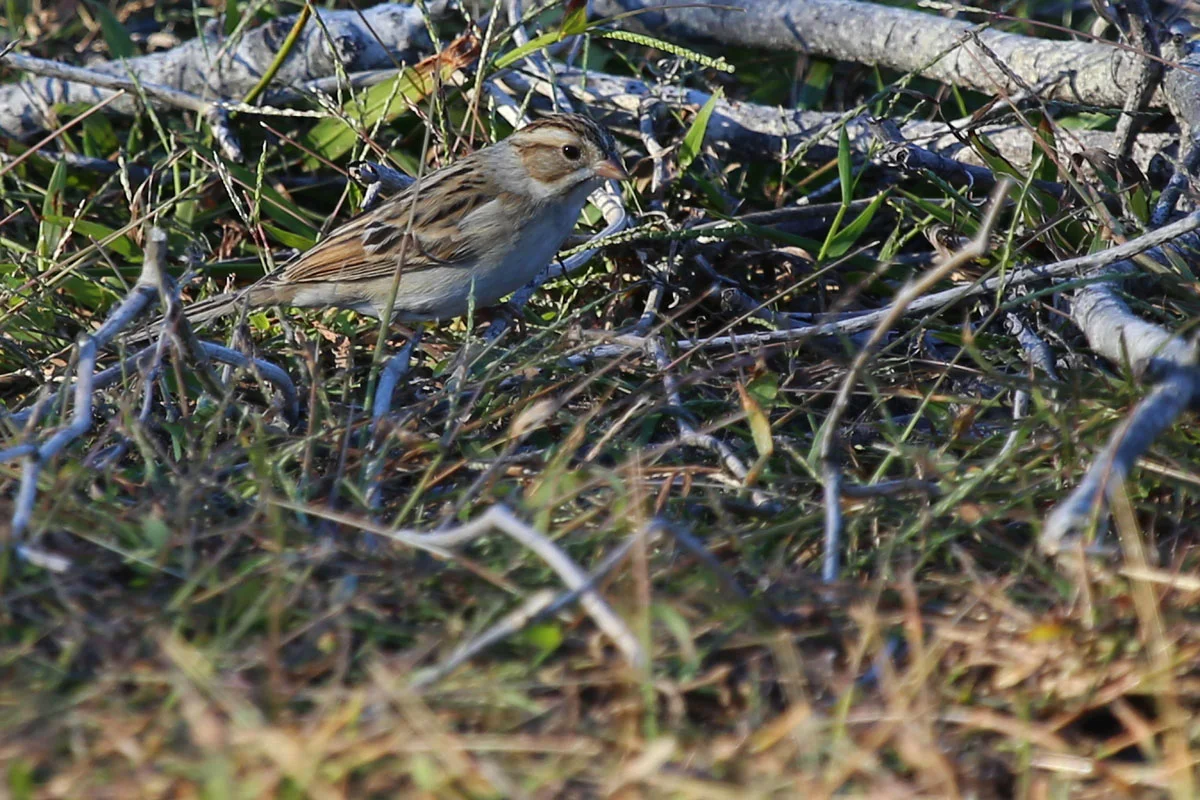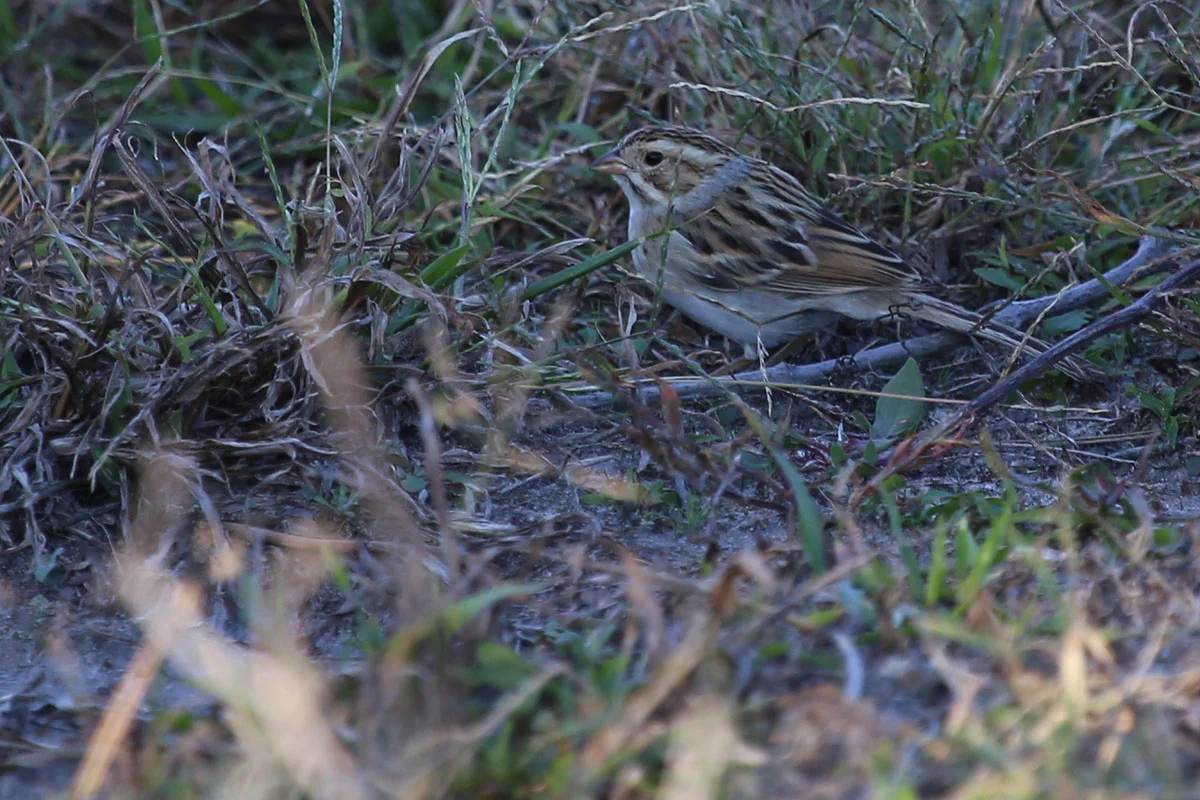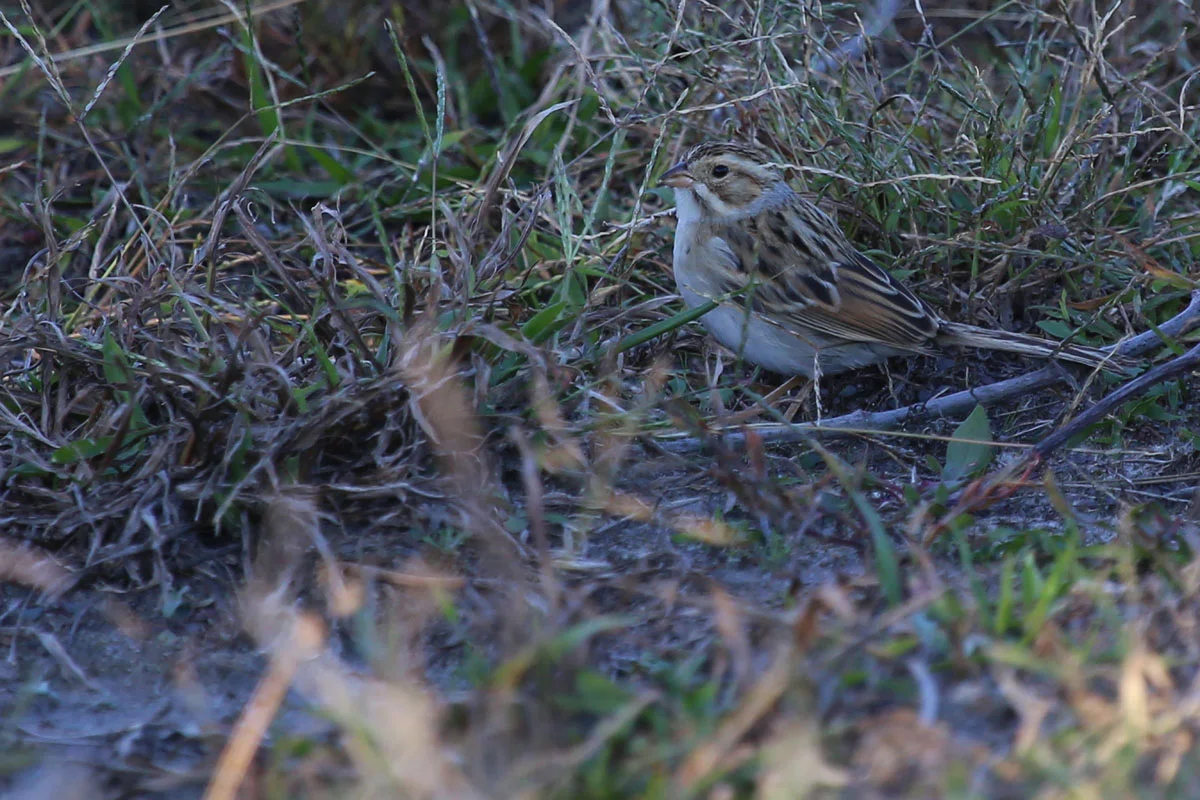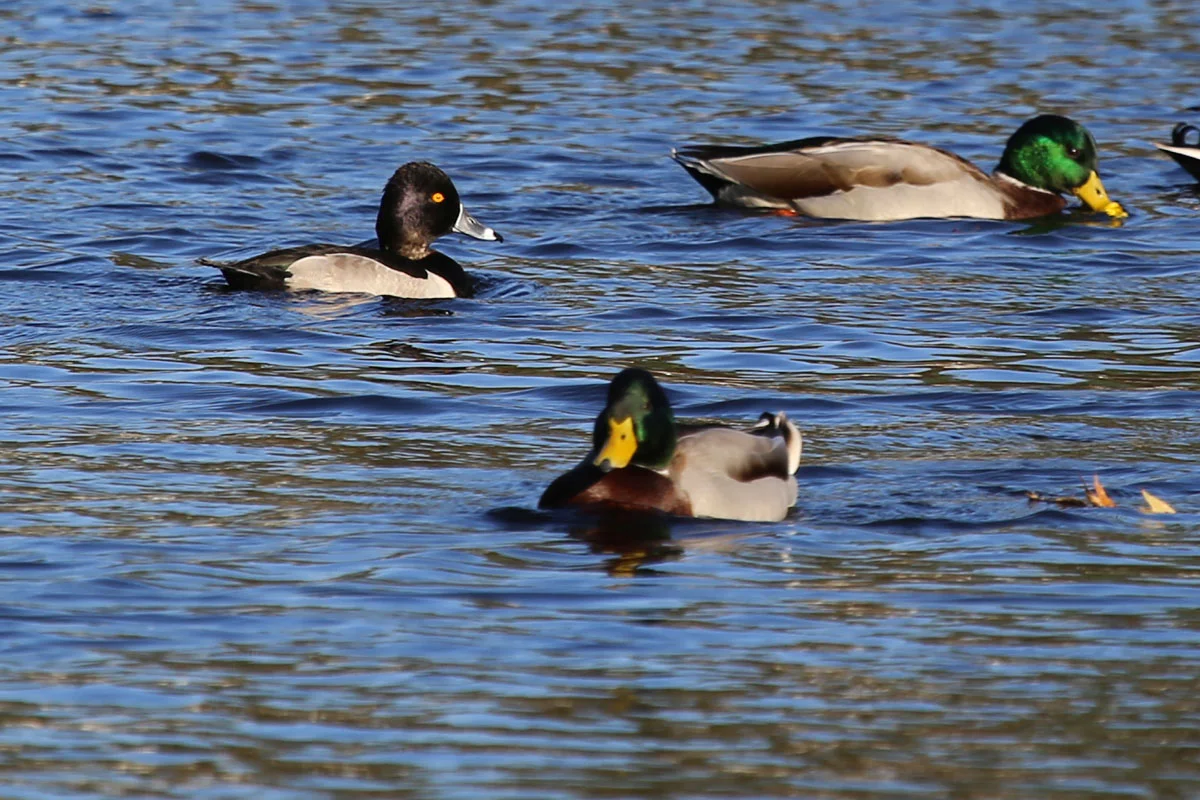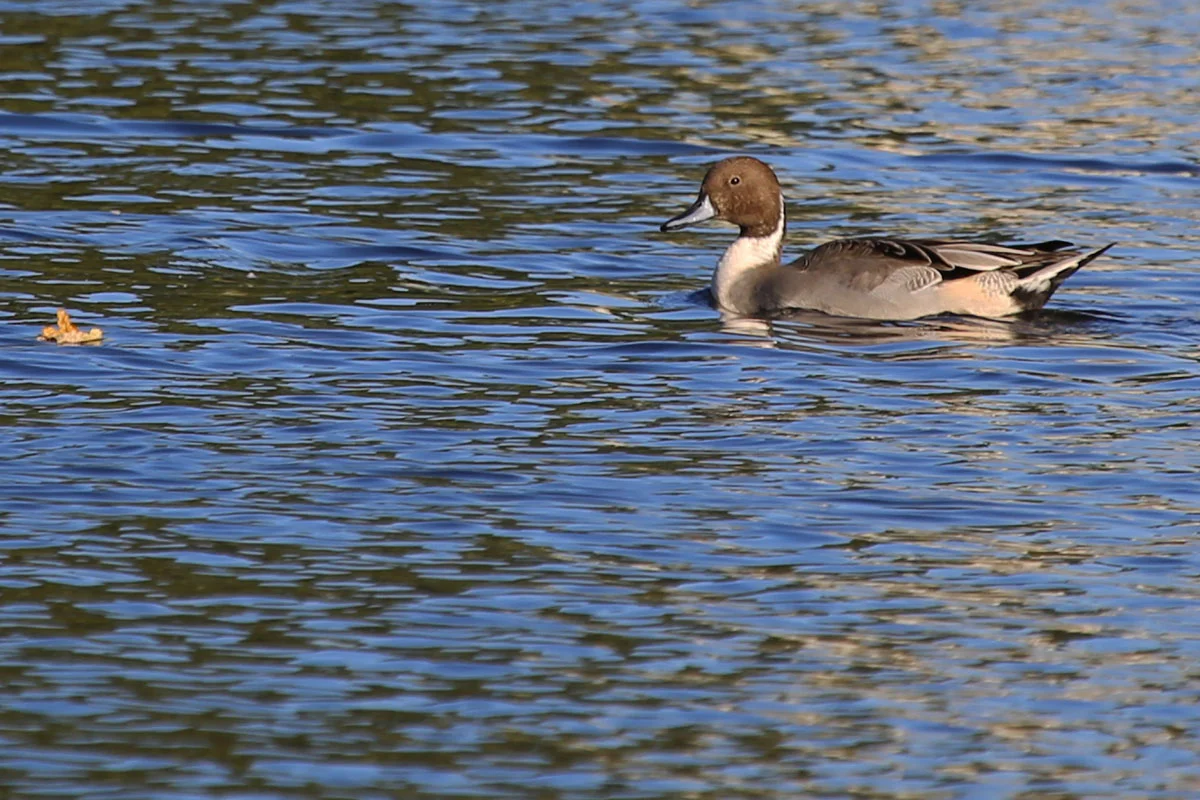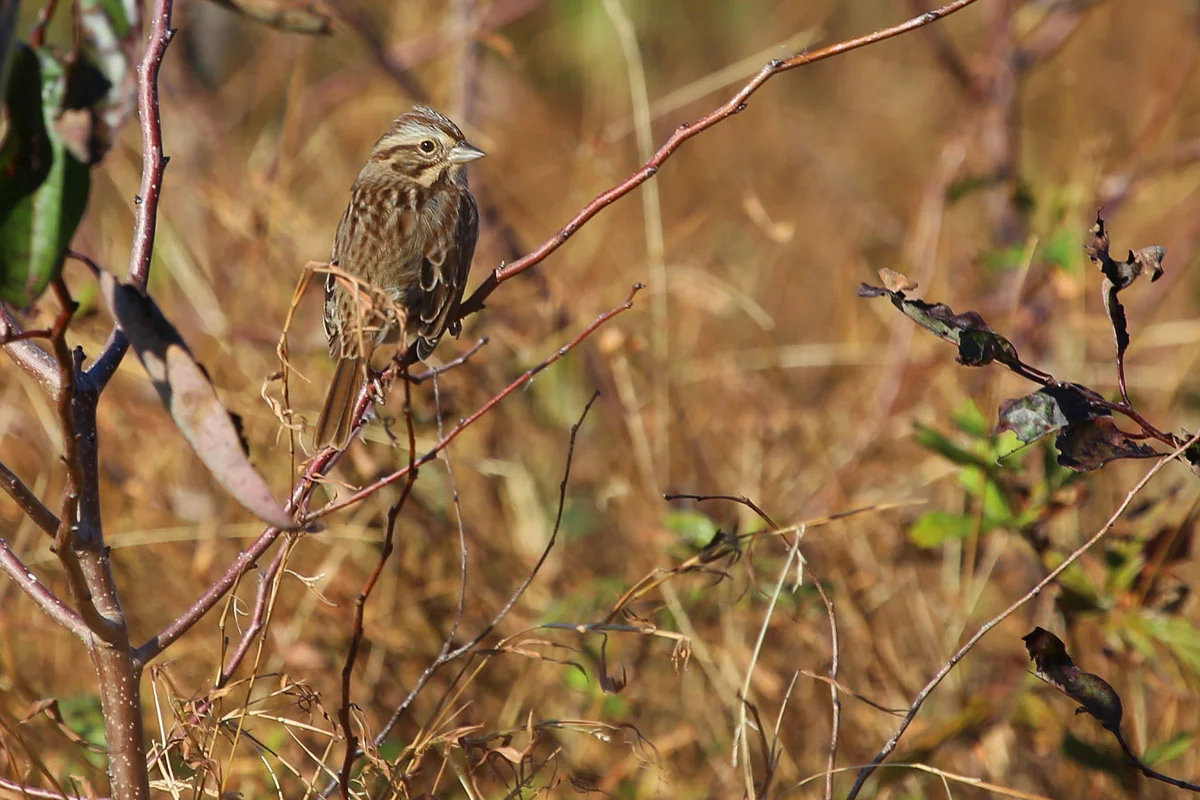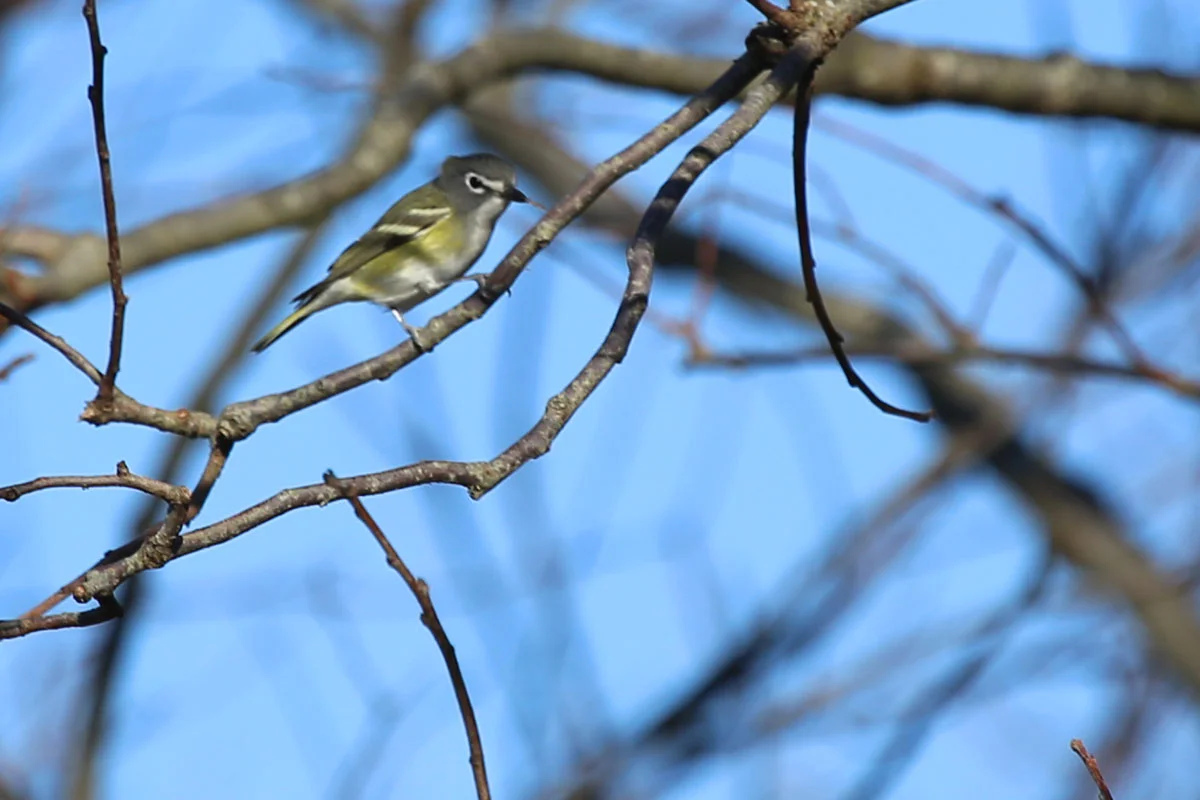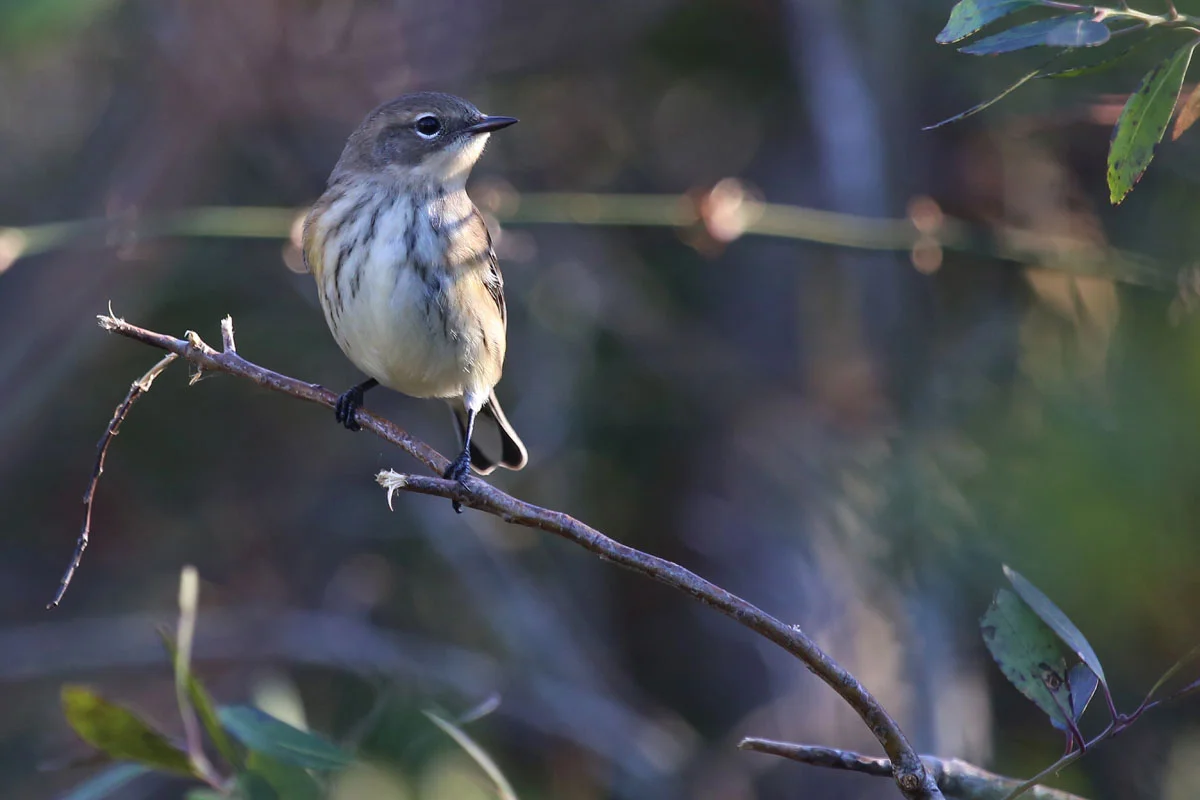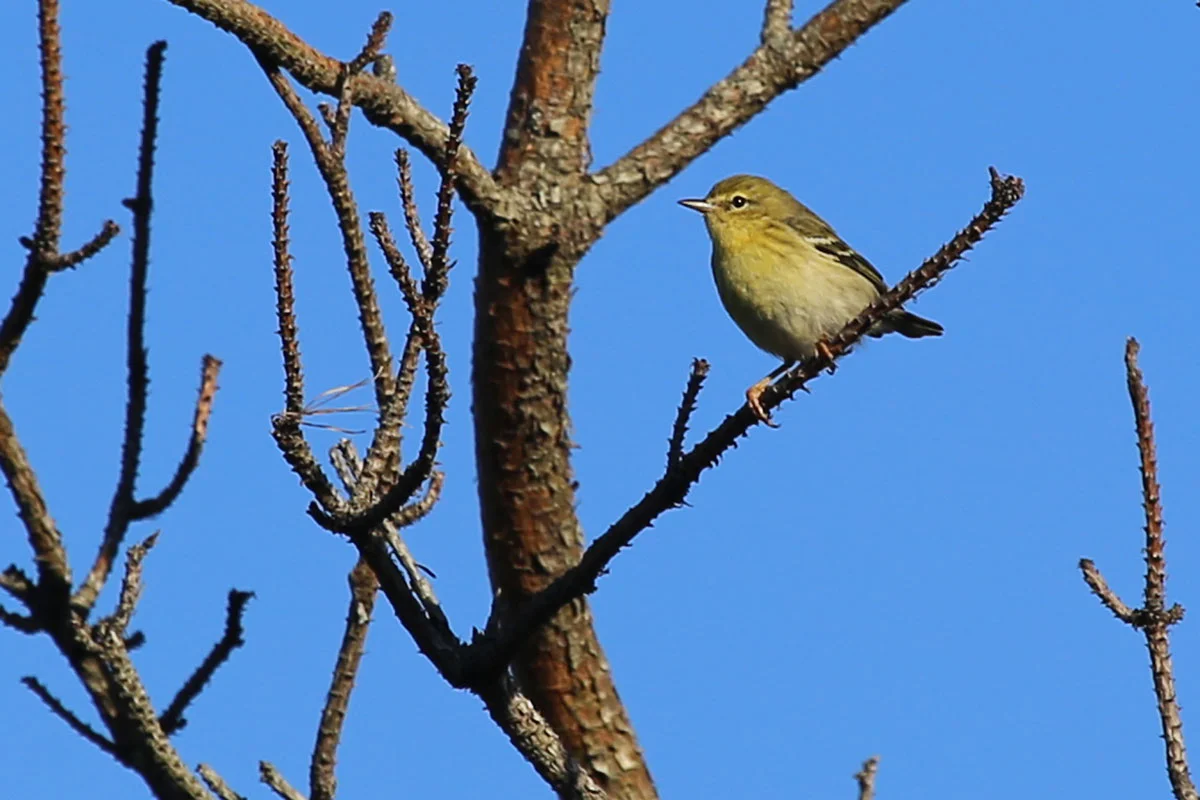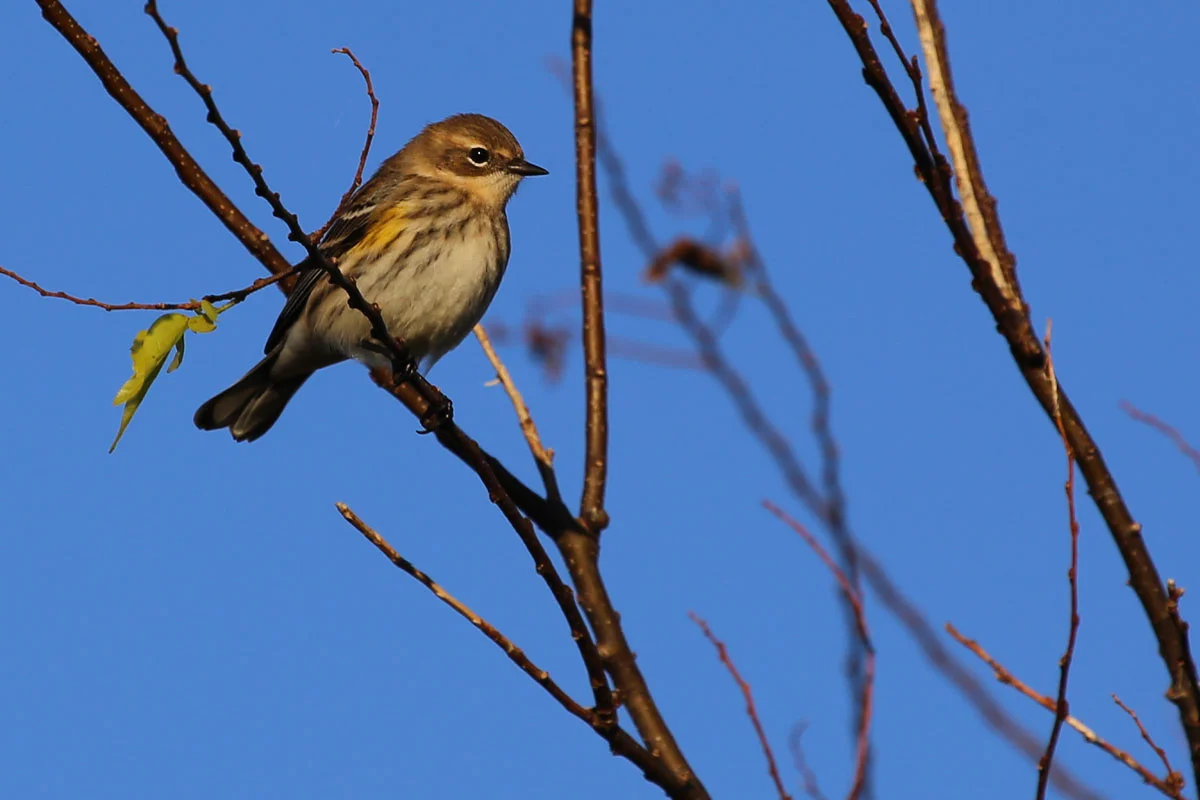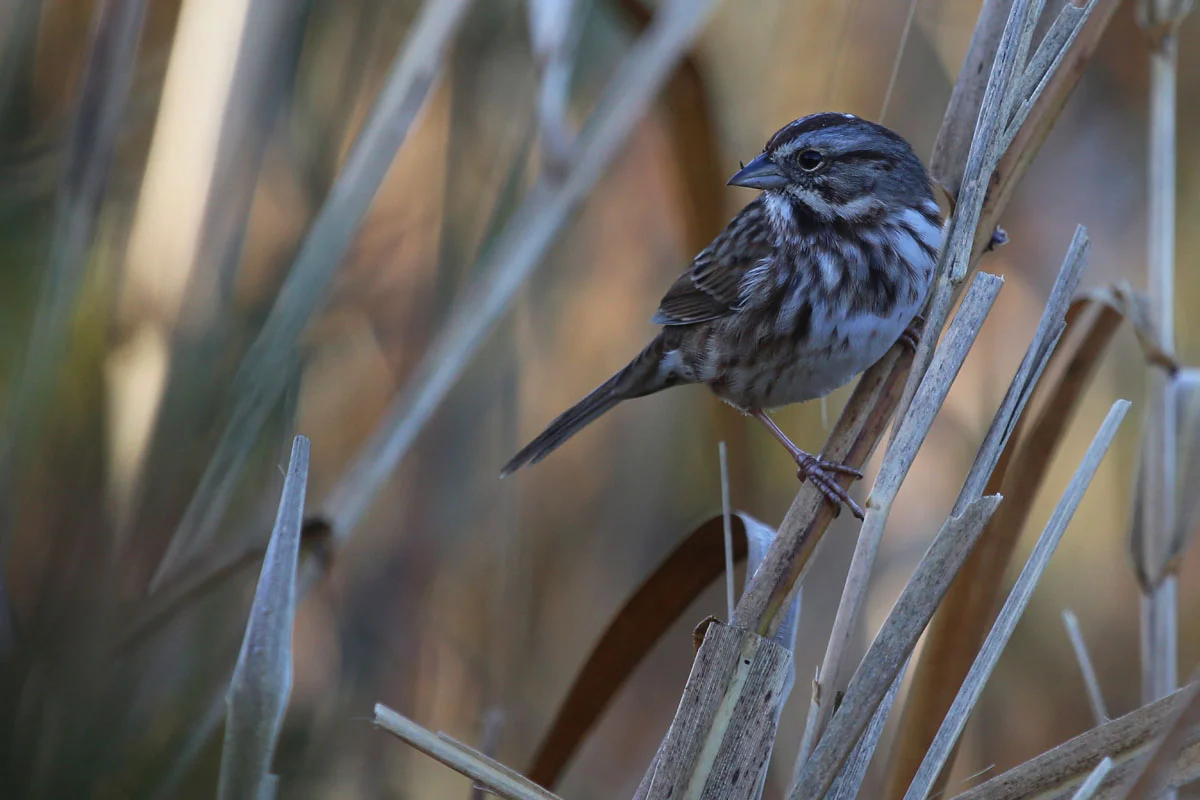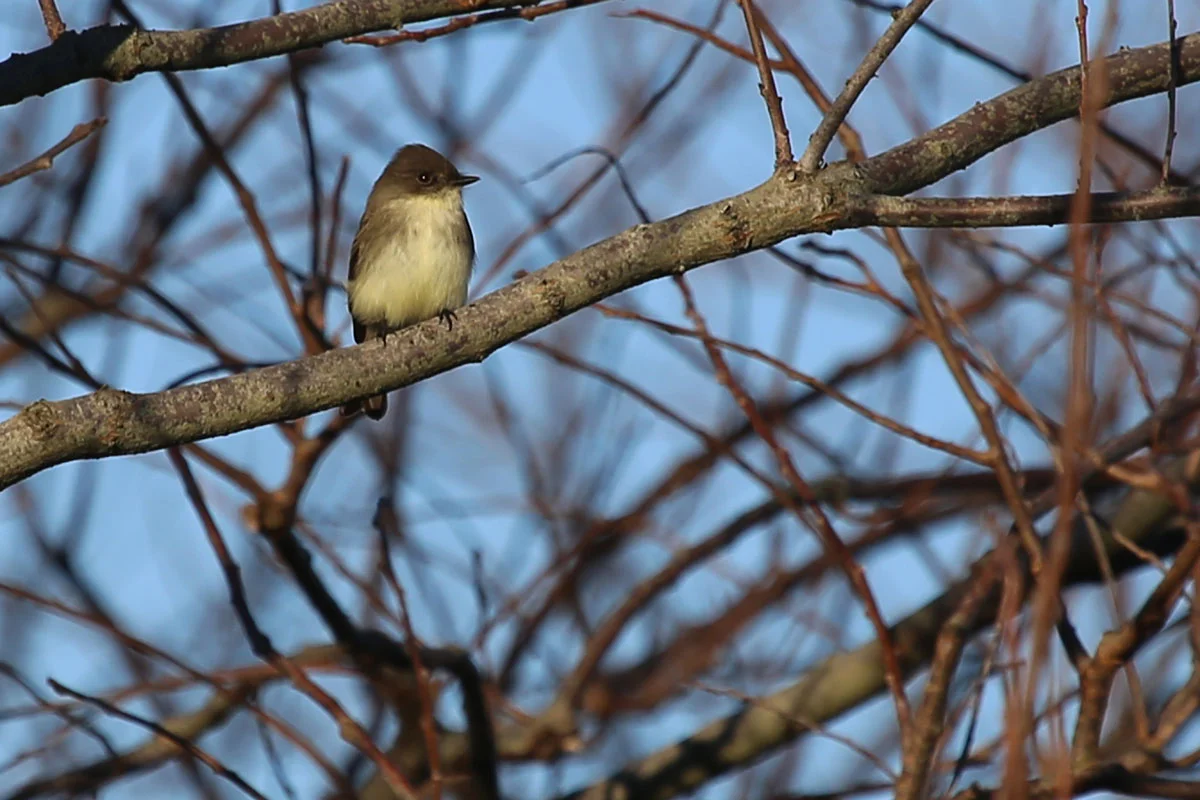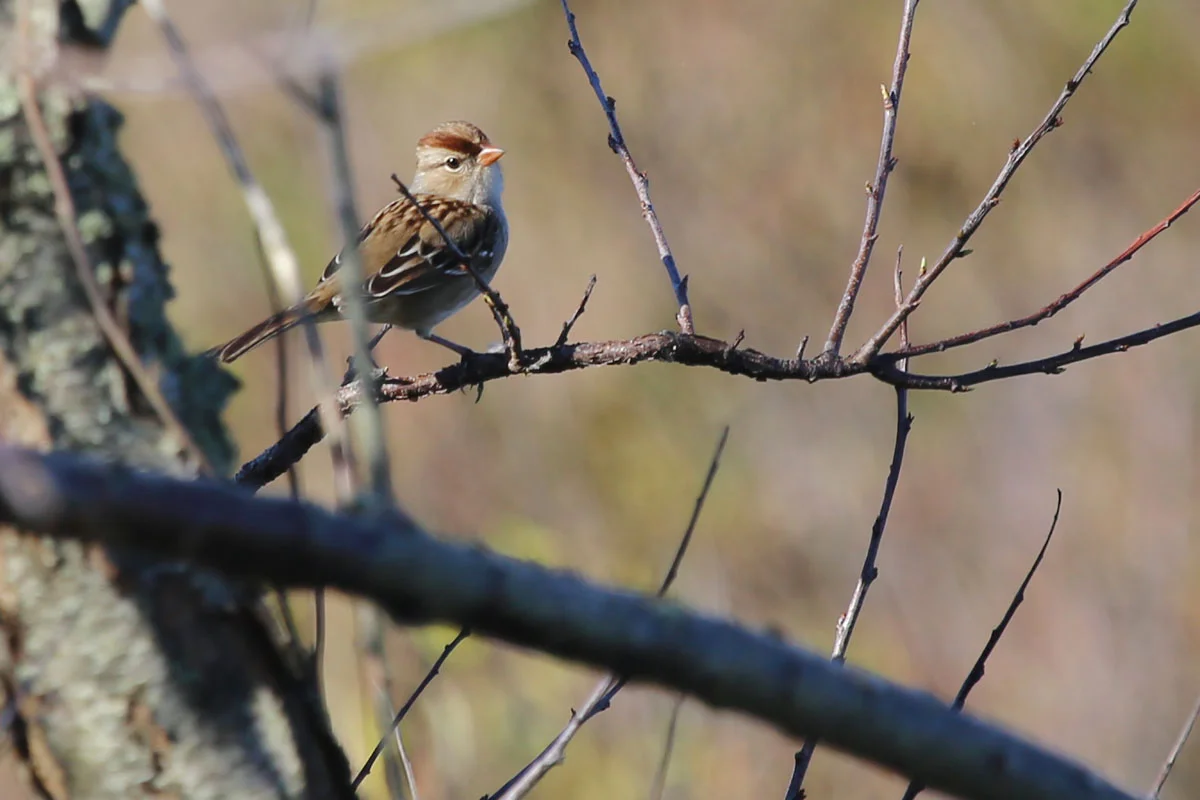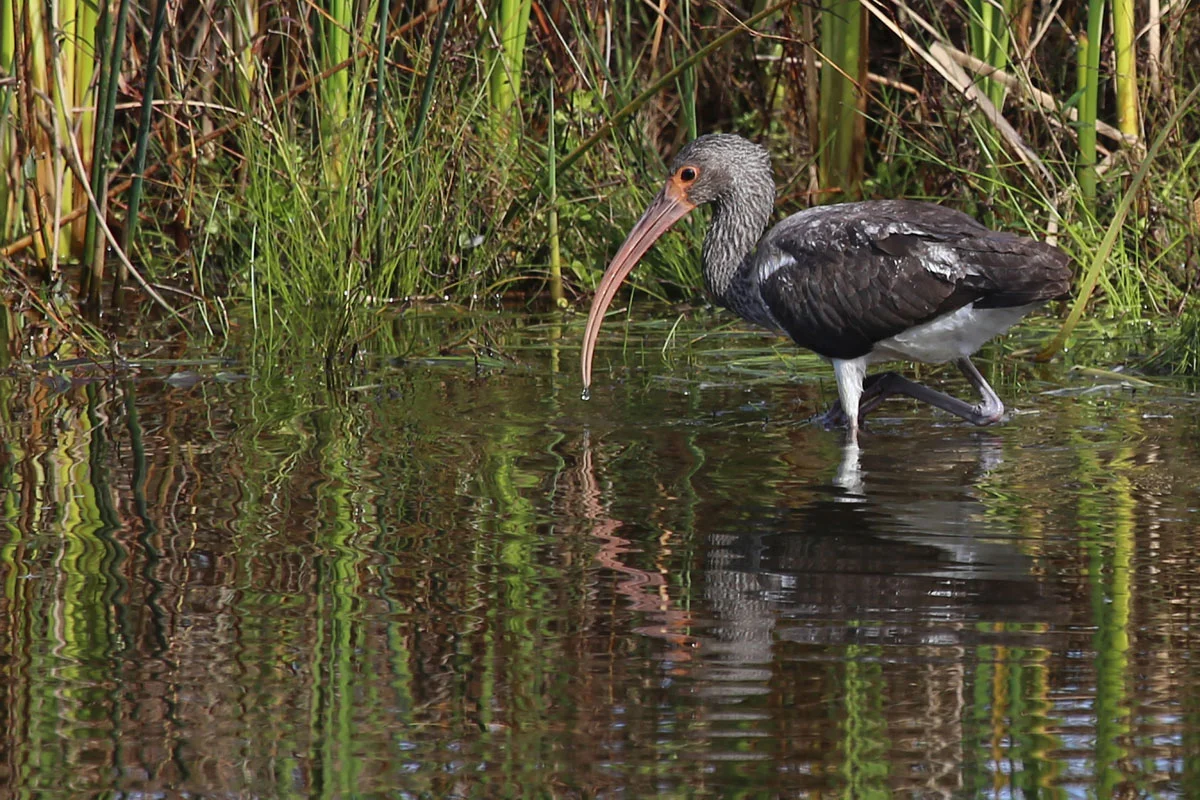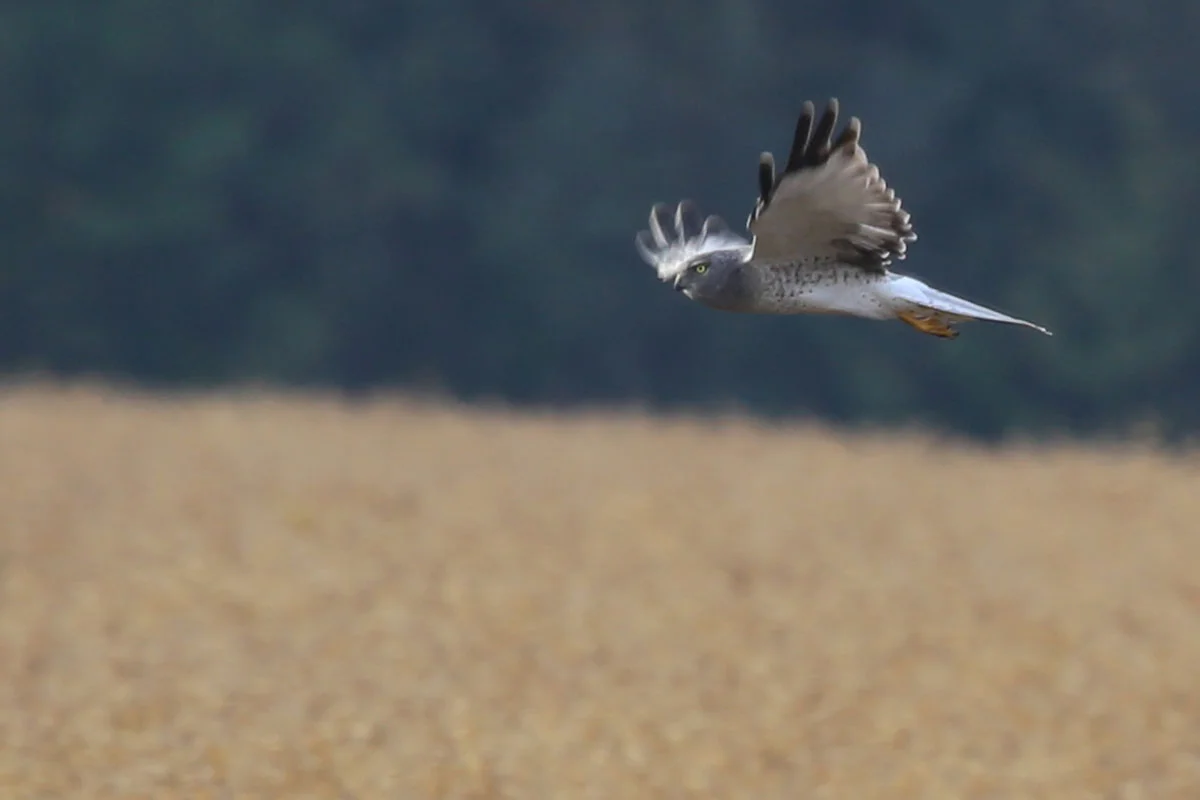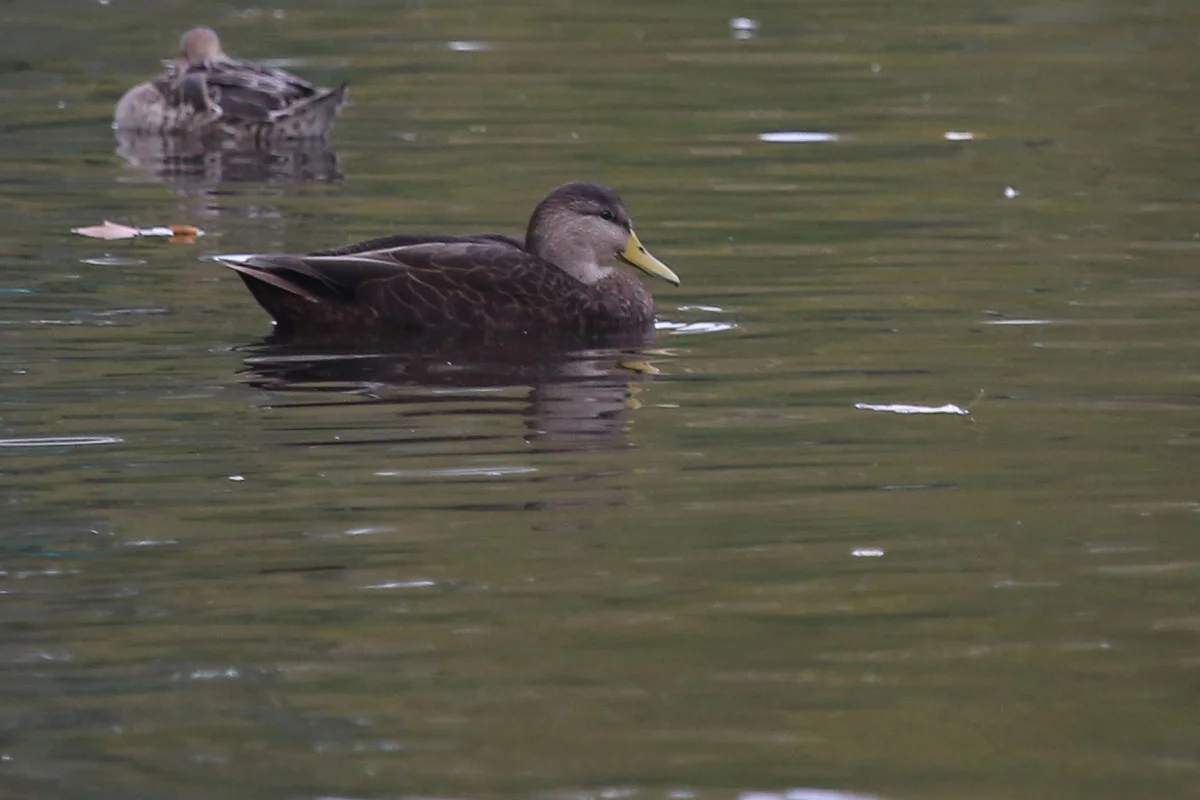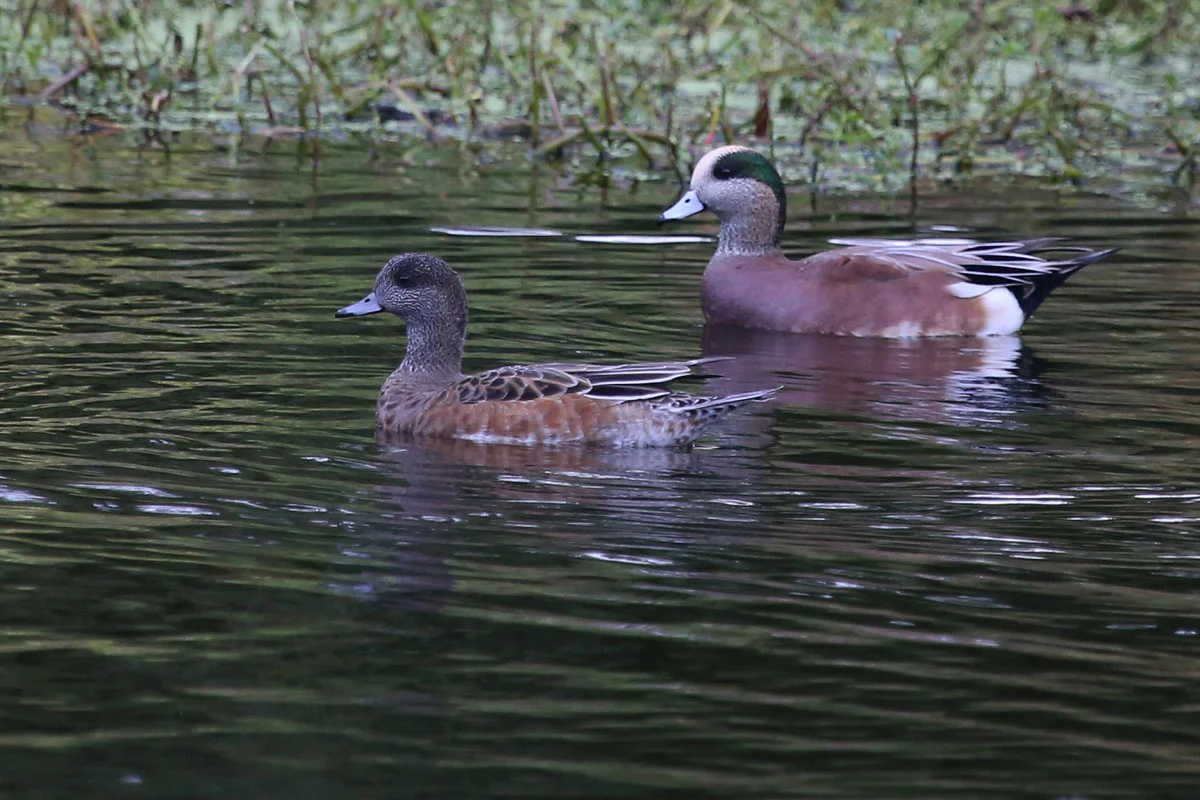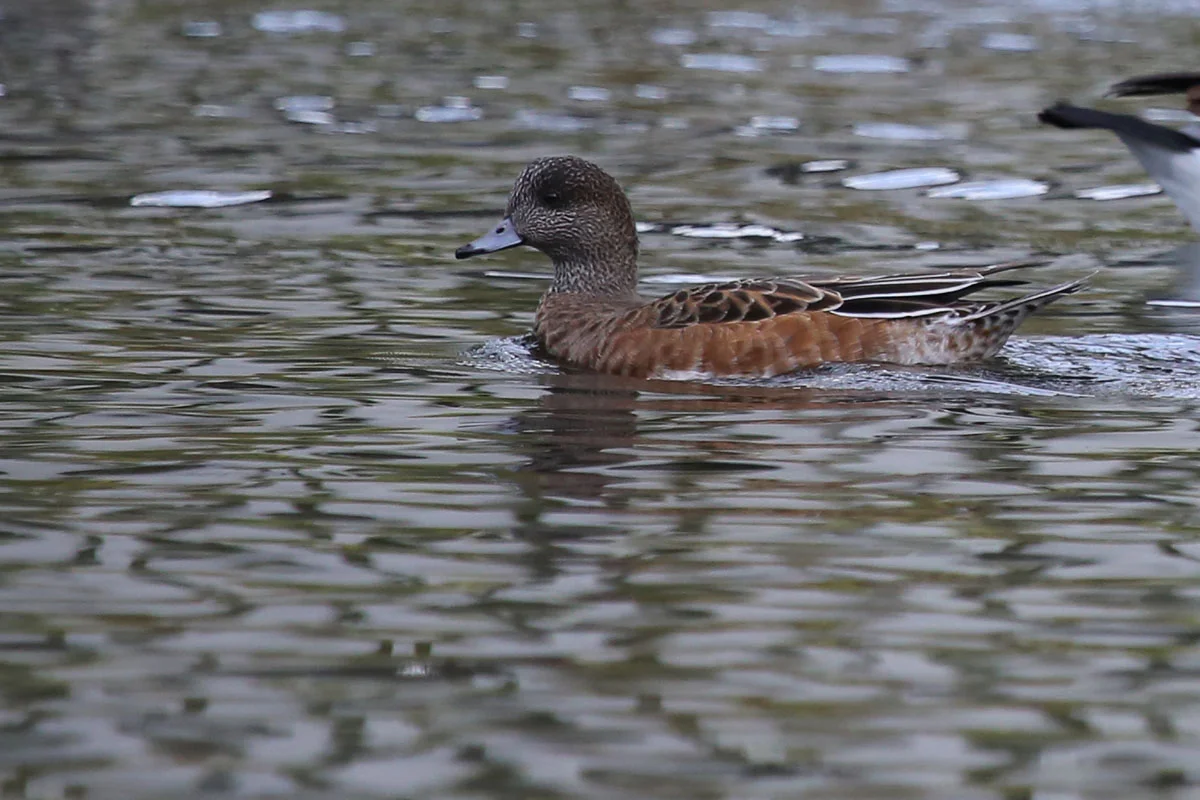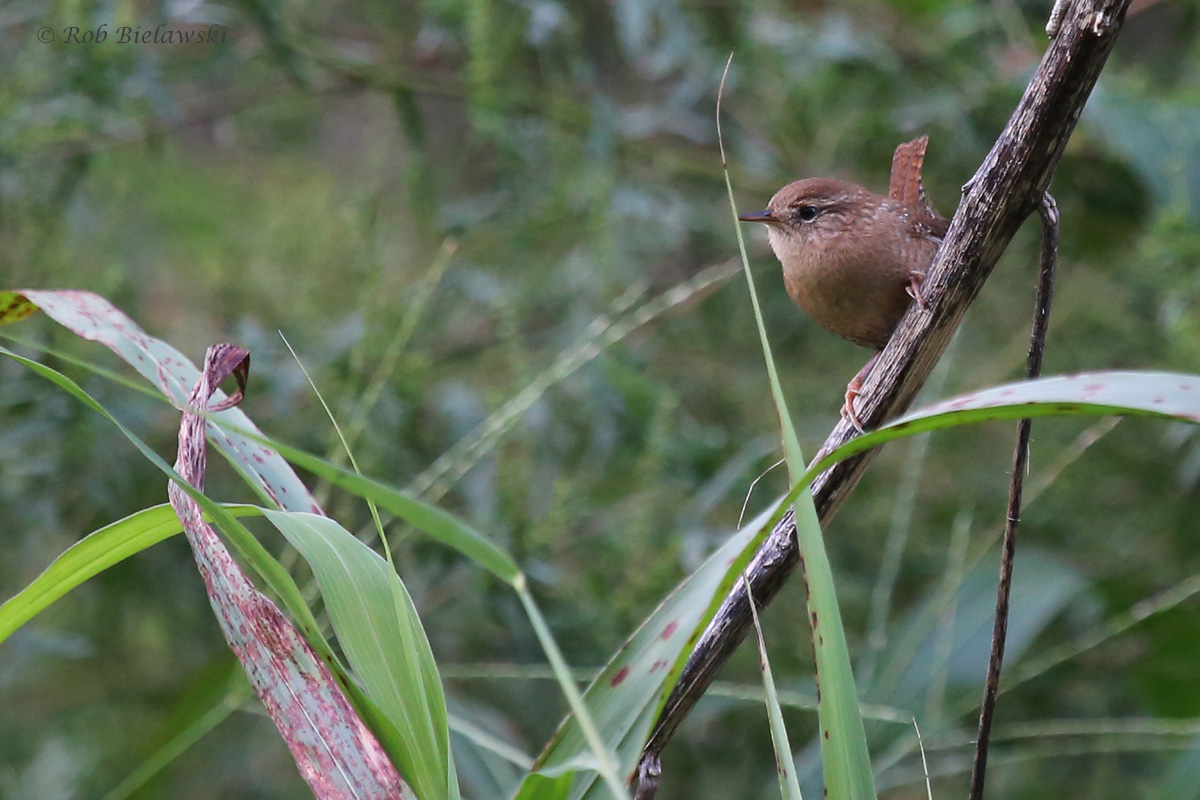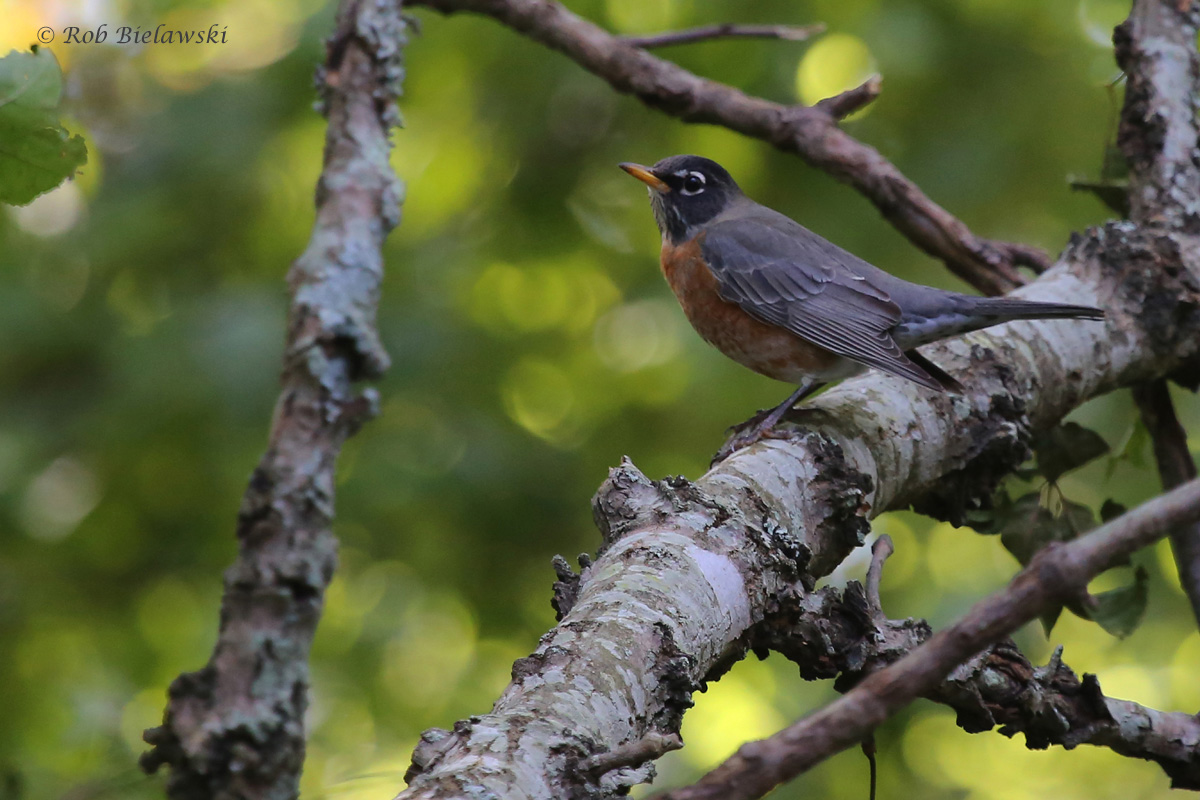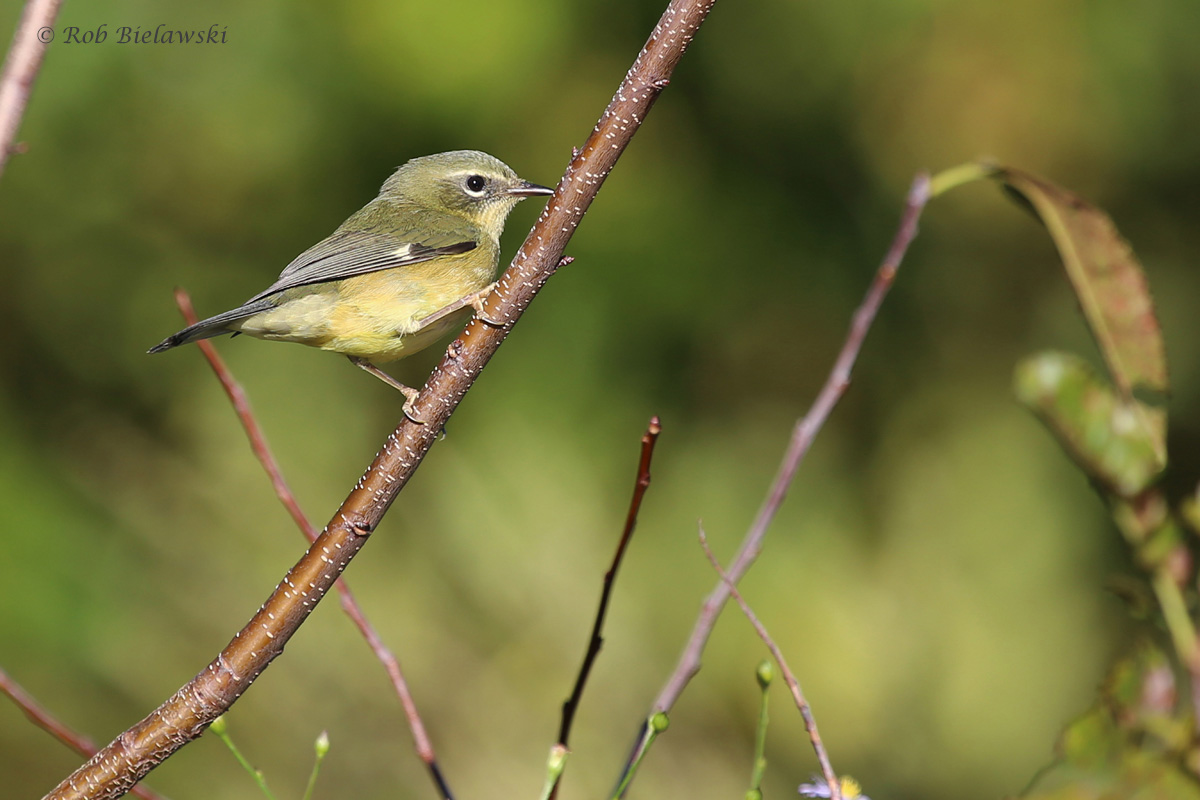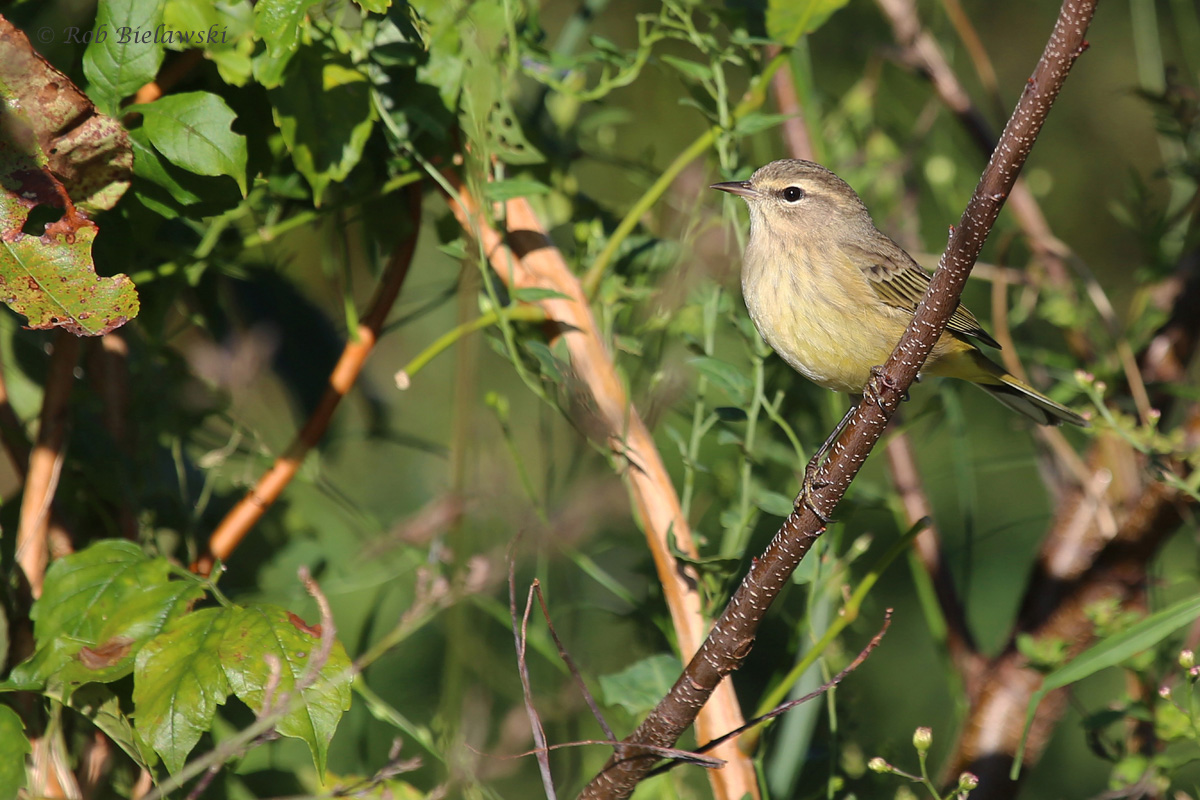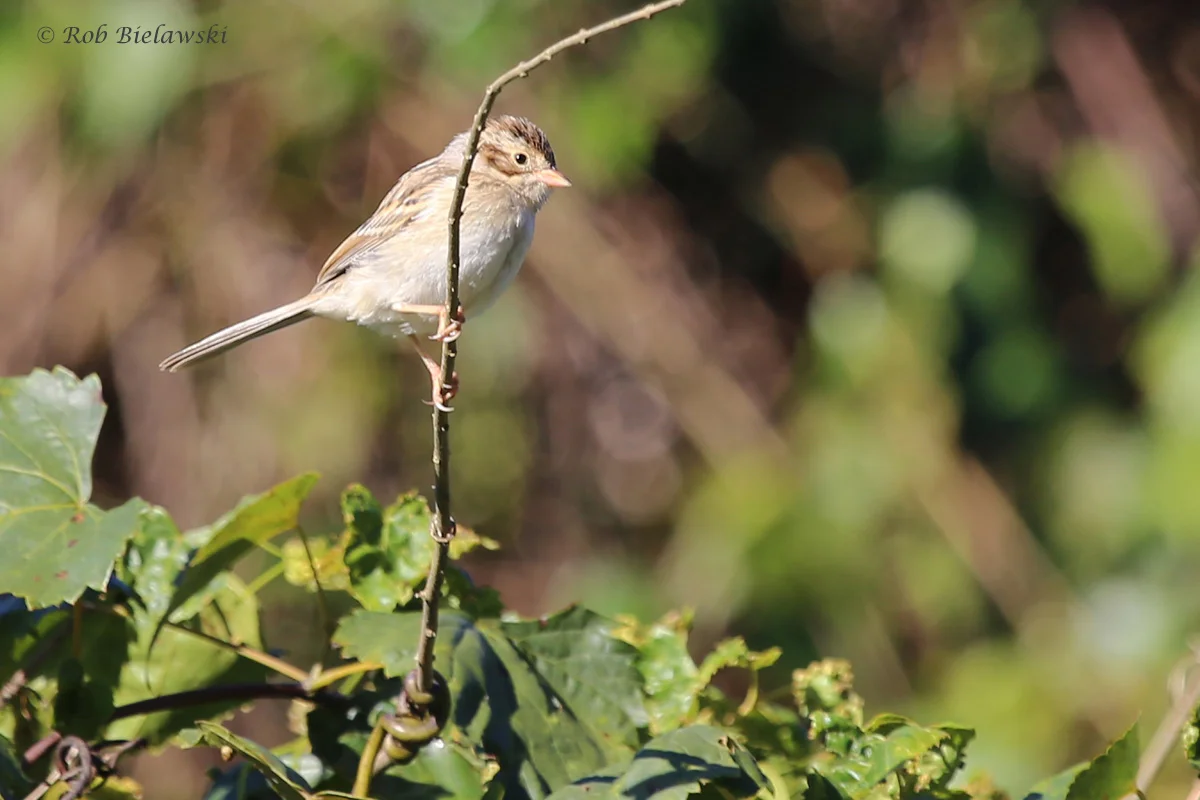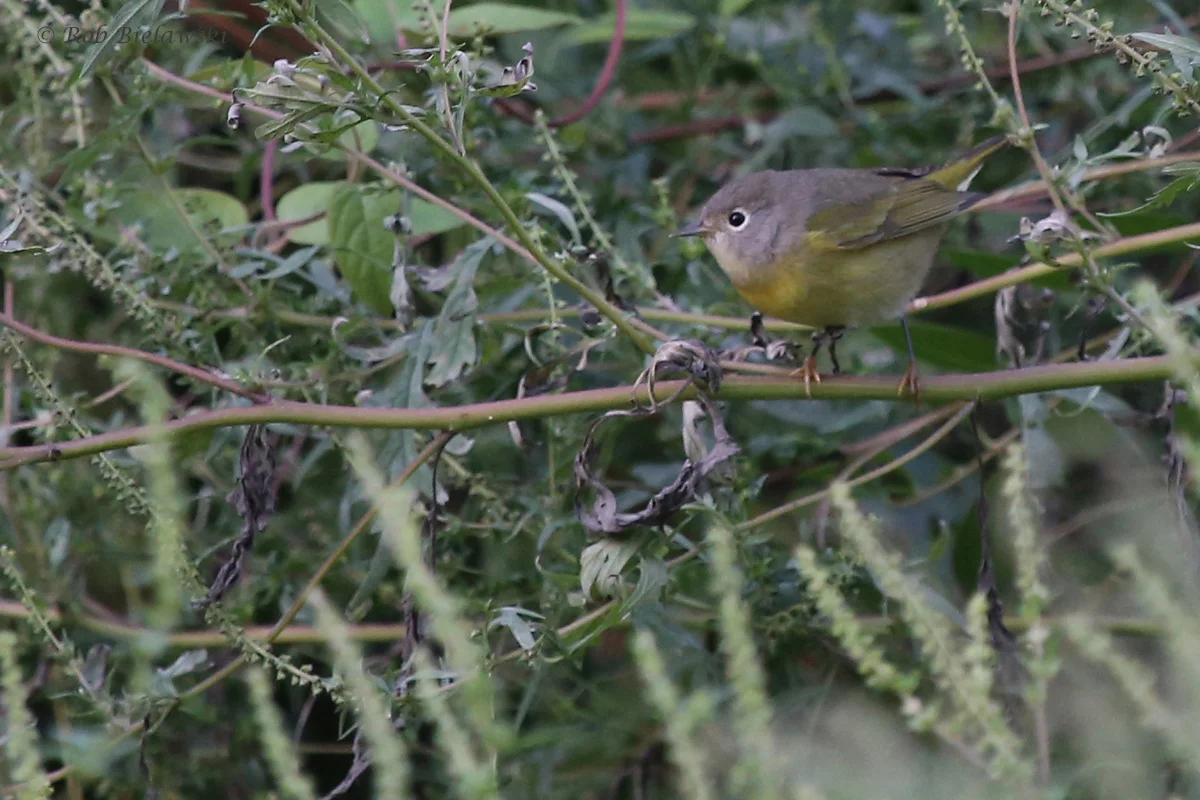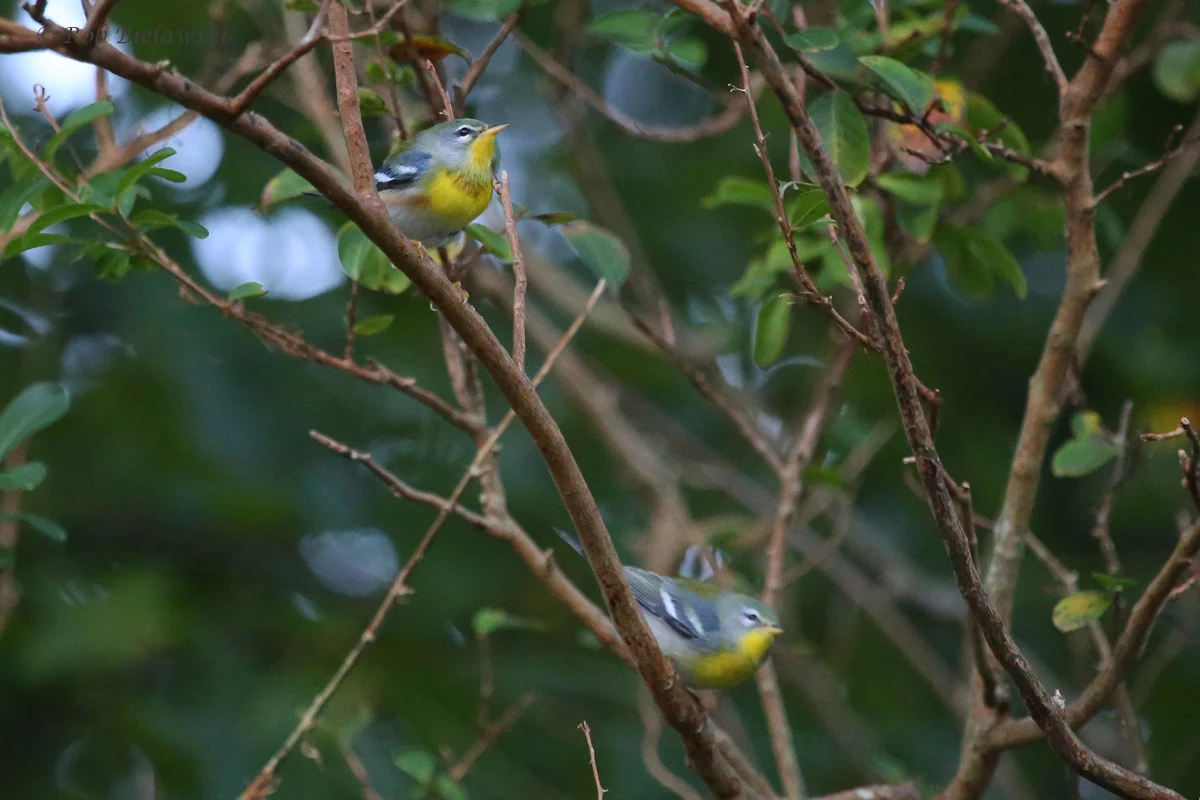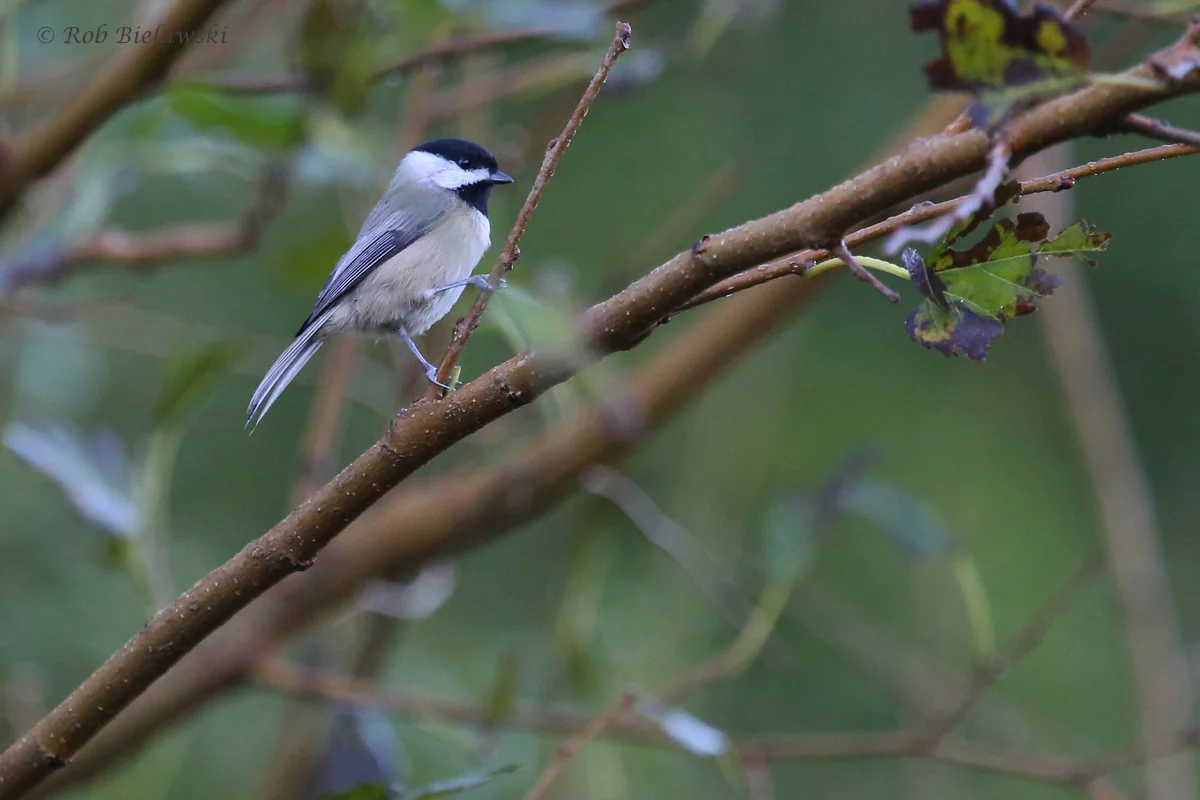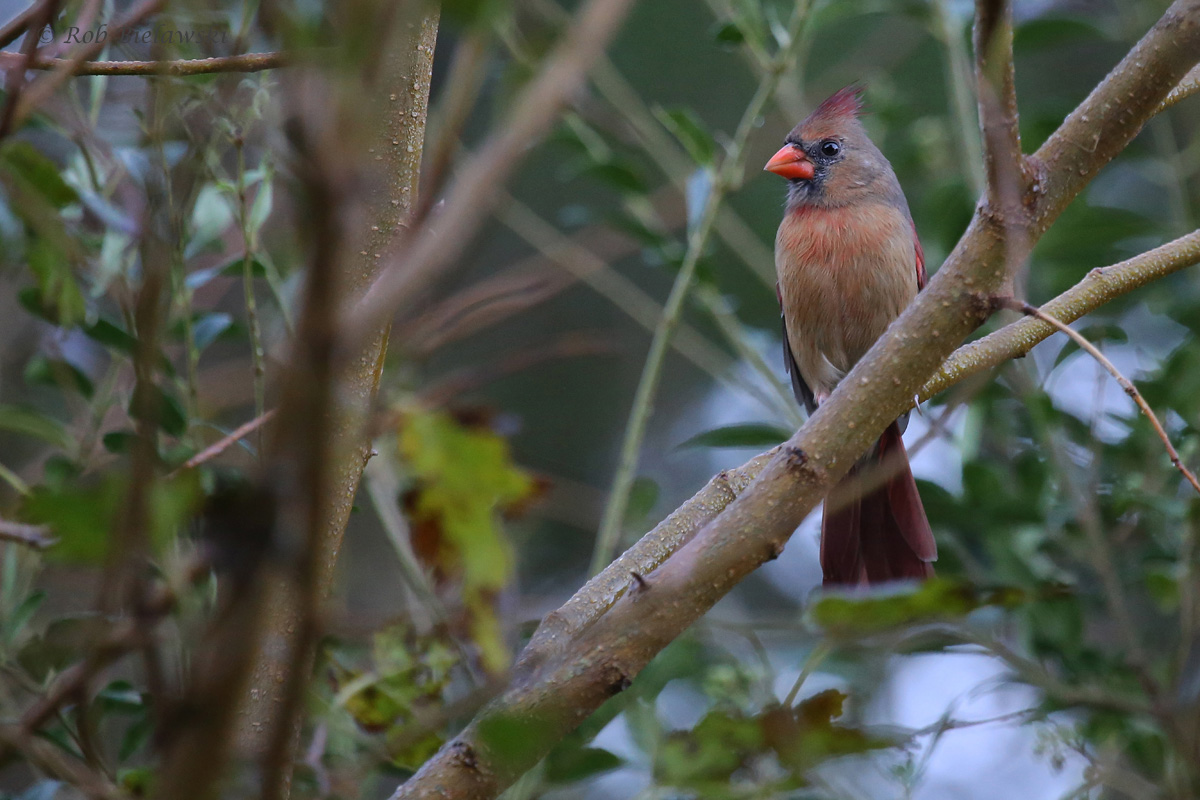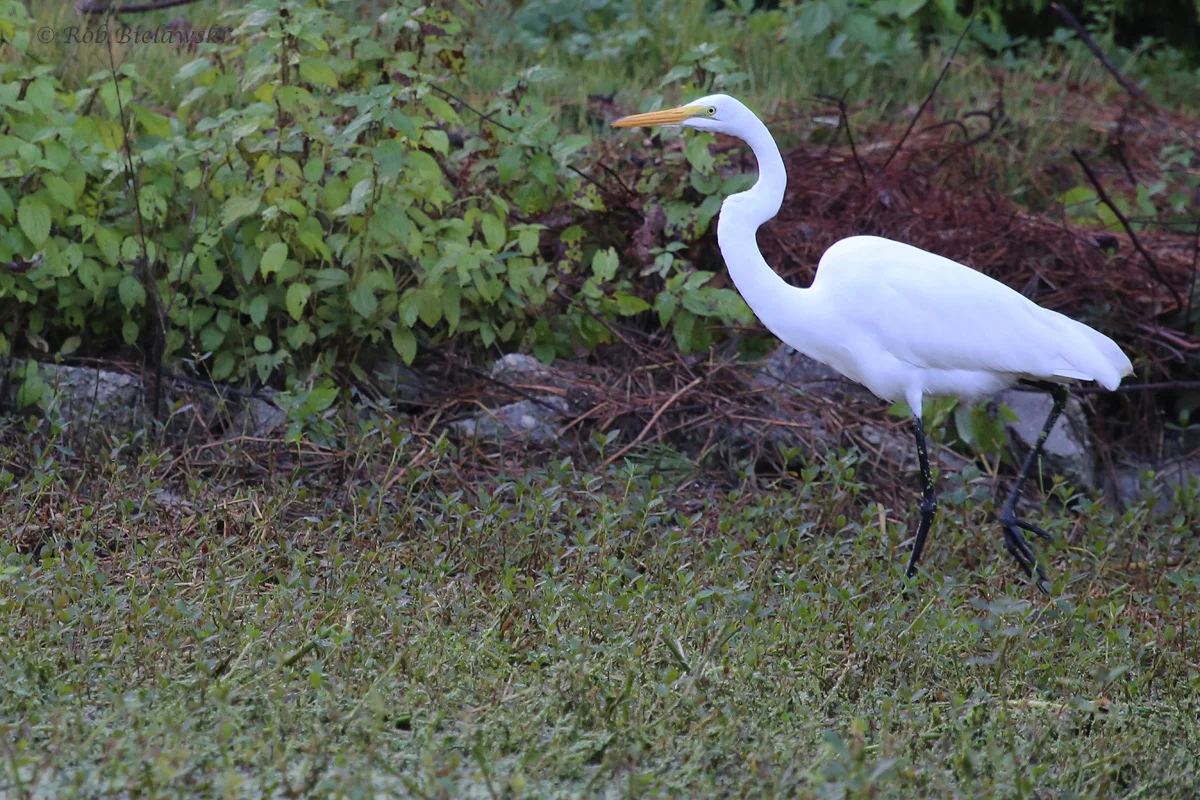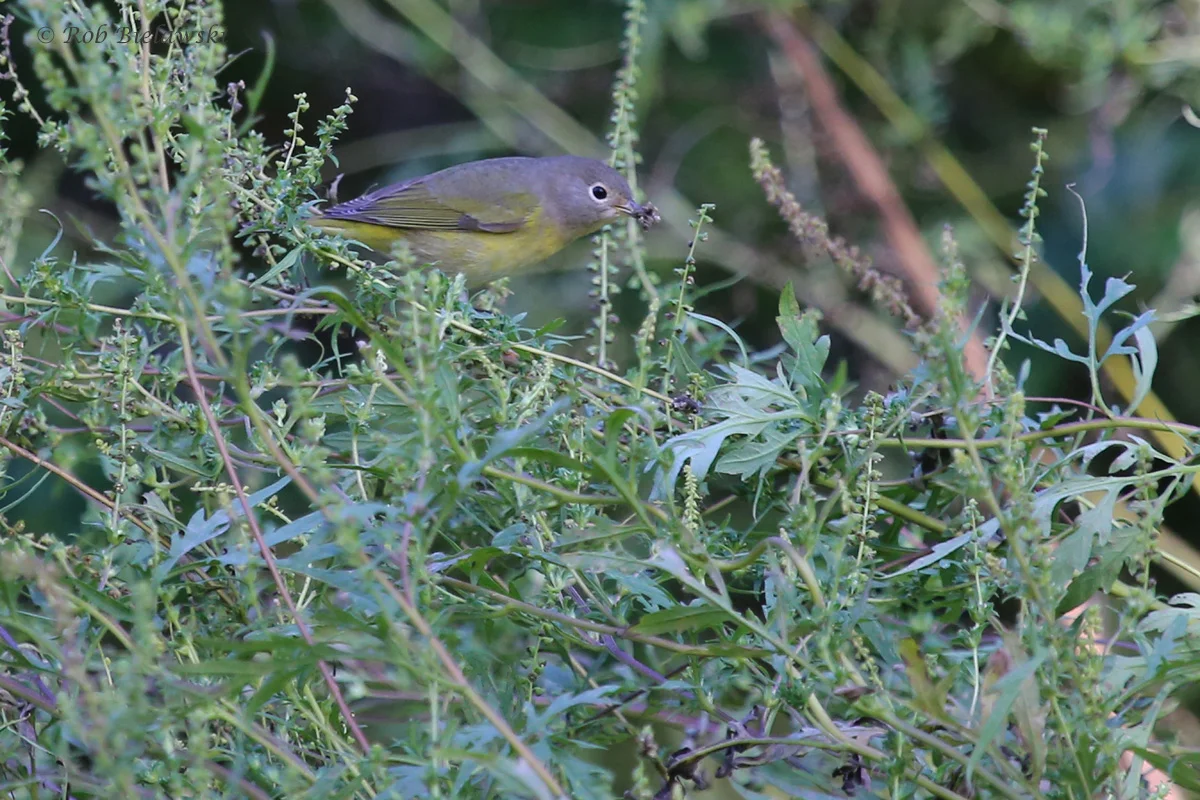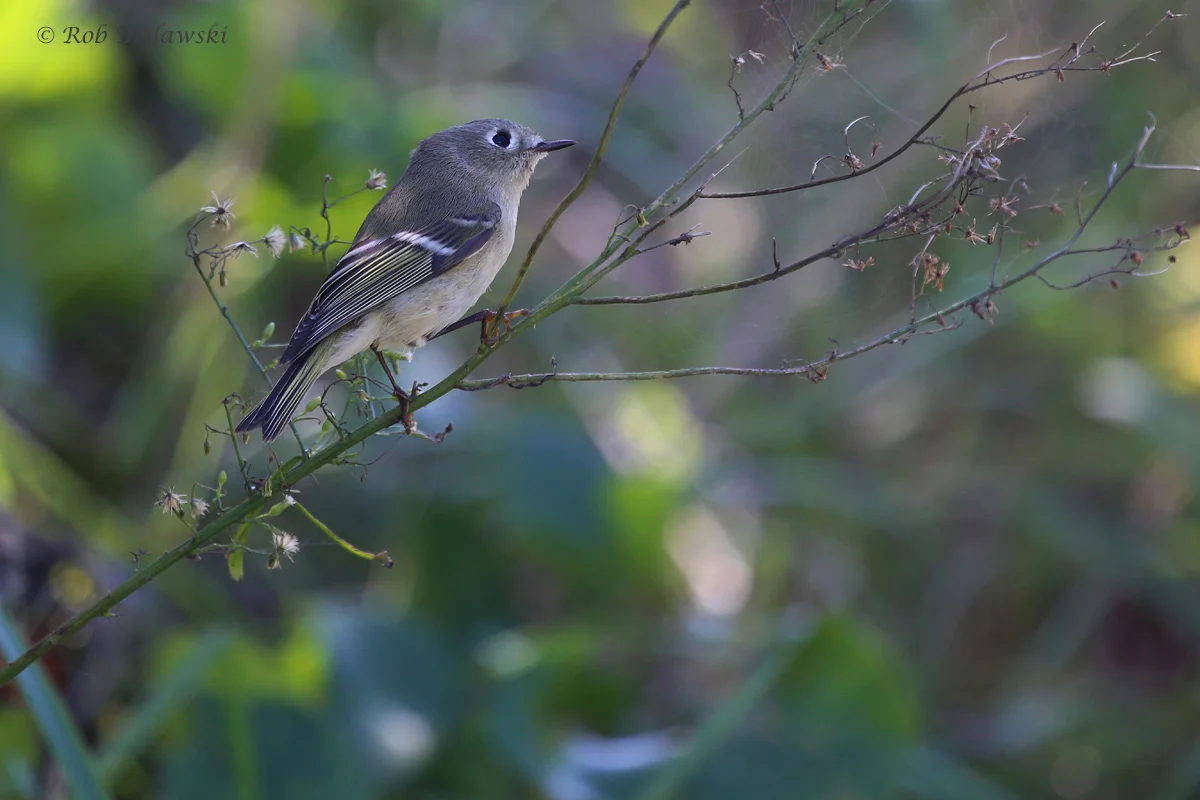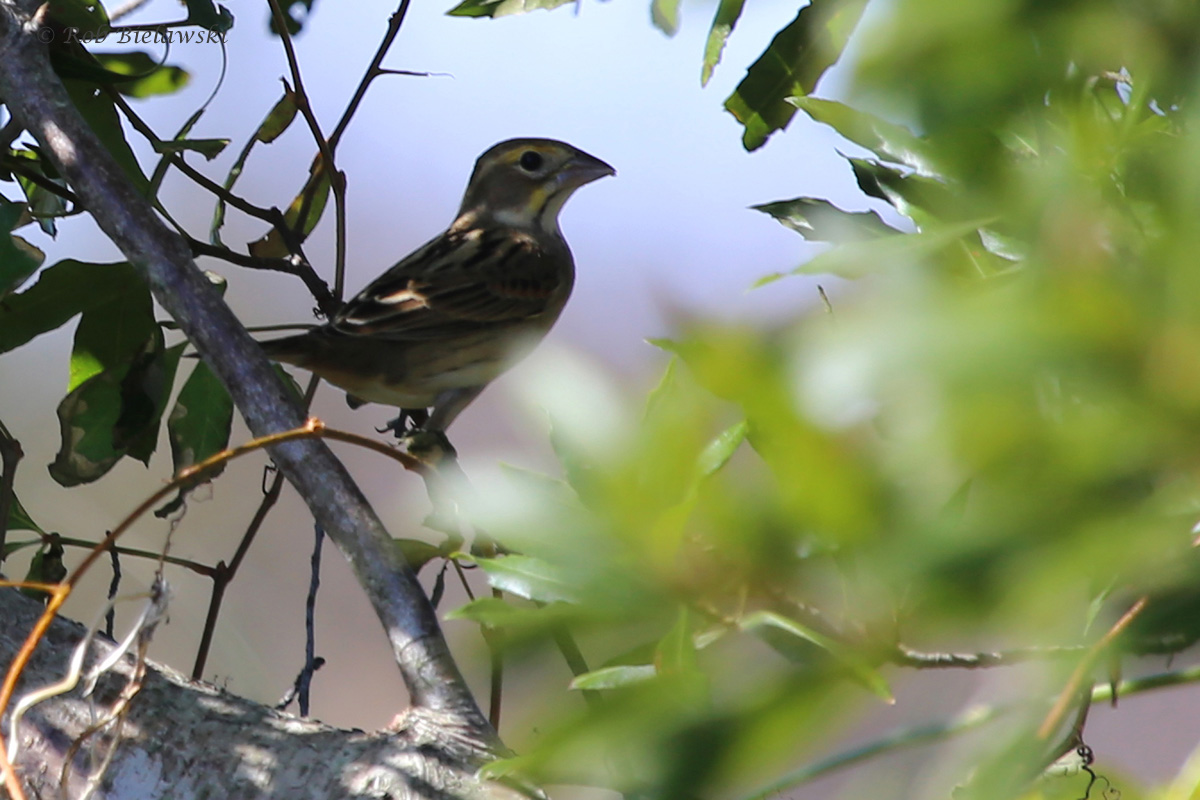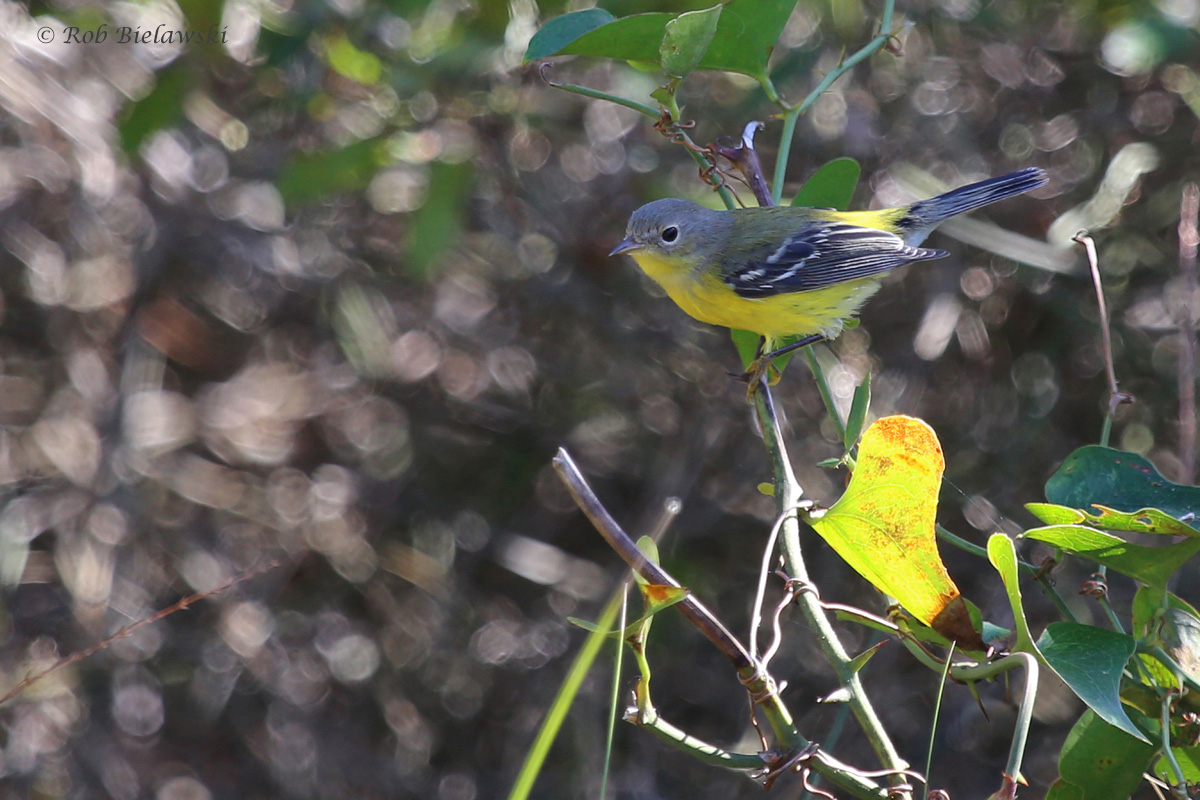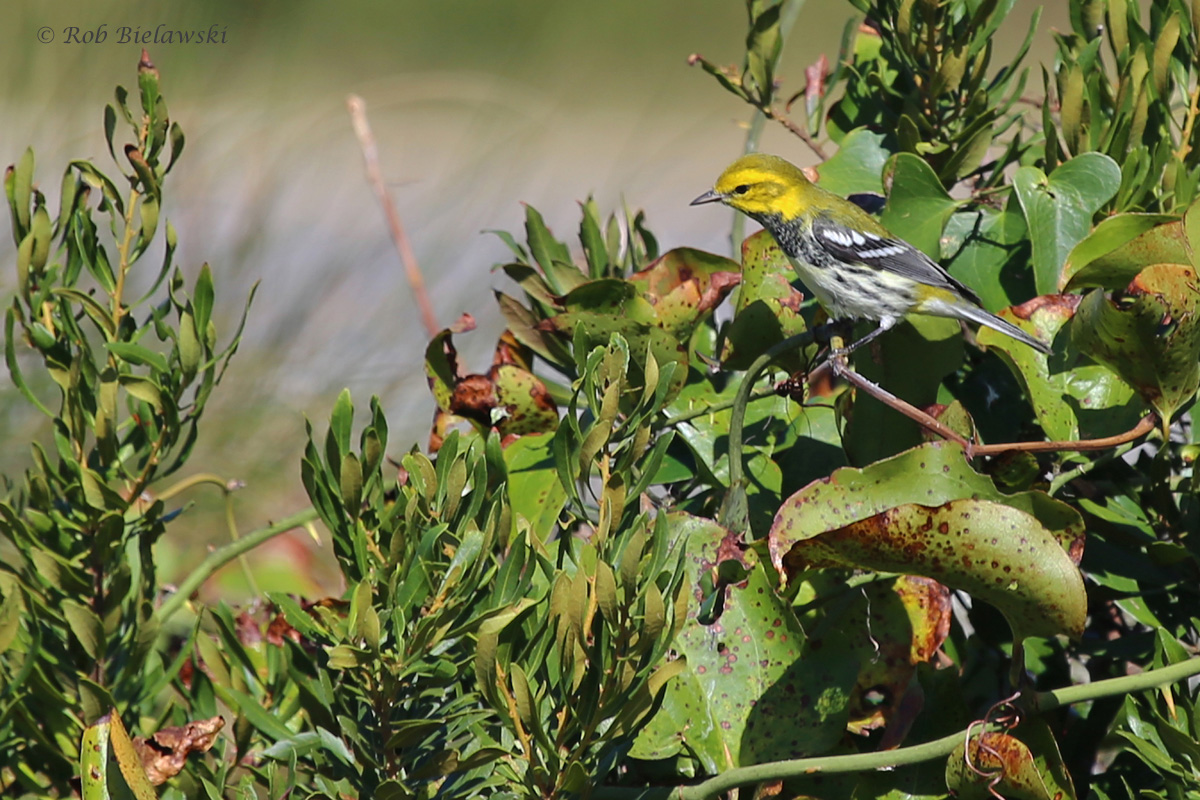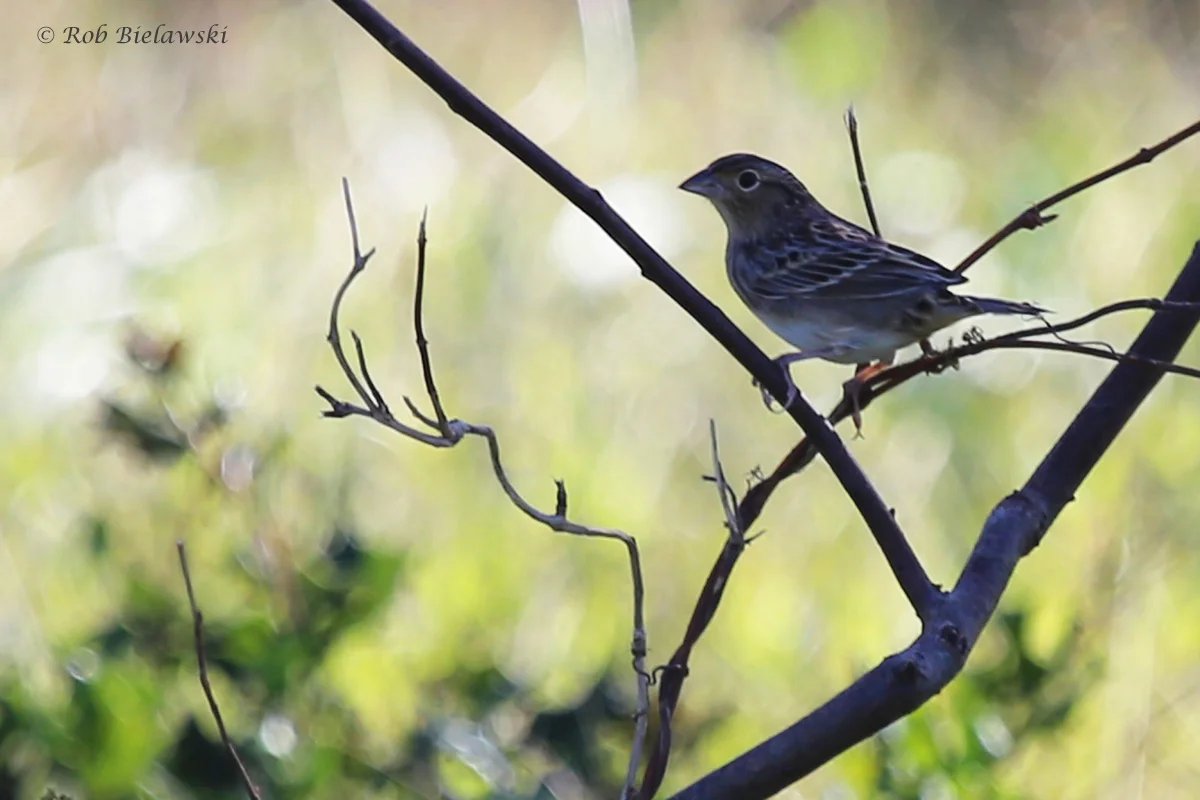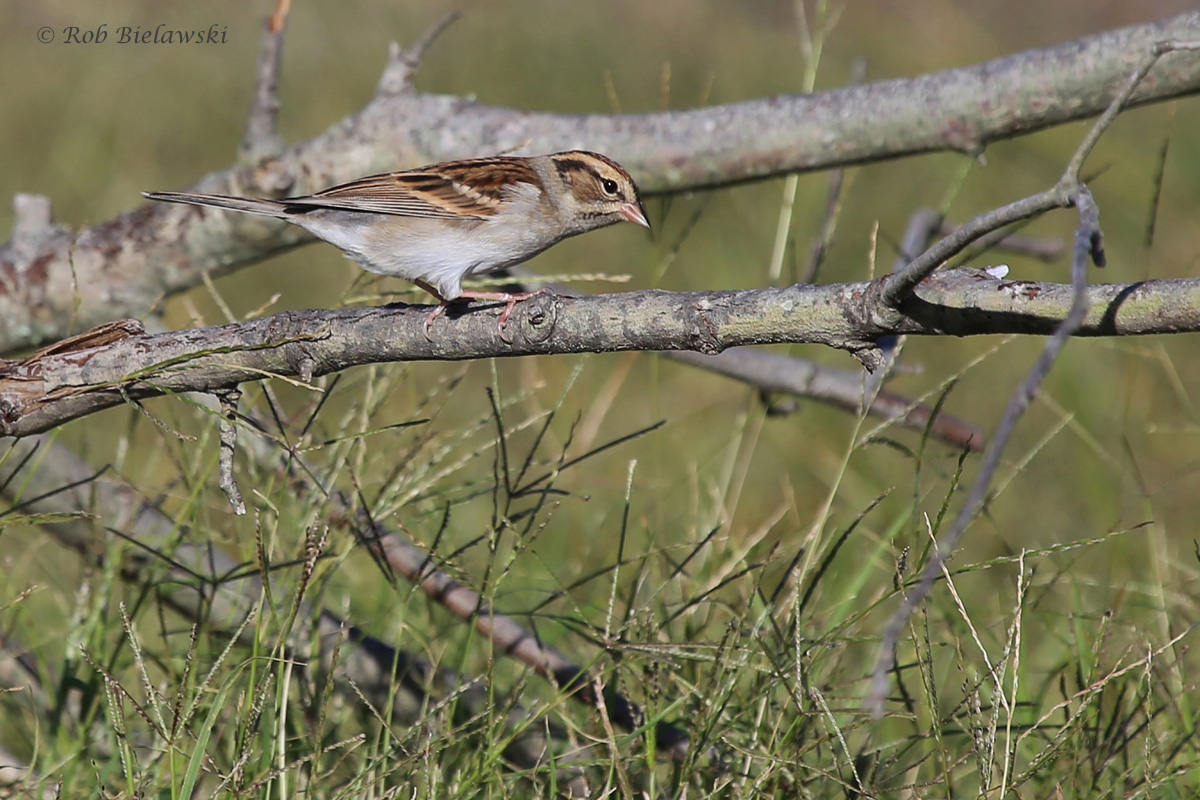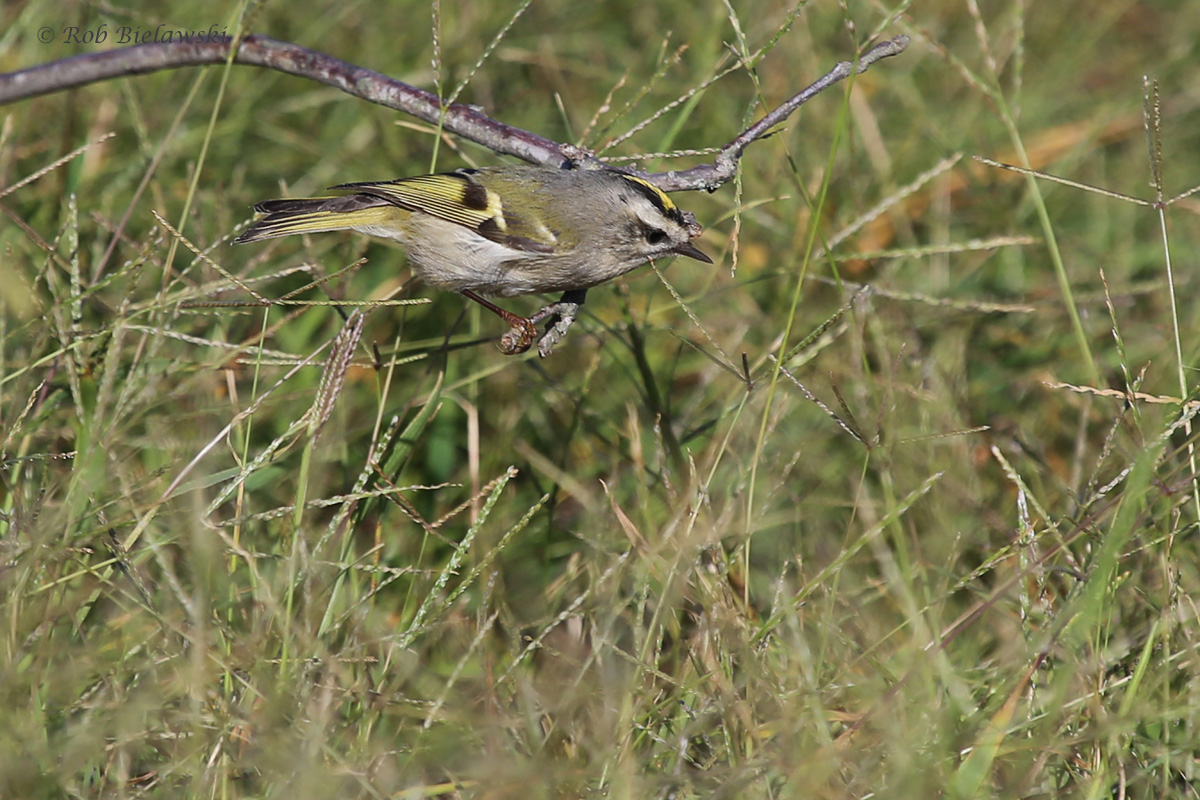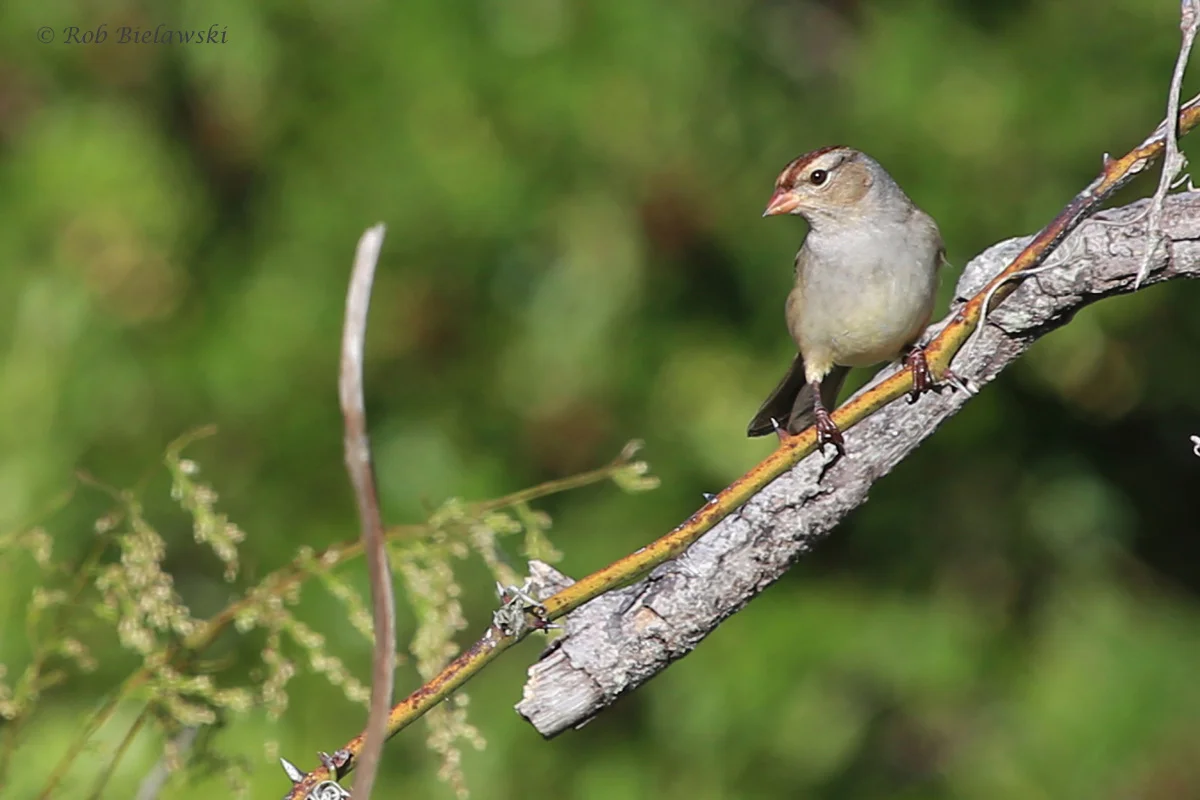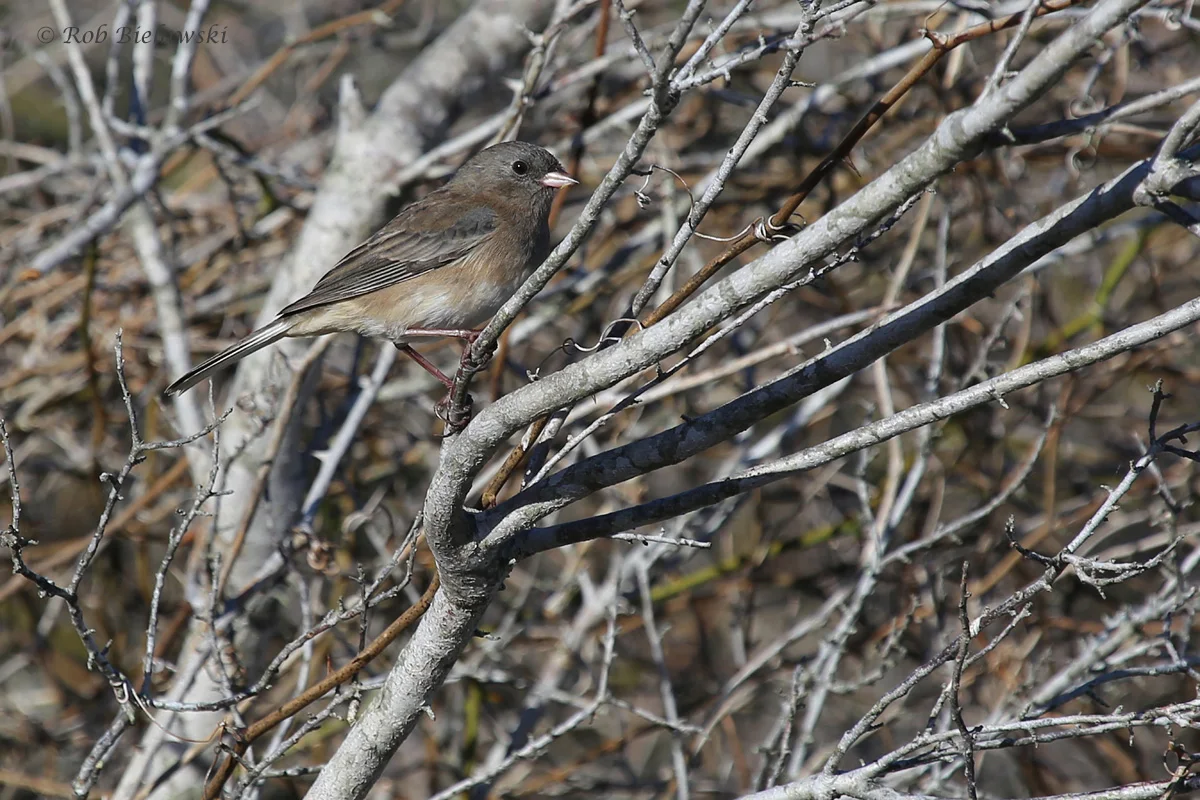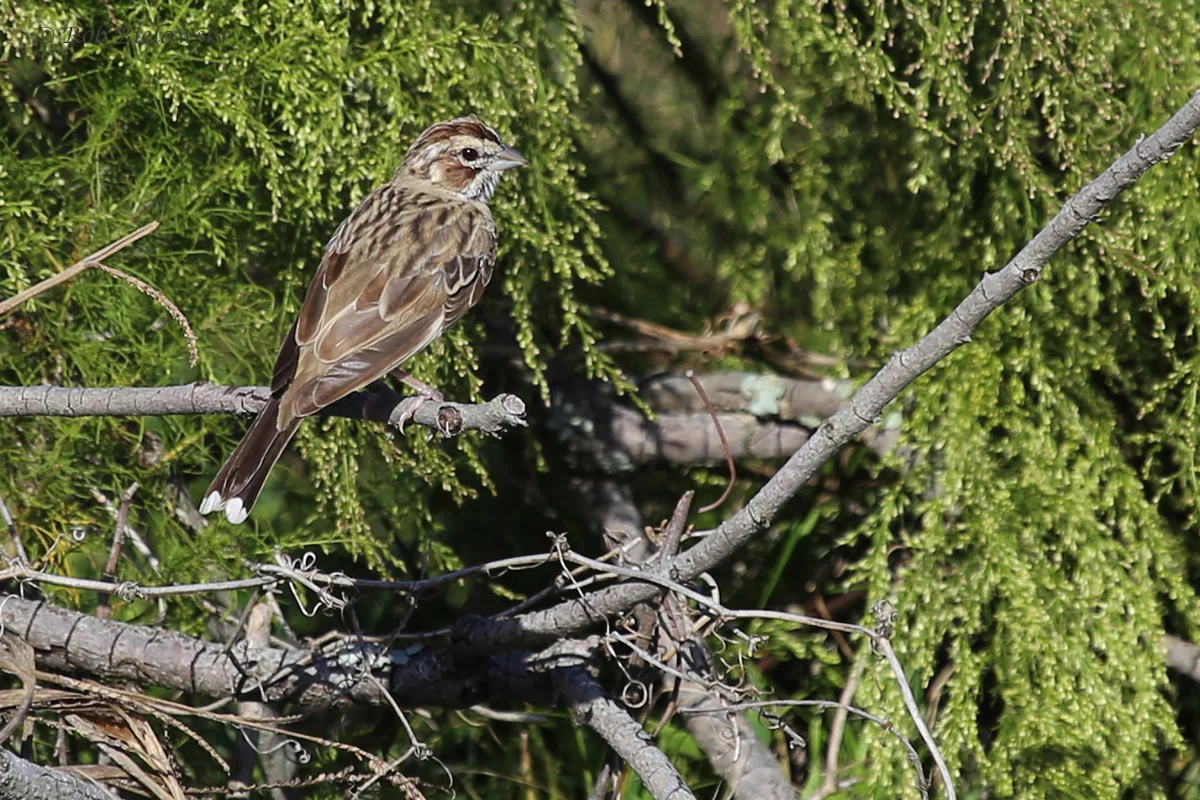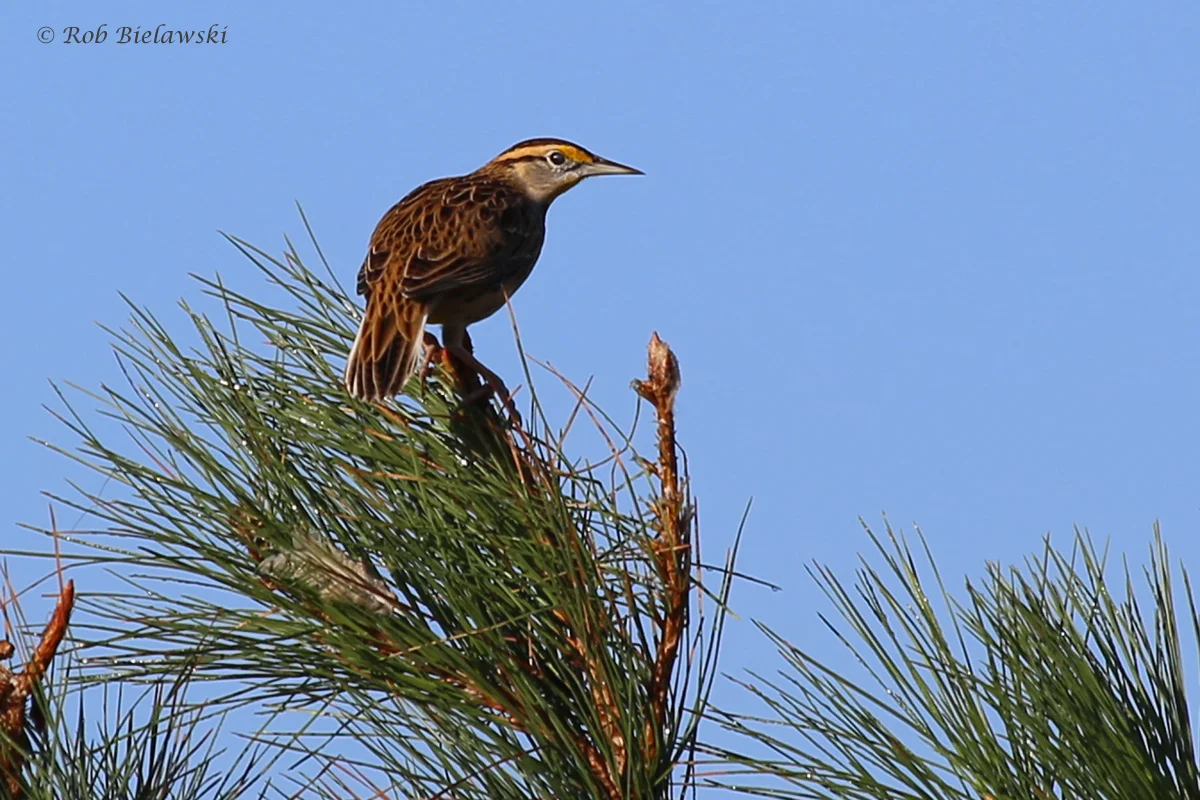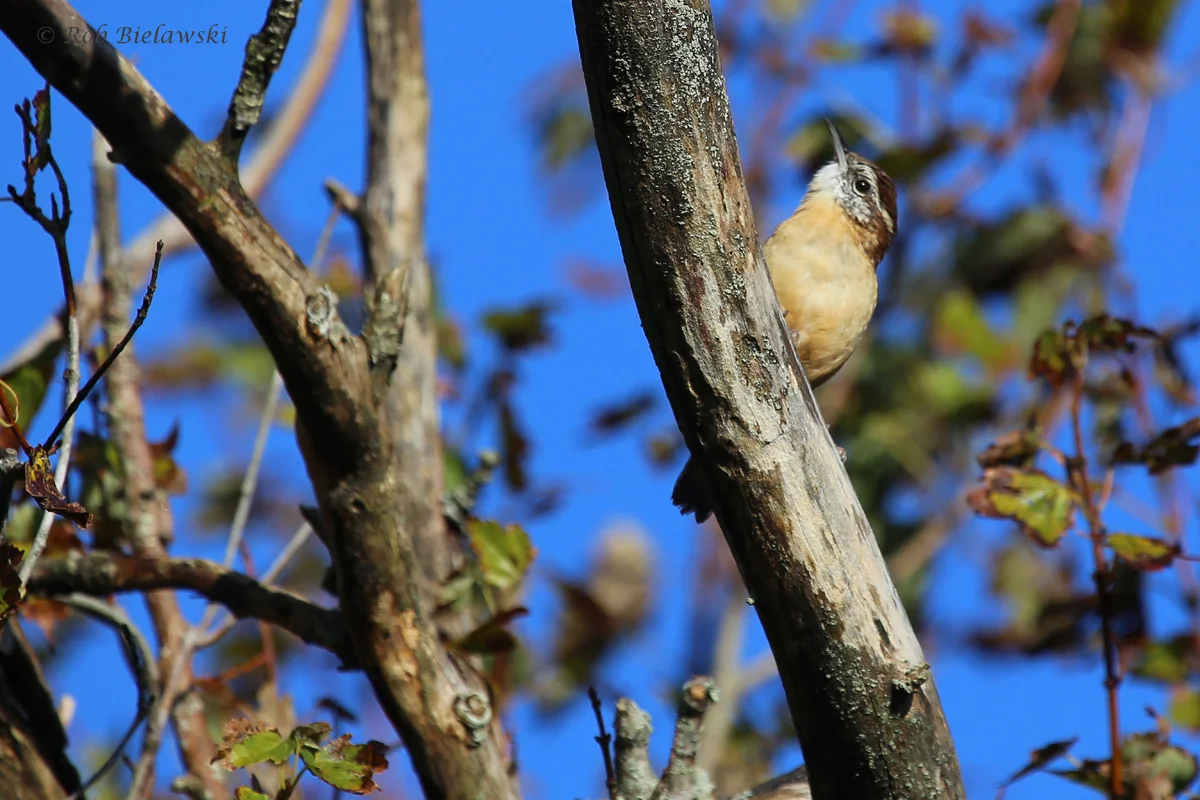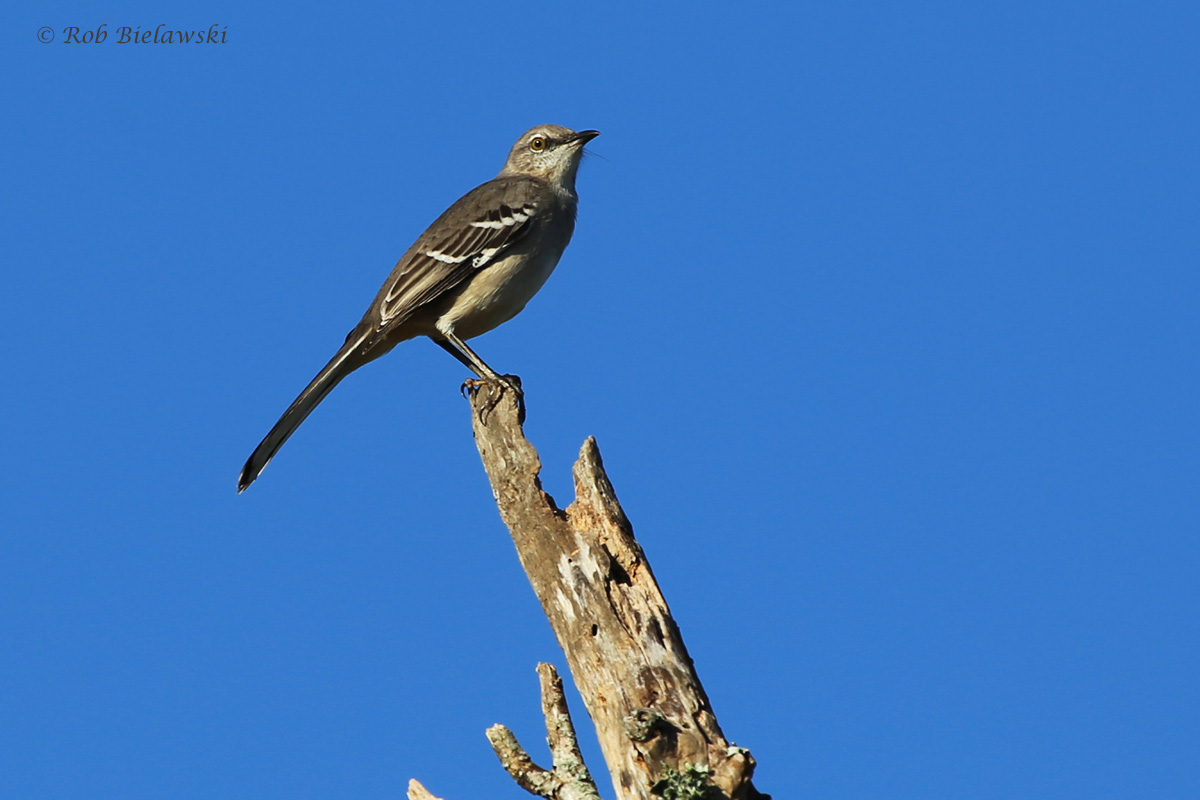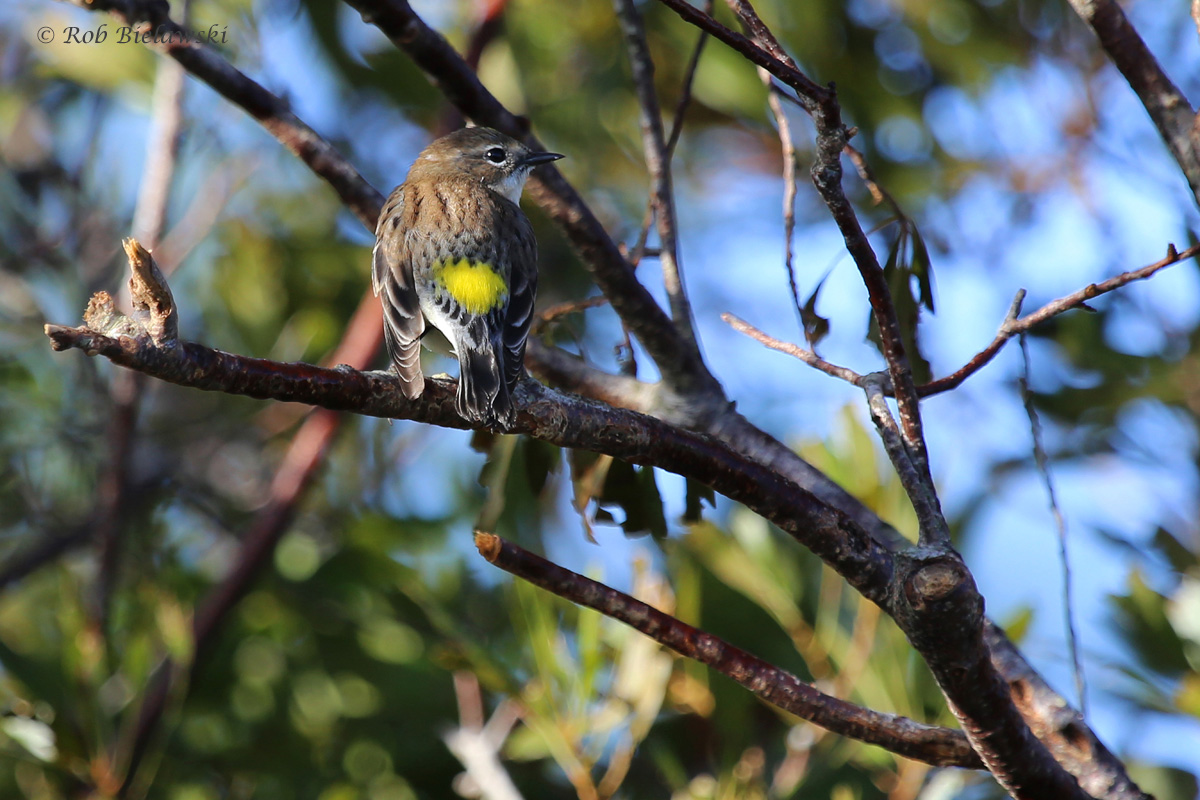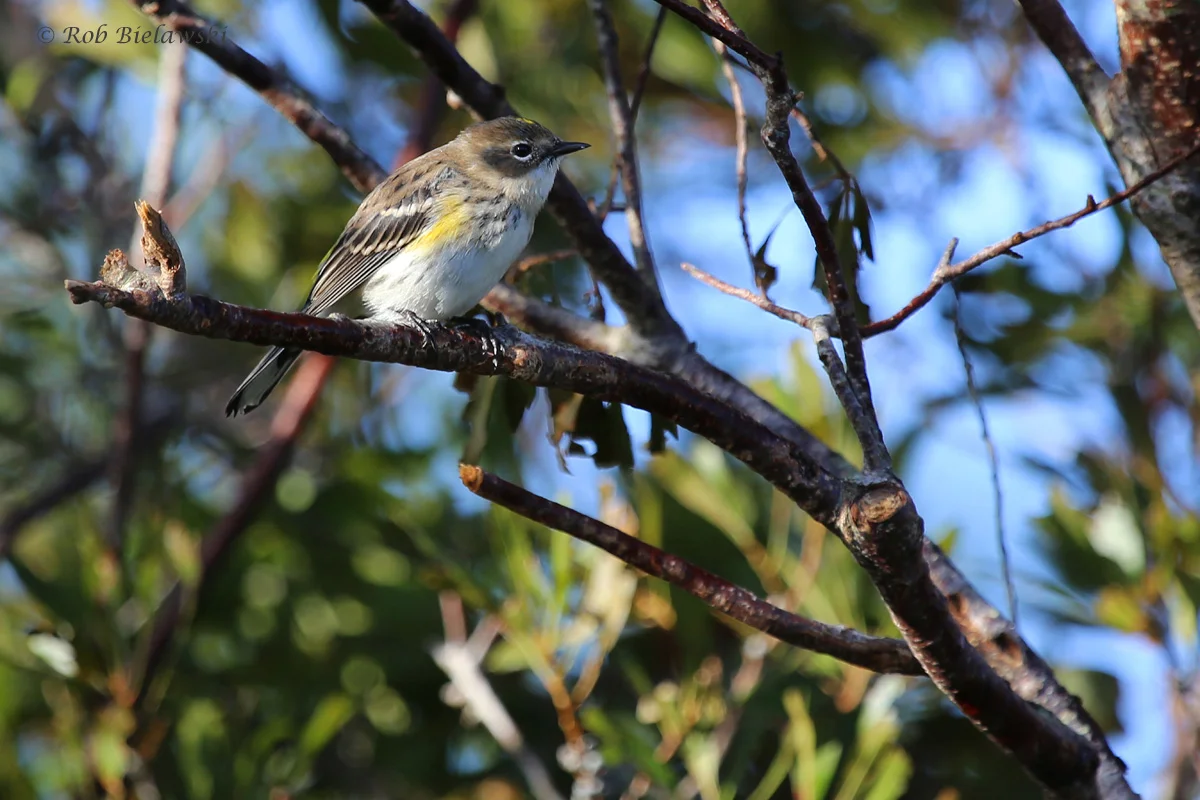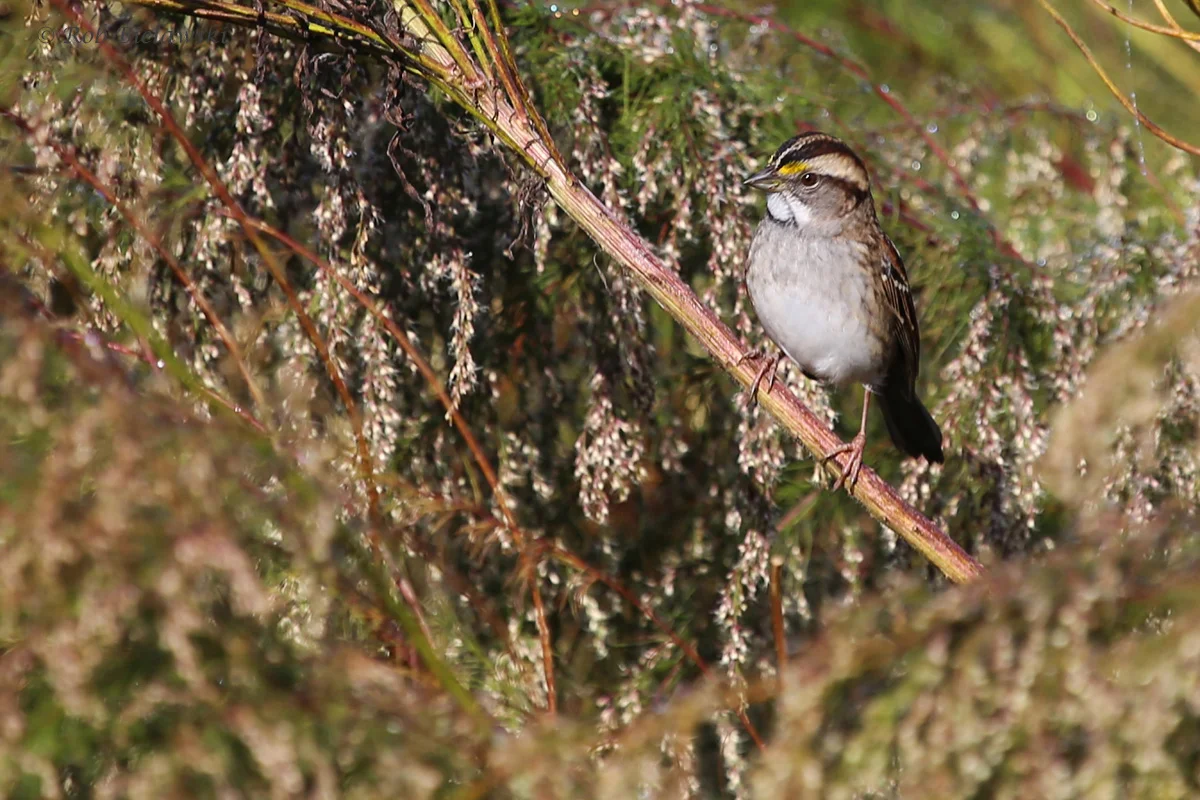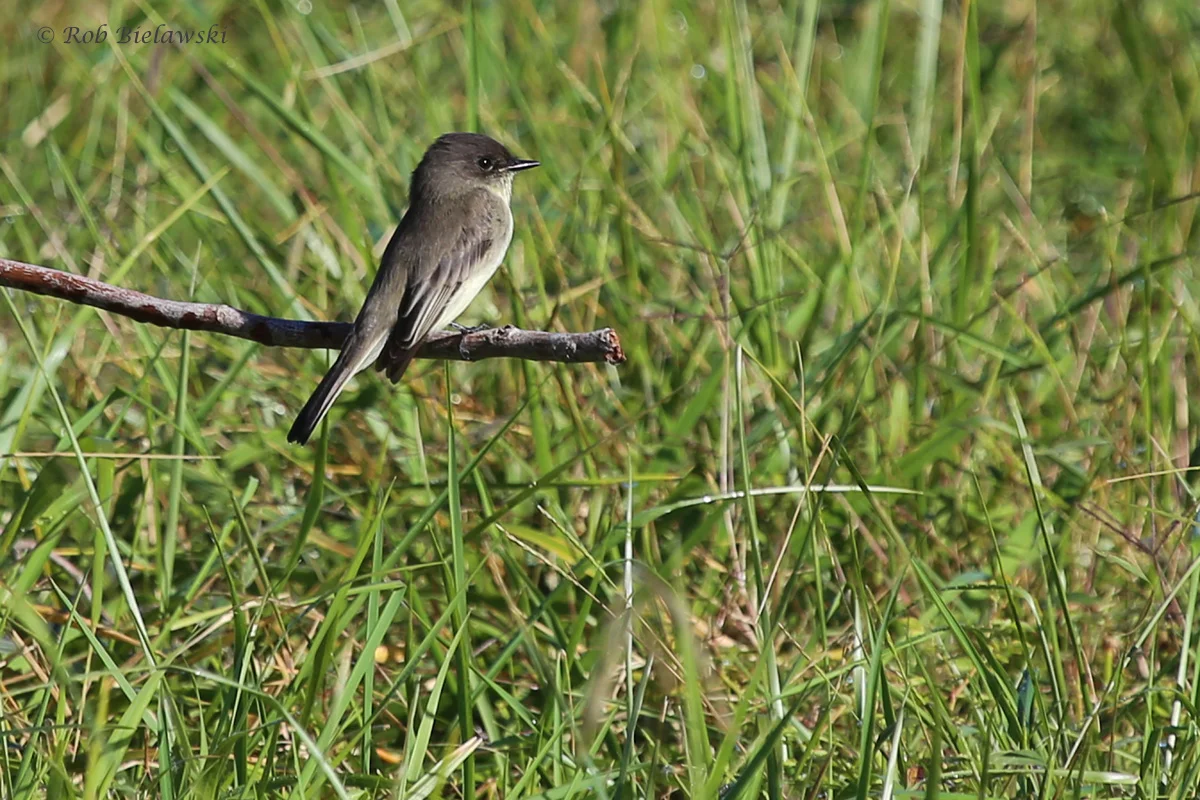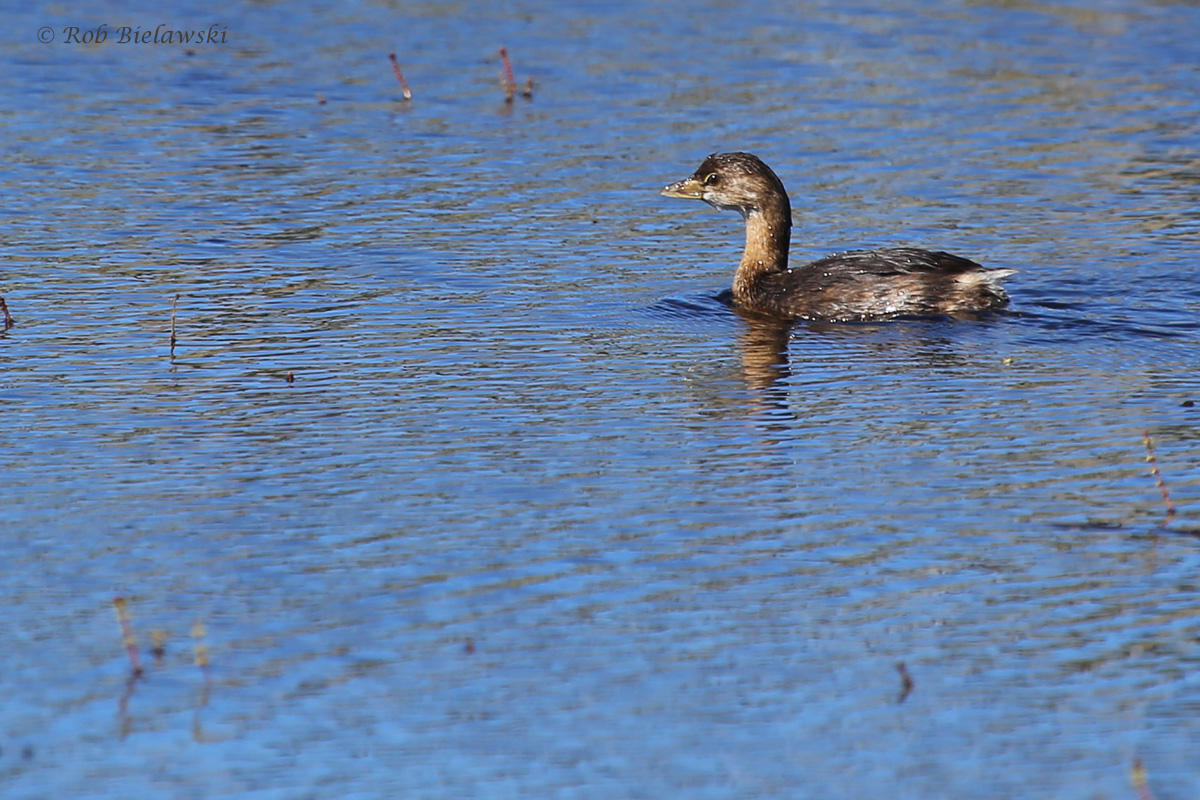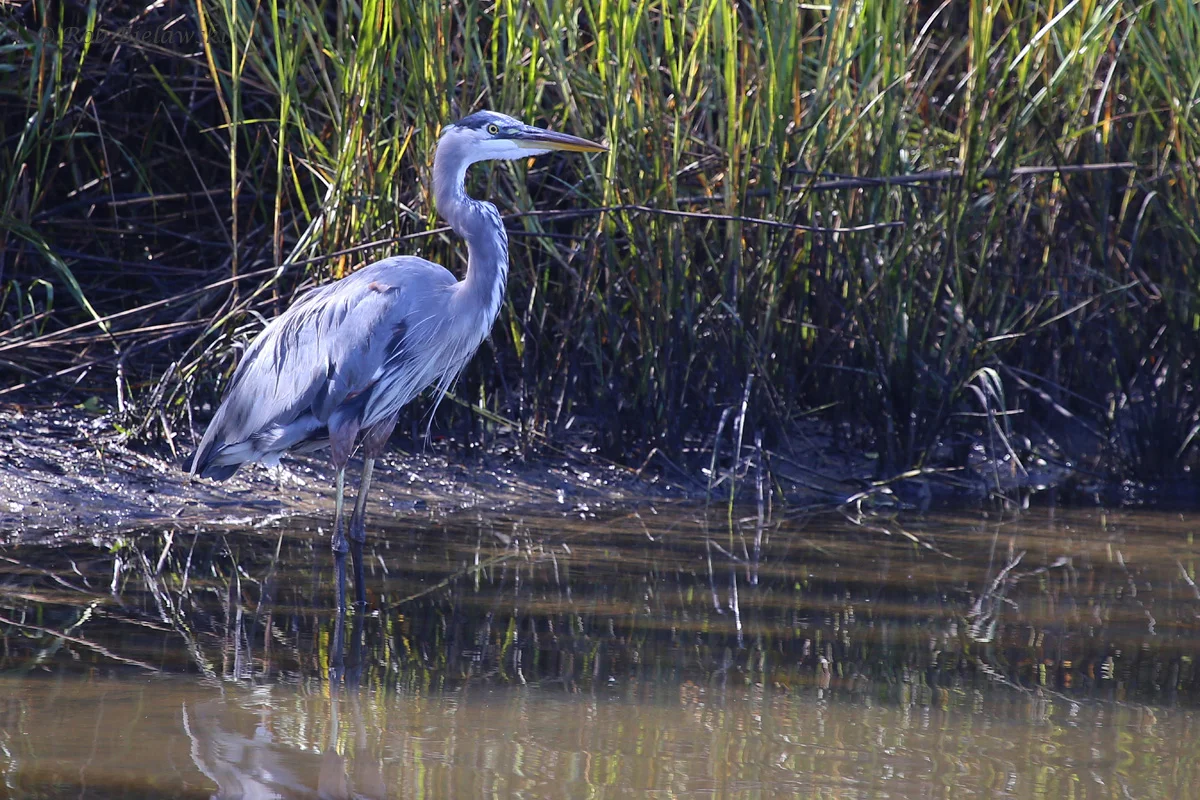Mid-November 2016 (11th-20th)
/Rarities, firsts of season finds, and late/lingering individuals were all reported in abundance this period! Top birds for Virginia Beach during mid-November included PARASITIC JAEGER, CAVE SWALLOW, SNOW BUNTING, PAINTED BUNTING, SALTMARSH SPARROW, CLAY-COLORED SPARROW and a continuing LARK SPARROW. First-of-season arrivals this period included our first-of-fall Horned Grebe & Common Eider (11 Nov), Snow Goose & Horned Lark (12 Nov), Redhead (13 Nov) and Greater Scaup & Pine Siskin (14 Nov)! Occurrences of late/lingering species included Green Heron (latest 20 Nov), Yellow-crowned Night-Heron (19 Nov), Barn Swallow (15 Nov) and Nashville Warbler (14 Nov). High counts of Laughing Gulls were again reported from Pleasure House Point’s sandbars in the Lynnhaven River estuary, Royal Terns in large numbers continue at First Landing SP, and we continue to see White-crowned Sparrow (high count of 4, all immatures) reports from Back Bay NWR. Lastly, some cryptic species, including American Bittern, Virginia Rail, Sedge Wren, Horned Lark were all observed, and hybrid American Black Duck x Mallard individuals showed up at a couple of locations. WEATHER: On 13 Nov, we all awoke to the bone-chilling reality of our first frost of the season! Mid-November’s average daily high temperatures continued to (expectedly) fall, dropping to 60.8 degrees F (-3.5 degrees from the early November period); the average daytime lows also continued the downward trend, falling to 37.8 degrees F (a whopping -7.9 degrees). The previous 10-year average daily highs & lows for the mid-November period were 61.1 & 44.9 degrees F, respectively which puts this period in 2016 at -0.3 (very near average), and -7.1 degrees (very far off average) when comparing to the averages. During the previous 10-year period, the maximum average daily highs & lows were 68.2 (2015) & 52.5 degrees F (2009. Conditions remained very dry throughout the period, with only one day producing rainfall to the tune of 0.06 inches.
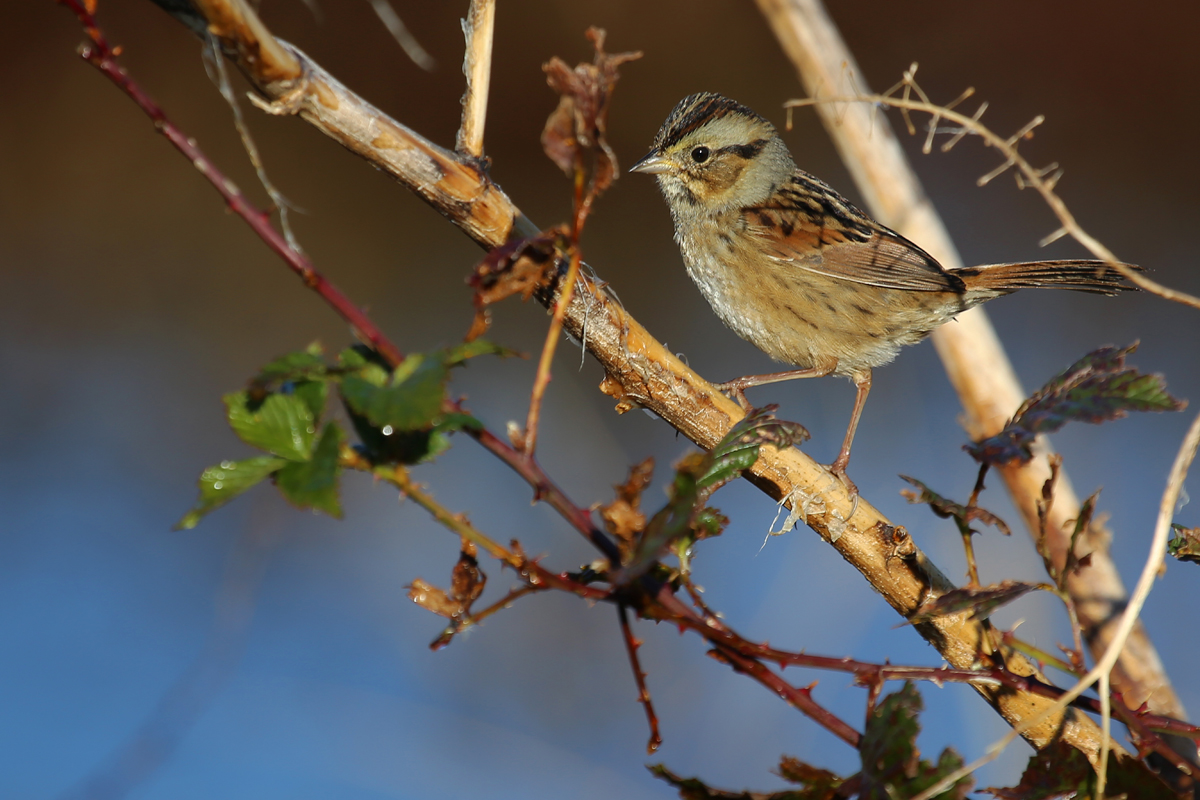
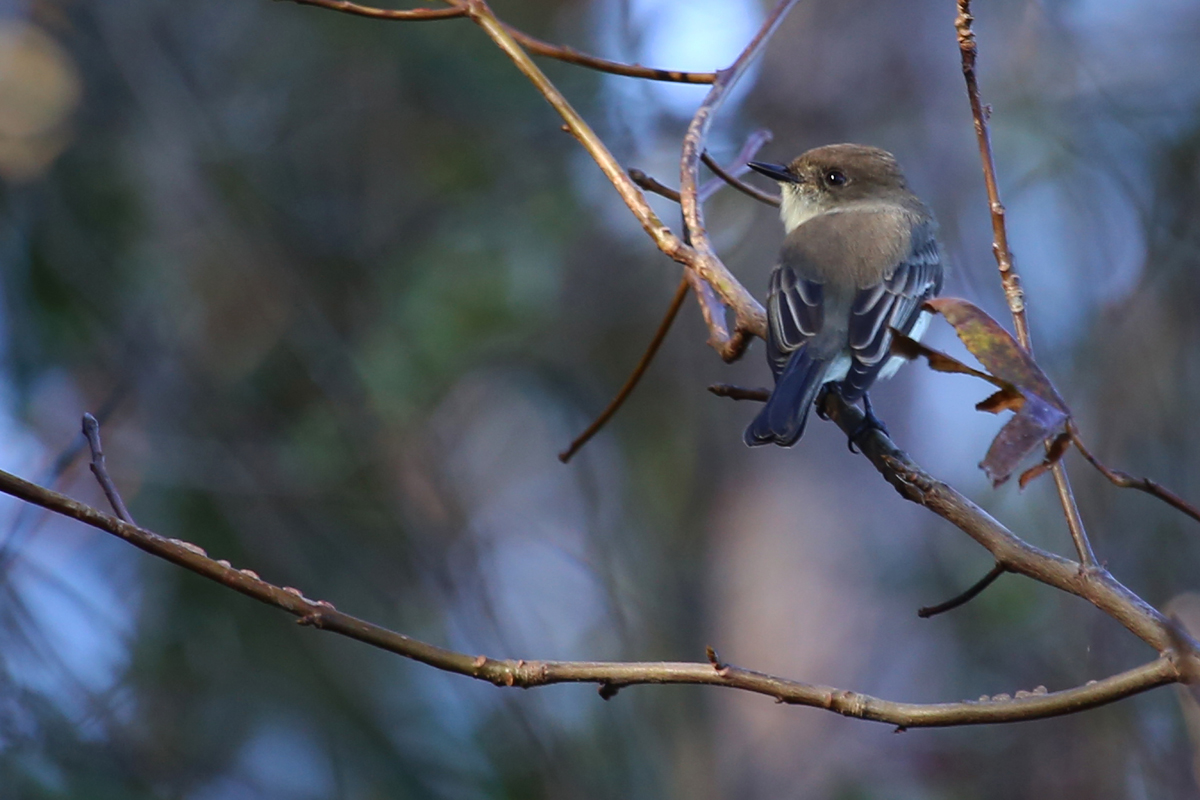
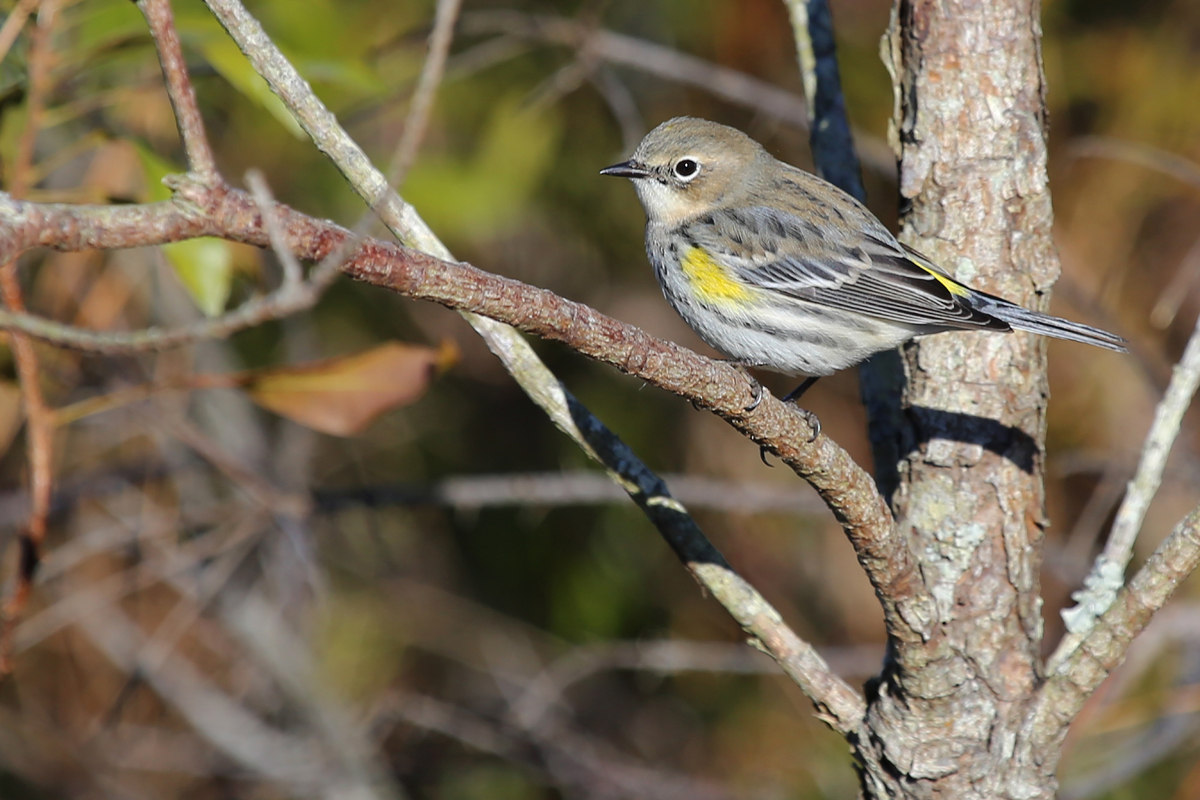
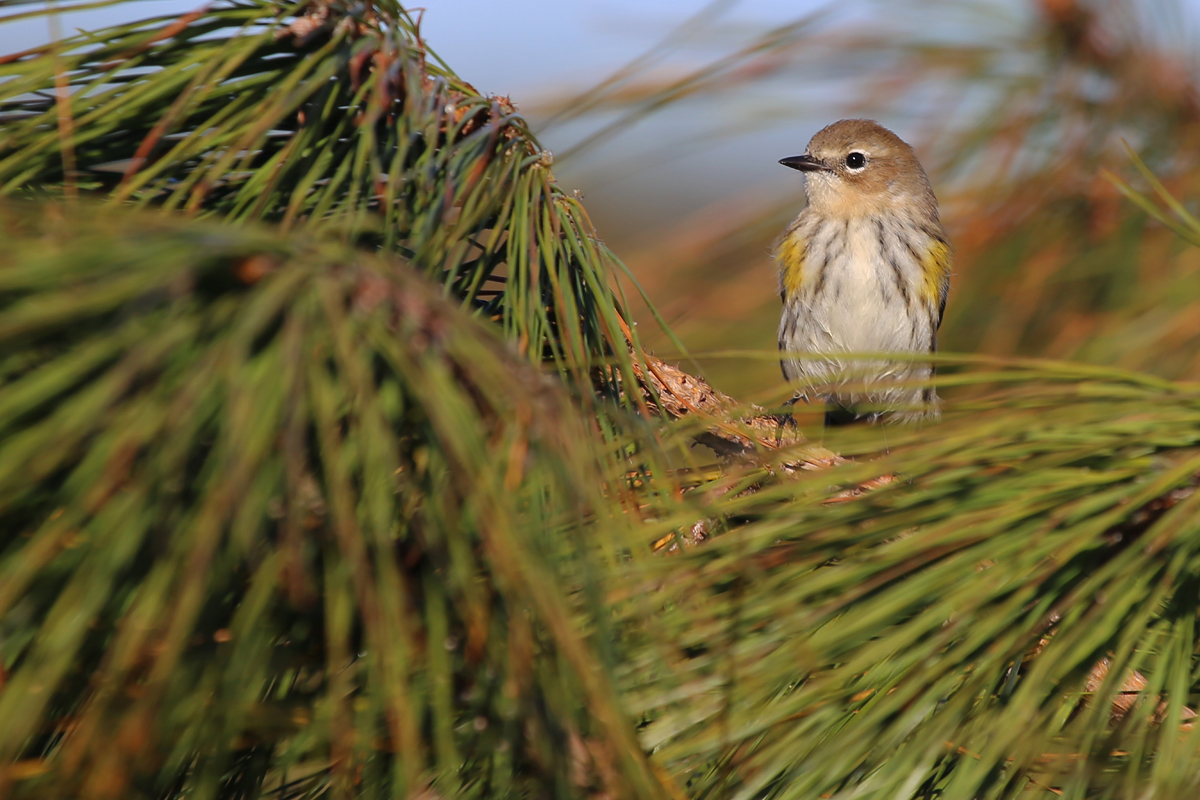
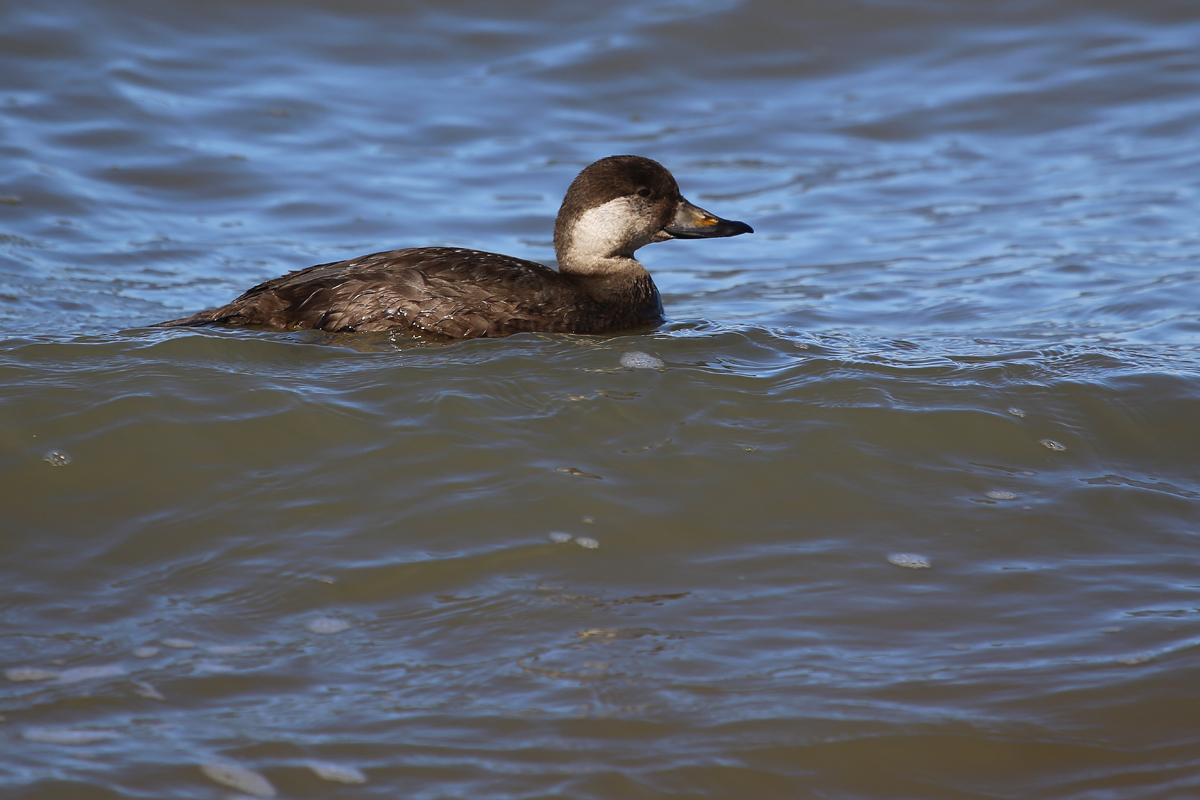
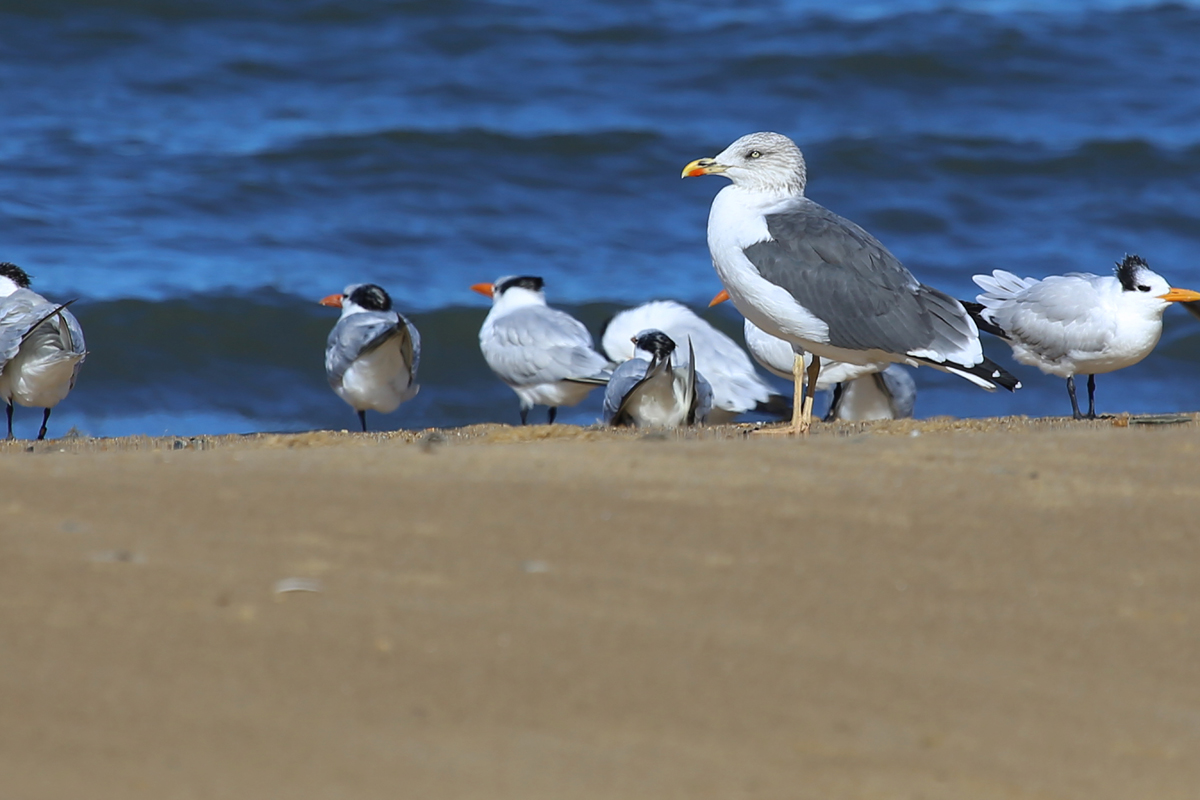
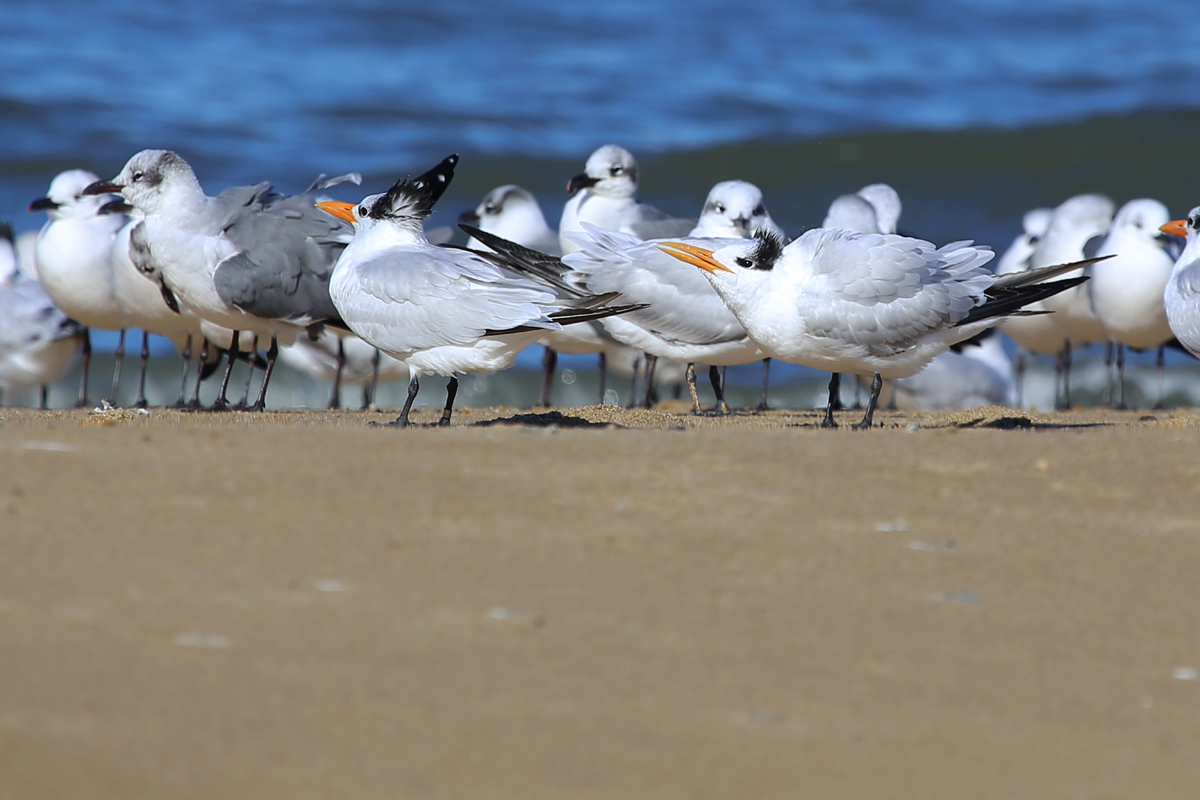
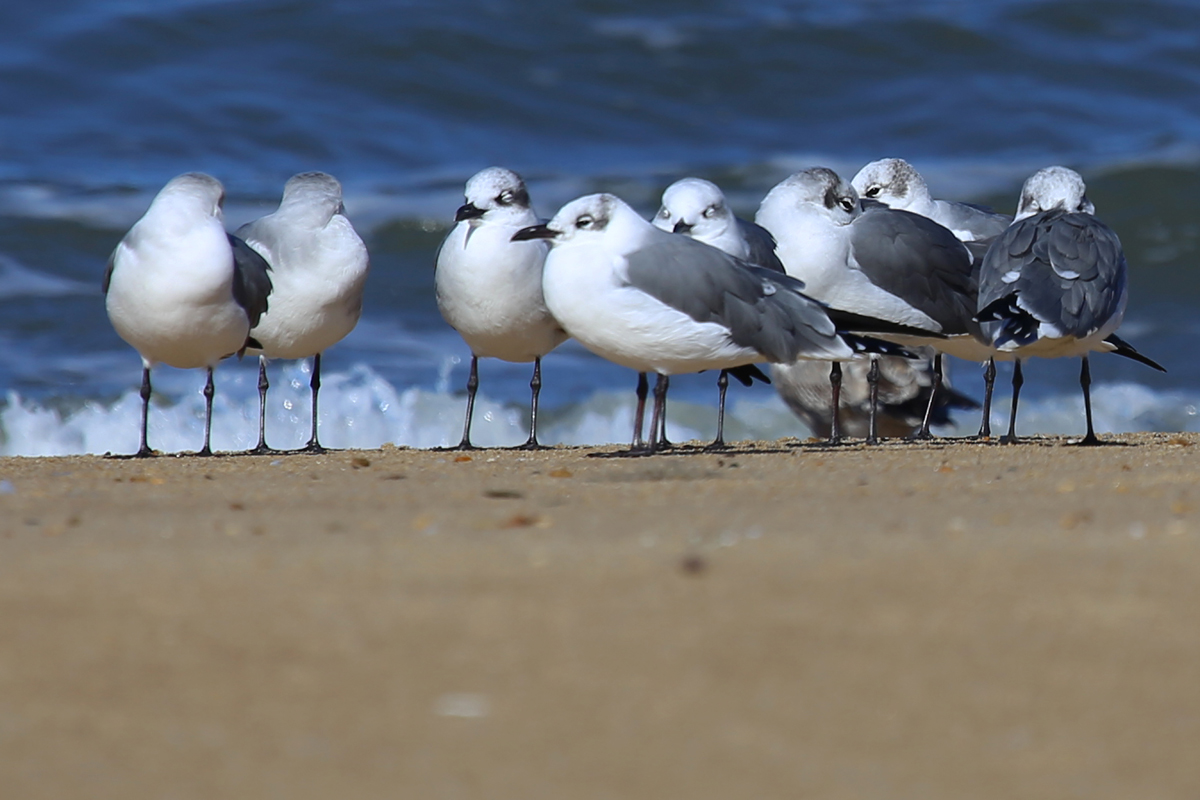
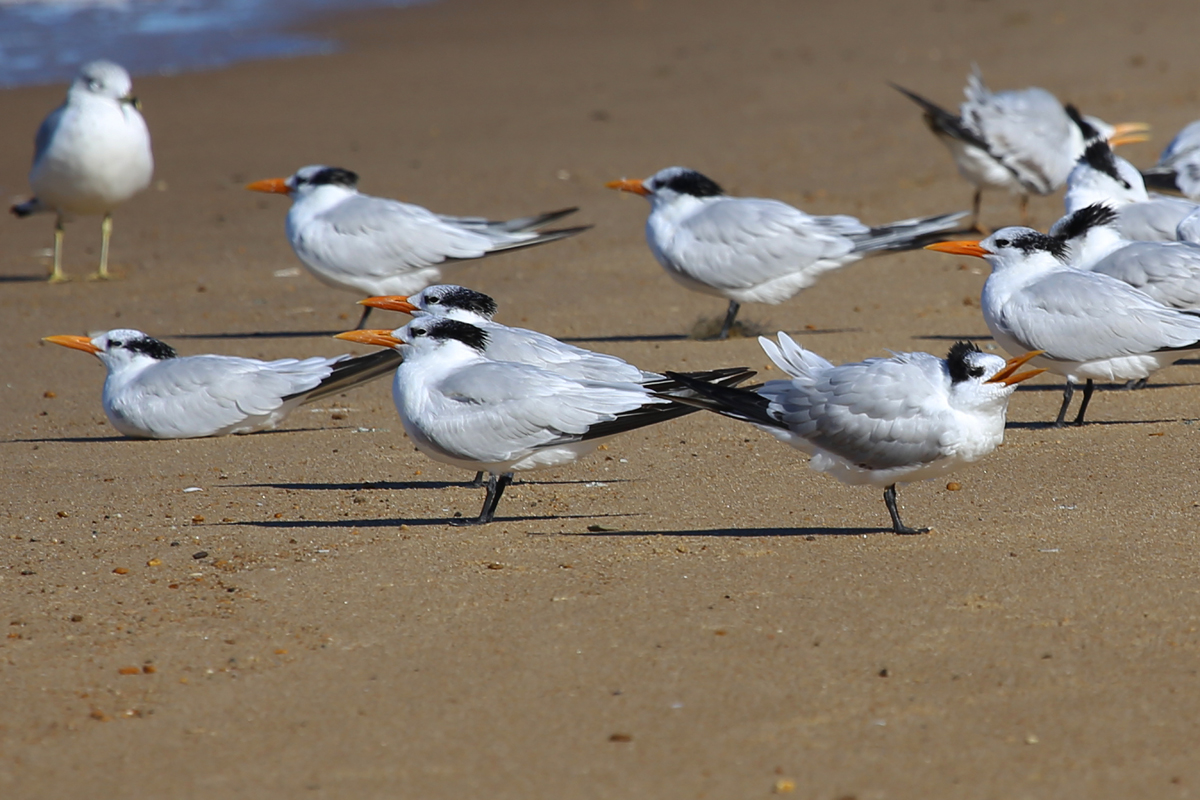
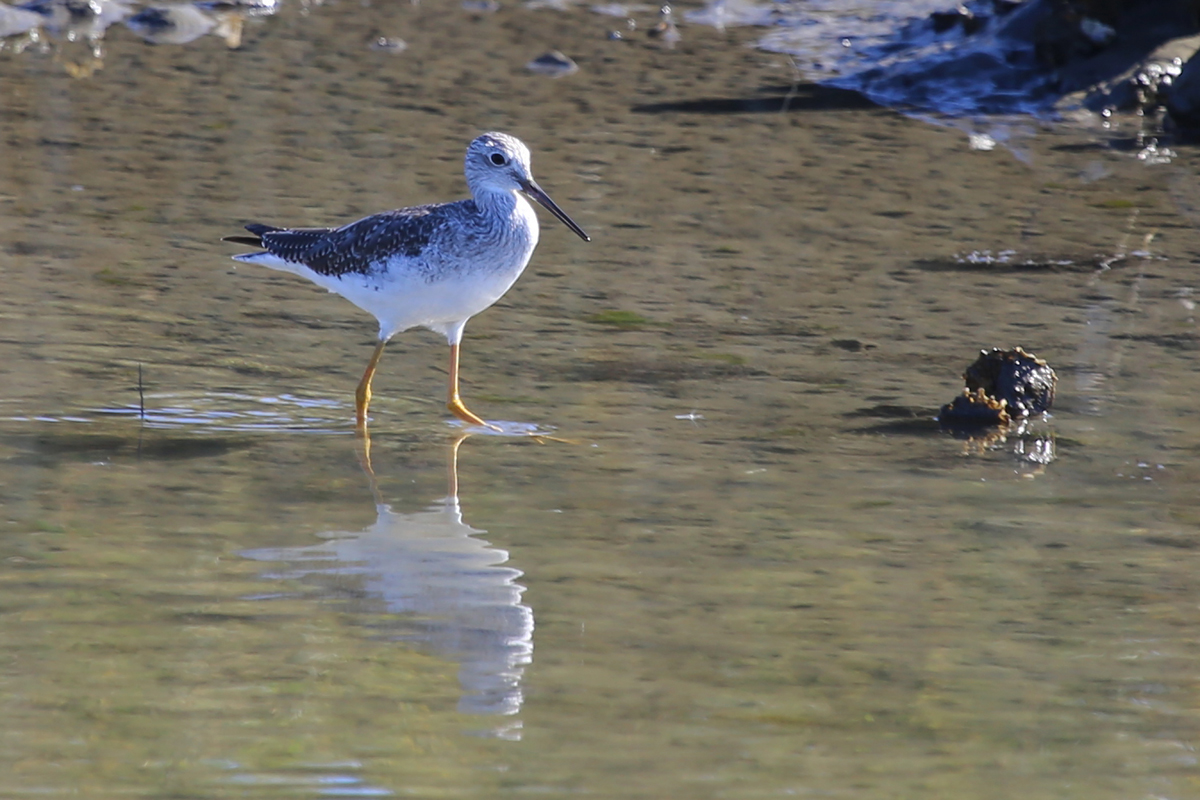
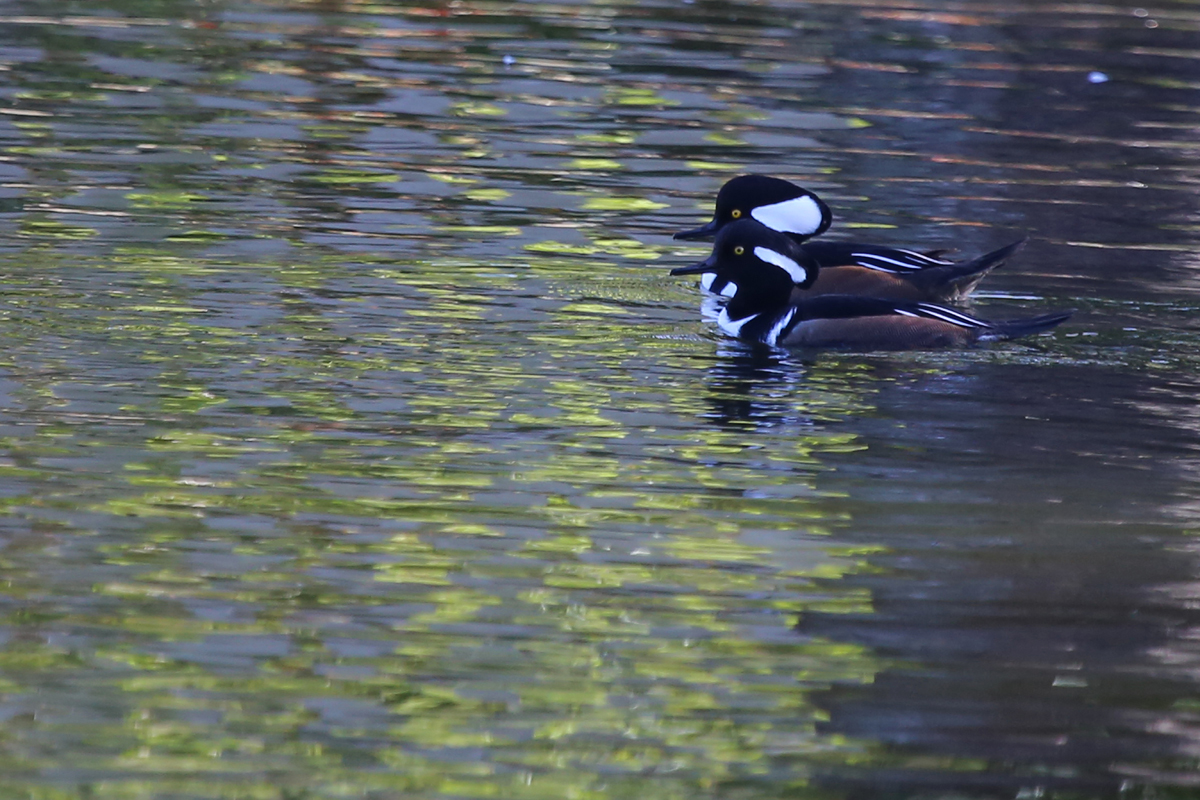
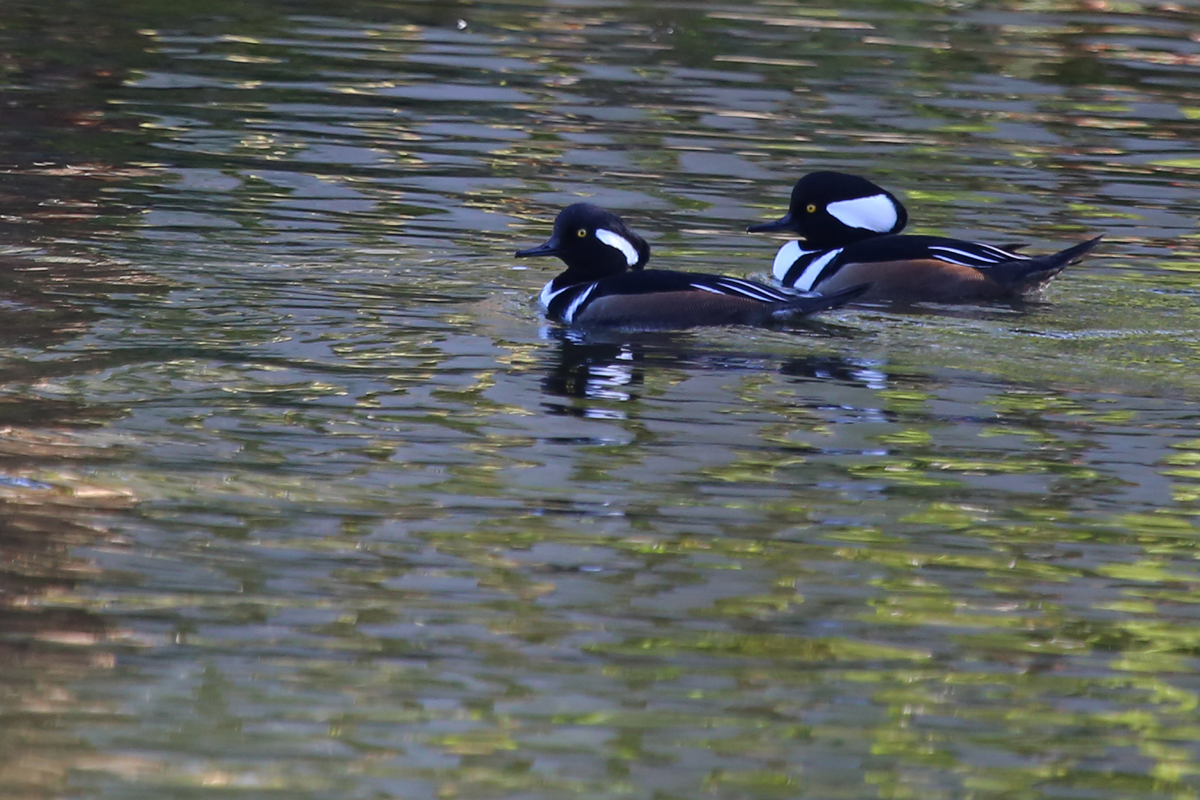
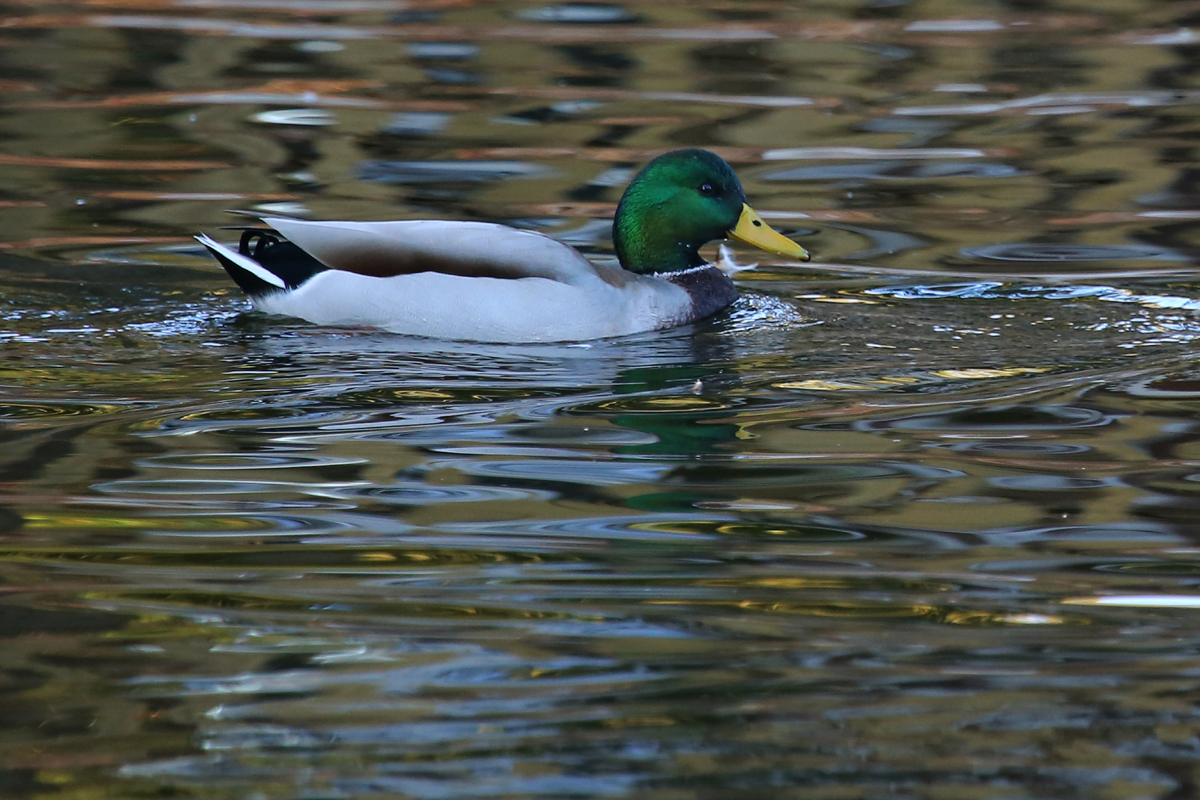

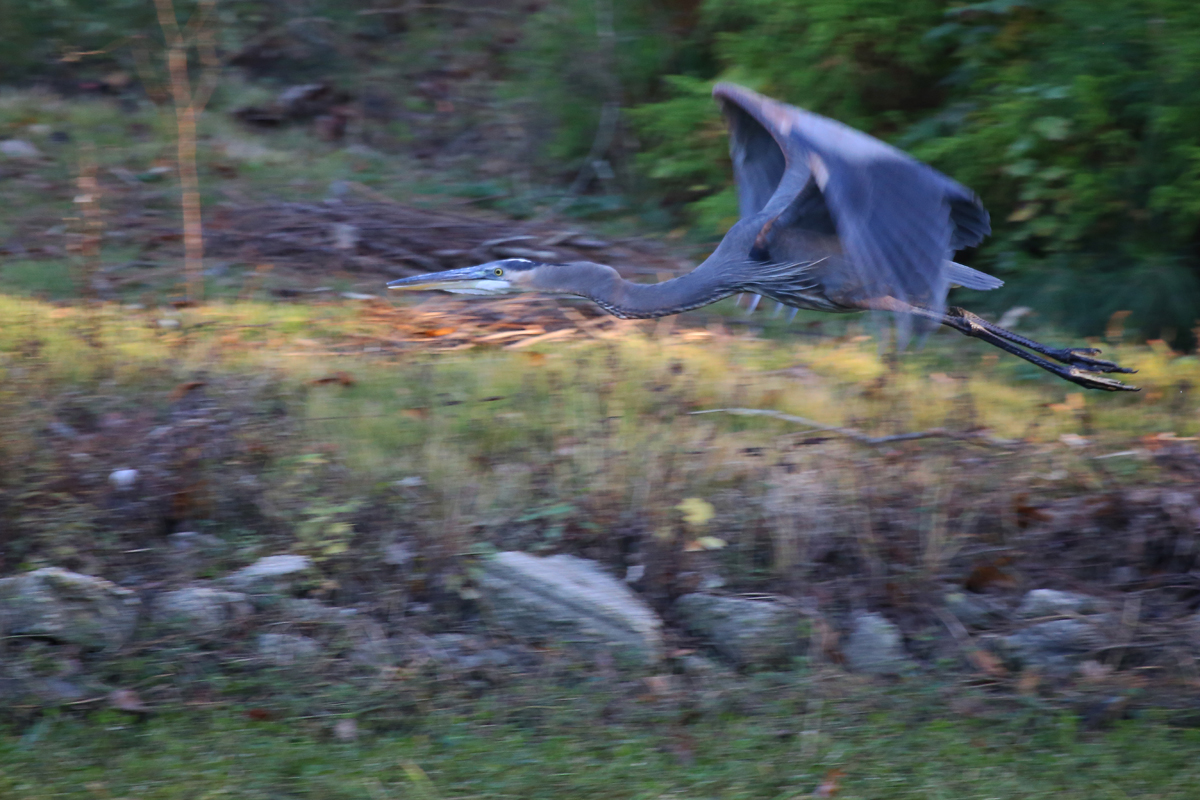
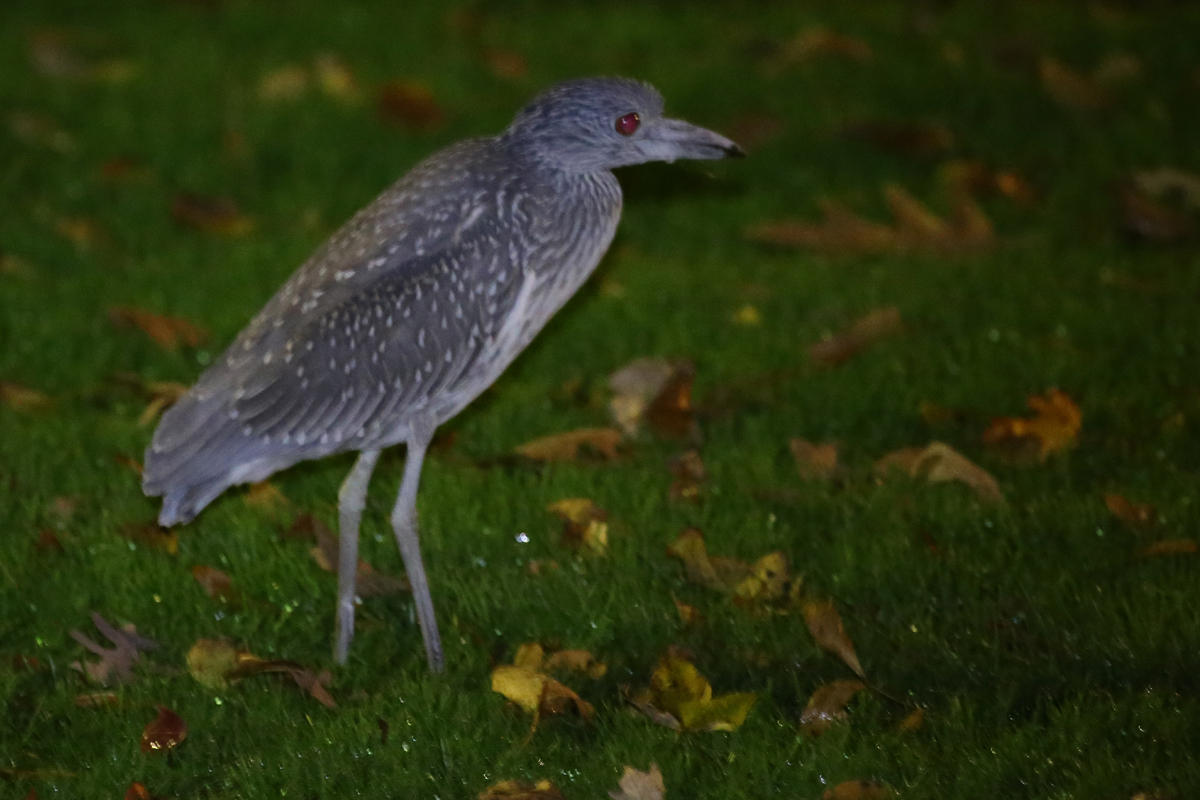
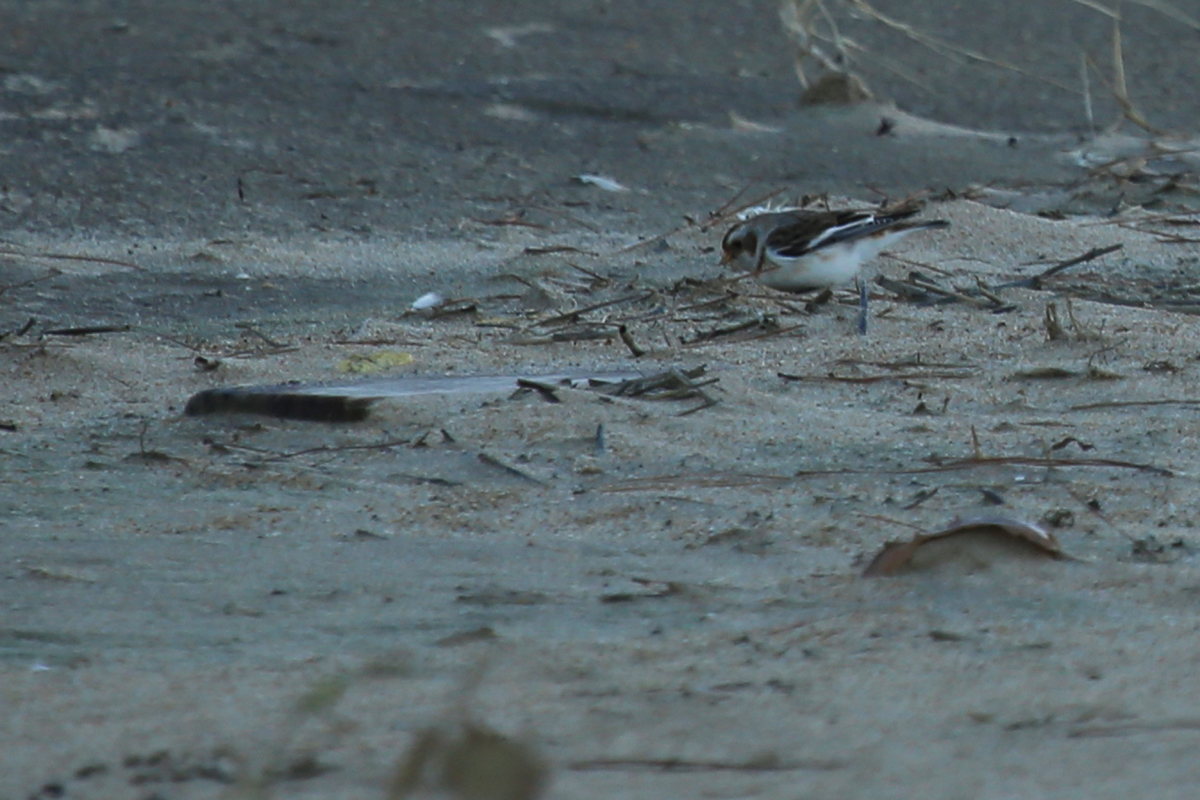
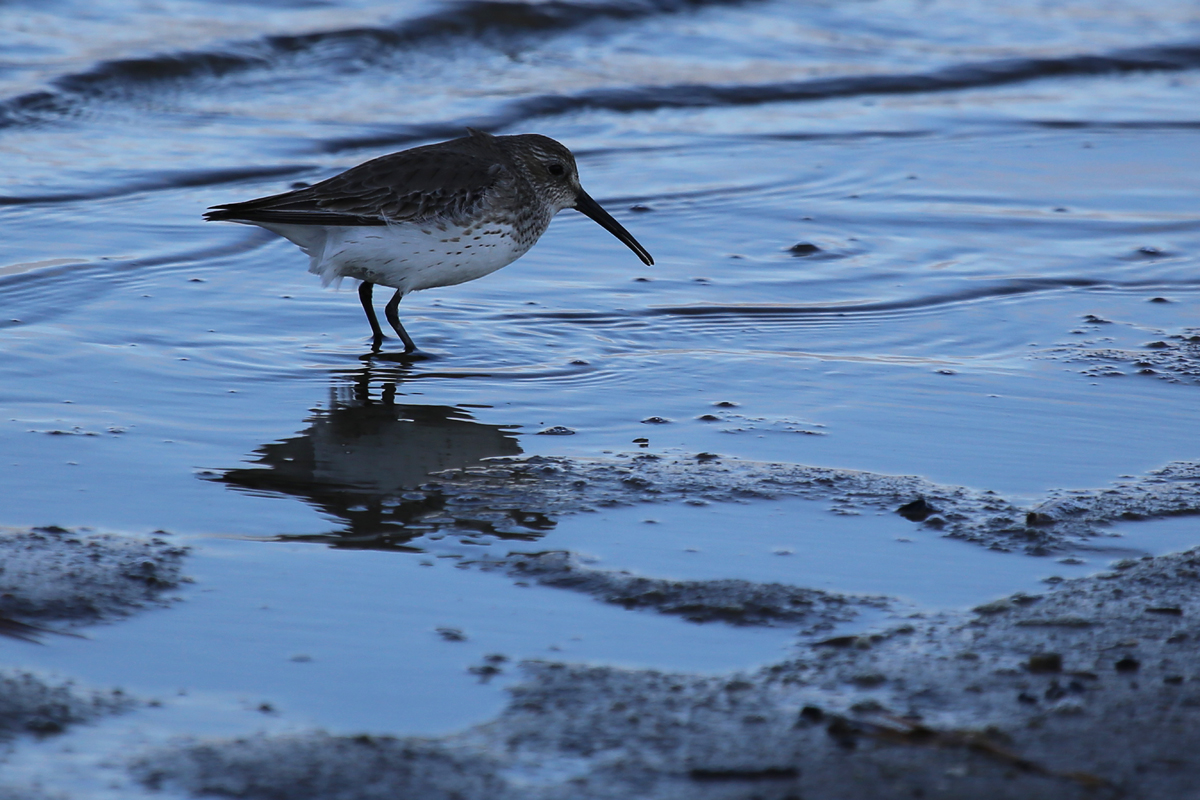
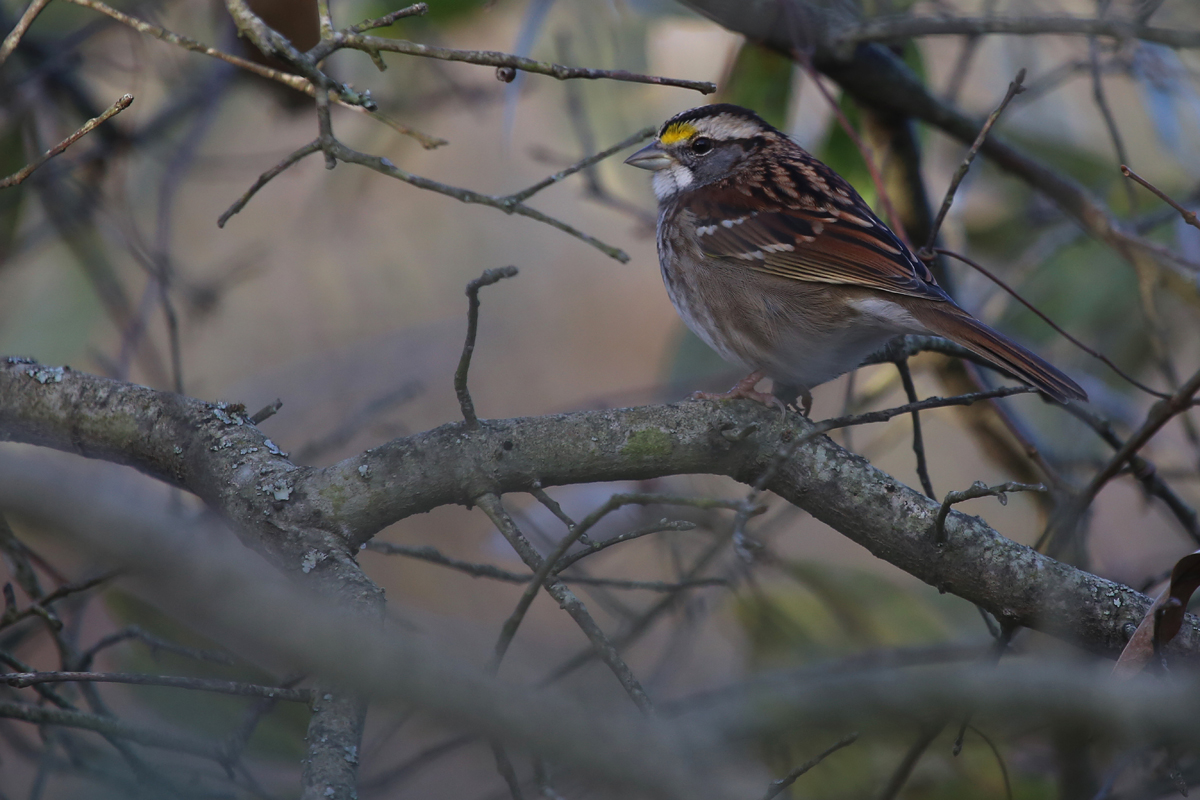
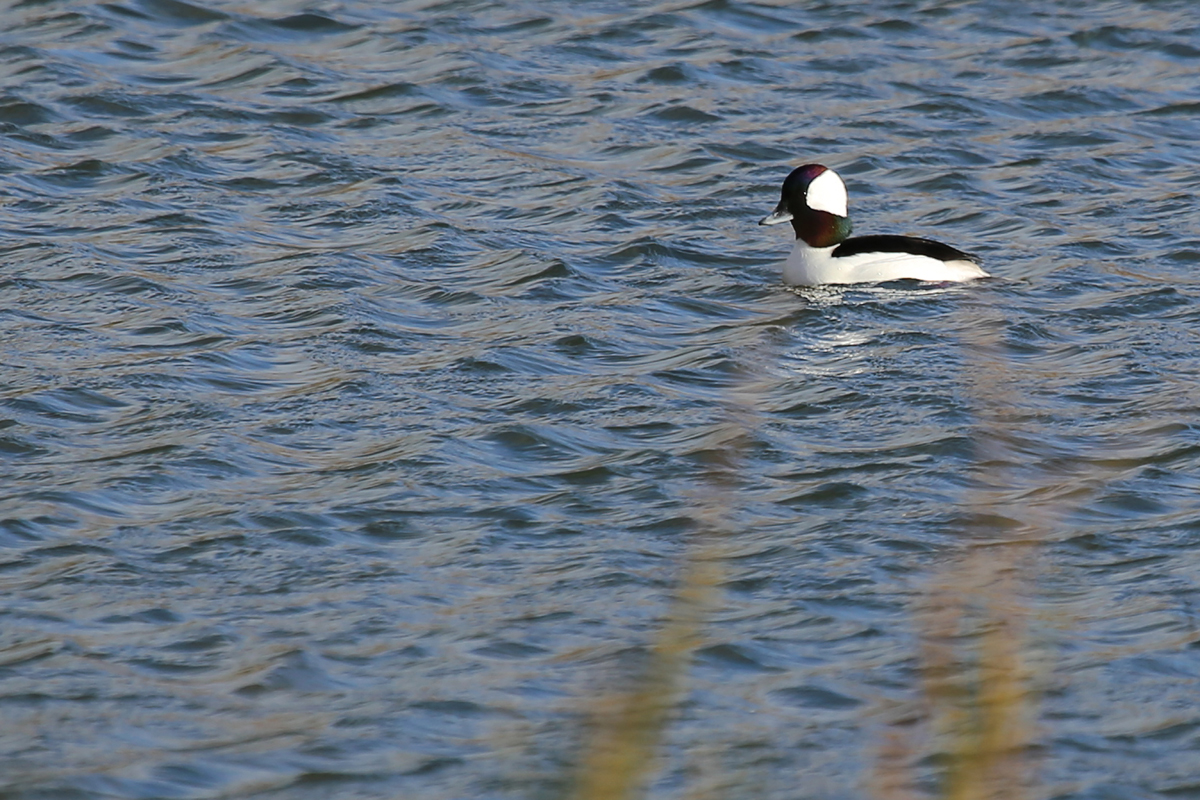
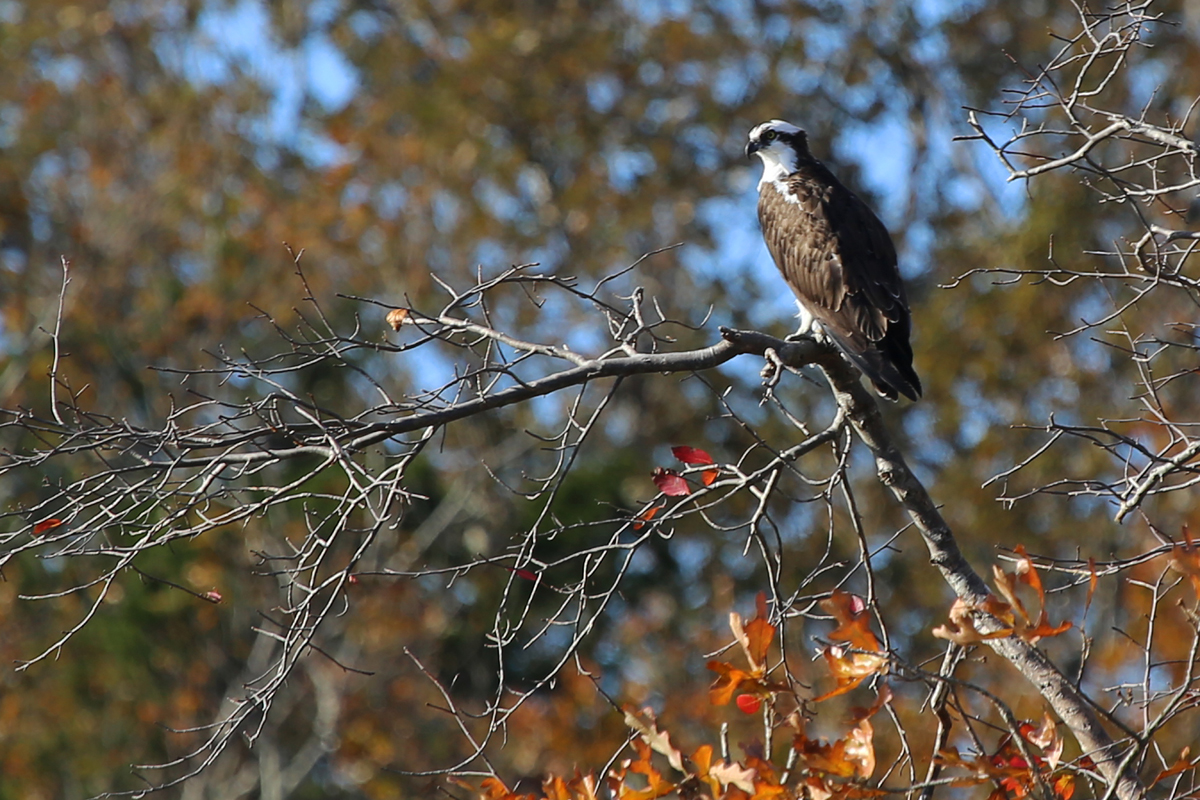
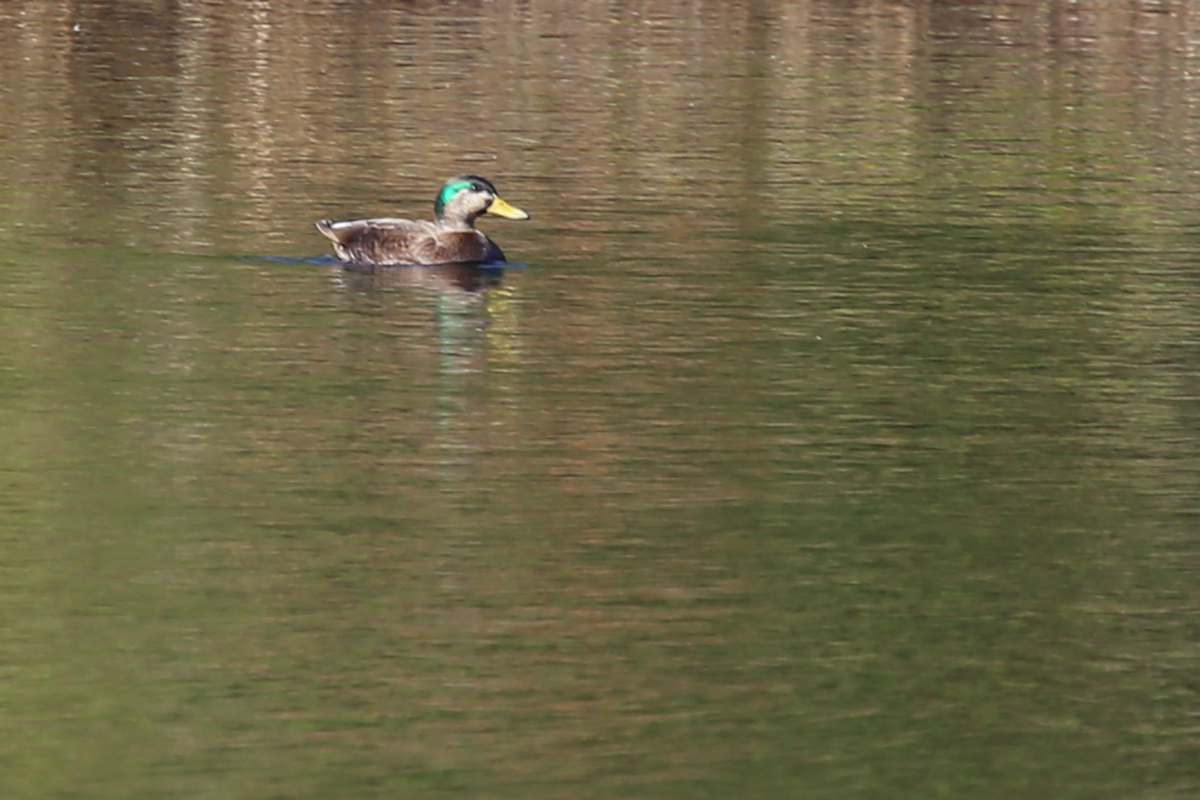
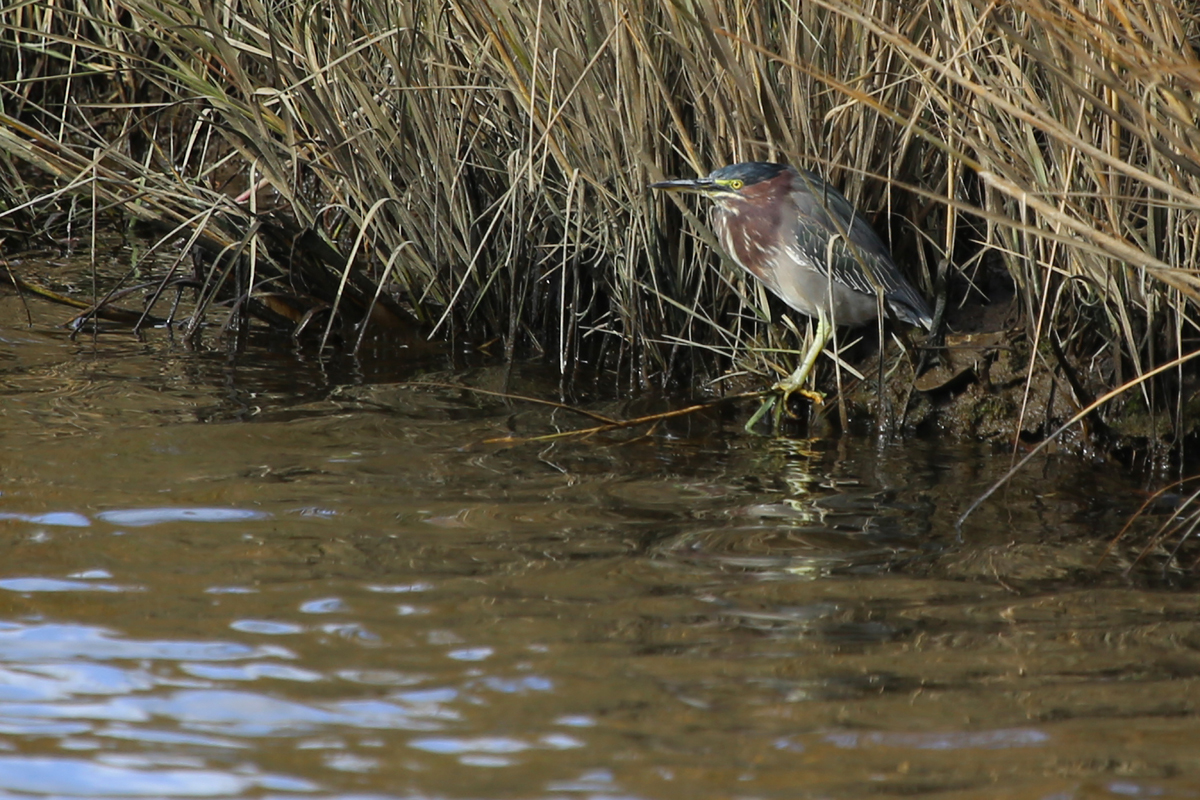
OBSERVATIONS: First off, this was an exciting period due to the fact that we saw the number of eBird reports for Virginia Beach eclipse the 5,000 mark for 2016! We still submit a considerably lower volume of reports than Fairfax County, which is the most active eBirding county in the state, but 2016 has seen a great increase over past years here. We live and bird in one of, if not, the most exciting area of the state given our proximity to the ocean and it is great to see more folks embracing eBird as a means for sharing information on birding trips. The beginning of the period saw many birders from out of the area crossing through Virginia Beach en route to observe the vagrant Scissor-tailed Flycatcher that was present in Northampton County through the evening of 11 Nov, and also to take part in the annual Rarity Roundup set for Saturday, 12 Nov. As a result of these occurrences, a CLAY-COLORED SPARROW was detected during the morning of 11 Nov at the first island (“South Thimble Island”) of the Chesapeake Bay Bridge-Tunnel (Jacob Farmer & Andrew Thornton). Though this individual stayed at the location only for the day, it was observed/photographed by many others including: Ellison Orcutt, Arun Bose, James Fox, Lee Adams, Wendy Ealding, Jason Strickland, Elizabeth Wilkins, Matt Anthony, Wes Teets & Abby Walter, and Courtney Check, Megan Massa & Nicholas Newberry. This now makes at least 5 Clay-colored Sparrows that have been reported in Virginia Beach during the fall season, which is more than any other year as far as eBird data is concerned. As with last period, the LARK SPARROW (ph. Linda Chittum) first logged 23 Oct, continued to be reported at Back Bay NWR, at least through 17 Nov (Mary Catherine Miguez). During the period, it was also observed/photographed by: Andrew Baldelli (11 Nov), Linda Chittum (13 Nov), the Old Dominion University BIO422 field ornithology class (15 Nov), Mary Catherine Miguez (15 Nov) and Mike Collins (16 Nov). Rarely viewable or identifiable from shore, a PARASITIC JAEGER was observed on 11 Nov (Fort Story / Andrew Baldelli & Linda Chittum), making it the first of season to be logged in Virginia Beach. Also due to a participant traveling en route to the Rarity Roundup in adjacent Northampton County, a BLACK-LEGGED KITTIWAKE was found on South Thimble Island (12 Nov / Paul Glass). This individual is the first for the county since 3 Sep as Tropical Storm Hermine brushed our coastline, and sent one cruising past the island for the slew of hopeful “storm birders” to see. On 16 Nov, a MYIARCHUS FLYCATCHER was observed near Lake Windsor (Lisa Rose), and while the photographs may not be verifiable to species, the likely “culprit” at this date is ASH-THROATED FLYCATCHER. The very similar Great Crested Flycatcher, a common transient & summer resident throughout Virginia Beach, has not been reported to eBird north of Florida during the entire month of November. Dusky-capped & Brown-crested Flycatchers are species for which Virginia has no confirmed records, but are apparently thought to be possibilities. However, given that the “most common” expectation at this date, and location, would be Ash-throated, even if Myiarchus sp. is the best identification that can be made, it is still an important find. Probably a separate individual from one seen earlier at Back Bay NWR, another female PAINTED BUNTING was reported at a backyard feeder on 14 Nov (Davenport Ln. / Tommy Maloney). Over at Pleasure House Point NA, a SALTMARSH SPARROW was observed on 16 Nov (Jeff Blalock) and another, or possibly the same individual was found on 19 Nov (James Marcum). A notoriously difficult species to differentiate from the extremely similar (and seemingly much more common here) Nelson’s Sparrow, we don’t see many Saltmarsh reports each year, though they are likely present at all times, just cryptically staying out of sight, or popping up too quickly for field marks to be readily visible. While out birding the beach at First Landing SP, a group of 5 SNOW BUNTINGS was discovered on 19 Nov (Andrew Baldelli), and thanks to spreading the word quickly, the group (only 4) was documented again the following day, 20 Nov (Rob Bielawski, Michelle Payne, Lisa Rose, Jason Strickland and later Mary Catherine Miguez). Snow Buntings are a species that might very well be present along the duneline of the immediate coast each winter. However, the last time they were logged in Virginia Beach was on 15 Jan 2015 when 6 were found during a survey by Robert Ake & Rebecca Walawender at False Cape SP/Back Bay NWR. Hopefully, this group is just a taste of more to come this winter, and birders should pay close attention to any bunting groups, with the possibility of Lapland Longspurs also being mixed in (3 were at Grandview NP in Hampton this past week). Very close to where the Snow Buntings were found, over at Fort Story a group of 5 CAVE SWALLOWS also passed by on 20 Nov (Andrew Baldelli & Tracy Tate), with 2 being seen later in the day (Mary Catherine Miguez). This is another species that has been making shifts in their late fall/early winter range east and north up the East Coast in recent years. Many were observed last year about this time, and any swallows that don’t appear to be Tree Swallows at this point in the year should be heavily scrutinized. First-of-season arrivals (all within normal expectations) this period included at least 6 Horned Grebes (11 Nov / Fort Story / Andrew Baldelli & Linda Chittum), a photographically-documented Common Eider (11 Nov / South Thimble Island / Elizabeth Wilkins), a flock of 16 Snow Geese (12 Nov / Back Bay NWR / Jessica Setter), 7 Horned Lark (12 Nov / Ashville Park / Mary Catherine Miguez), 4 Redheads (13 Nov / Back Bay NWR / Andrew Baldelli), 6 Greater Scaup (14 Nov / First Landing SP / Tracy Tate) and a single Pine Siskin (14 Nov / Davneport Ln. / Tommy Maloney). In addition to the first arrivals, we had some species reported this period that have now passed their expected dates of departure, making them late lingerers. Included among this group was a single Green Heron (20 Nov / Pleasure House Point / Rob Bielawski, Michelle Payne, Lisa Rose & Jason Strickland), which is the latest date during the calendar year for which eBird has a record of this species in Virginia Beach! Also, a juvenile Yellow-crowned Night-Heron (19 Nov / Oxford Dr. / obs. Ruth Bielawski, ph. Rob Bielawski) is likely to be the same individual sighted at this location 5 Nov under similar circumstances (night-time drive down a residential street. For some perspective, last year our final Yellow-crowned Night-Heron sighting occurred on 27 Oct, so we are almost a full month beyond that date. Also late, a Nashville Warbler was reported on 14 Nov (Davneport Ln. / Tommy Maloney). There were several occurrences of this species north of us during the period, and it seems stragglers have hung around pretty late this year. Lastly, reports of 1 to 8 Barn Swallows were input by students of the ODU BIO422 field trip to Back Bay NWR on 15 Nov, with most noting the forked tail that gives a clue to this species identity over the expected Tree Swallows present throughout the winter. In closing, quite a few other sightings warrant mention, including: a leucistic Yellow-rumped Warbler at Back Bay NWR that may be the same individual observed last winter here, up to 2 American Bitterns being reported by various individuals at Princess Anne WMA, Pleasure House Point NA, and Back Bay NWR, a Virginia Rail and a pair of Sedge Wrens (13 Nov / Back Bay NWR/ Linda Chittum), a group of 10 Horned Larks present at Ashville Park (12-15 Nov / ph. Mary Catherine Miguez), a three-nuthatch checklist at First Landing SP (16 Nov / Kathy Spencer), high counts of 4 White-crowned Sparrows at Back Bay NWR (15 Nov / Mary Catherine Miguez), a pair of “Ipswich” Savannah Sparrows at First Landing SP (20 Nov / Mary Catherine Miguez), and an American Black Duck x Mallard hybrid at Pleasure House Point (20 Nov / Rob Bielawski, Michelle Payne, Lisa Rose & Jason Strickland), with at least one other individual present at Kings Grant Lake (Rob Bielawski and Loretta Silvia).
SPECIES DOCUMENTED BY MEDIA and submitted to eBird for Virginia Beach during this period included: 11 NOV – LARK SPARROW (Back Bay NWR / Linda Chittum); CLAY-COLORED SPARROW (South Thimble Island / Andrew Thornton); CLAY-COLORED SPARROW (South Thimble Island / Arun Bose); Yellow-bellied Sapsucker, Pileated Woodpecker, American Crow & American Robin (Great Neck Park / Loretta Silvia); CLAY-COLORED SPARROW (South Thimble Island / James Fox); CLAY-COLORED SPARROW (South Thimble Island / Lee Adams); CLAY-COLORED SPARROW (South Thimble Island / Jason Strickland); Common Eider & CLAY-COLORED SPARROW (South Thimble Island / Elizabeth Wilkins); CLAY-COLORED SPARROW (South Thimble Island / Matt Anthony). 12 NOV – Surf Scoter & Song Sparrow (South Thimble Island / Tamara Conklin); Northern Harrier & Savannah Sparrow (Ashville Park / Mary Catherine Miguez). 13 NOV – Carolina Wren (Laurel Cove Dr. / Loretta Silvia); Eastern Phoebe, Northern Mockingbird, Yellow-rumped Warbler & Swamp Sparrow (Princess Anne WMA / Rob Bielawski); American Kestrel (Princess Anne WMA / Charlie Bruggemann); Horned Lark (Ashville Park / Mary Catherine Miguez); Black Scoter, Laughing Gull, Lesser Black-backed Gull & Royal Tern (First Landing SP / Rob Bielawski); Greater Yellowlegs (Pleasure House Point NA / Rob Bielawski); Hooded Merganser (Kings Grant Lakes / Rob Bielawski); Mallard (Yawl Point / Loretta Silvia); Ruddy Turnstone (South Thimble Island / Cindy Burley); Surf Scoter (South Thimble Island / Kim Harrell). 14 NOV – Merlin (Ashville Park / Mary Catherine Miguez). 15 NOV – LARK SPARROW (Back Bay NWR / Ashlyn Reis); LARK SPARROW (Back Bay NWR / Tyler Haver); LARK SPARROW & White-crowned Sparrow (Back Bay NWR / Spencer Schubert); Red-tailed Hawk, American Kestrel & Eastern Meadowlark (Ashville Park / Mary Catherine Miguez); Great Blue Heron (Pleasure House Point NA / Loretta Silvia); Northern Mockingbird, LARK SPARROW & White-crowned Sparrow (Back Bay NWR / Mary Catherine Miguez). 16 NOV – MYIARCHUS SP. (Lake Windsor / Lisa Rose); LARK SPARROW (Back Bay NWR / Mike Collins). 17 NOV – Ruddy Duck (Back Bay NWR / Charlie Bruggemann); Lesser Scaup, Black Scoter, Bufflehead, Ruddy Duck, Great Blue Heron, White Ibis, Laughing Gull, Ring-billed Gull & Yellow-rumped Warbler (Back Bay NWR / Mary Catherine Miguez). 18 NOV – Great Blue Heron & Northern Mockingbird (Beach Garden Park / David Clark); Canada Goose, Mallard, Ring-necked Duck & Double-crested Cormorant (Kings Grant Lakes / Loretta Silvia); Mallard, Ring-necked Duck, Double-crested Cormorant & Great Blue Heron (Kings Grant Lakes / Rob Bielawski). 19 NOV – Black-bellied Plover, Dunlin & SNOW BUNTING (First Landing SP / Andrew Baldelli); Yellow-crowned Night-Heron (Oxford Dr. / Rob Bielawski). 20 NOV – Dunlin, Ring-billed Gull, SNOW BUNTING & White-throated Sparrow (First Landing SP / Rob Bielawski); American Black Duck x Mallard, Bufflehead, Hooded Merganser, Green Heron, Osprey, Bald Eagle, Yellow-rumped Warbler & Nelson’s Sparrow (Pleasure House Point NA / Rob Bielawski); Sanderling, Dunlin, Merlin, SNOW BUNTING & “Ipswich” Savannah Sparrow (First Landing SP / Mary Catherine Miguez).
LOOKAHEAD: Late November continues our vagrant season here on the coastline, and all birders should be aware that some interesting species have their highest probabilities of being spotted this time of year. These can include Gray Kingbirds, as we have already seen here this fall, but other species to look for would be Western Kingbird (or any of the yellow-bellied-kingbird species, ie. Tropical/Couch’s/Cassin’s), Say’s Phoebe, Vermillion Flycatcher, Ash-throated Flycatcher, Scissor-tailed Flycatcher and even Townsend’s or Black-throated Gray Warblers. Also, please remember that of the expected species arriving or passing through here during the fall season, we have not yet logged our first American Woodcock (early October arrival), Rusty Blackbird, White-winged Scoter & Great Cormorant (mid-October arrivals), Fox Sparrow, Harlequin Duck & Long-tailed Duck (late October arrivals) and Canvasback & Common Goldeneye (early November arrivals) in Virginia Beach yet this fall. We should continue to see increasing numbers of waterfowl across the city through the remainder of November, and perhaps someone will pick up our first Eurasian Wigeon of the fall season. After all, there has been wigeon reports at Chincoteague, Craney Island, and in the Outer Banks, so basically all around us. Lastly, I sincerely hope you all enjoy the Thanksgiving holiday, and maybe it will include some good birds! Best wishes!
Next Entry | Entry Index | Previous Entry
For more information on this thrice-monthly Birding Blog, please check out the Journal Overview Page on the website. It provides background information as to what sightings are considered for the blog, details about the format of the blog, and it will likely answer many other questions that readers might be wondering about as well! As always, thank you for reading, and please leave me a comment below (you may use your Facebook, Gmail or other accounts to easily do so), or just click the Heart icon to the lower right of this post to let me know you stopped in!

